TheKoreanGuide is a reader-supported site. Purchases made through links may earn a commission.

Gwangju Travel Guide: What To Do and Must-Visit Attractions

Are you planning a trip through South Korea and wondering whether you should stop in Gwangju?
Gwangju is distinguished not only by its culture and landscapes but also by tragedy. While this picturesque location is surrounded by gorgeous mountains and is recognized for its exquisite temples, this place hasn’t always been so peaceful. After all, its people bled for democracy in the 1980s.
Gwangju is thus a must-see for anybody curious about how South Korea developed a vibrant democracy.
Continue reading to learn more about what to do in Gwangju including some popular tourist activities to try, what Gwangju is known for, as well as the top 3 places to stay during your trip and more.
What To Do in Gwangju?
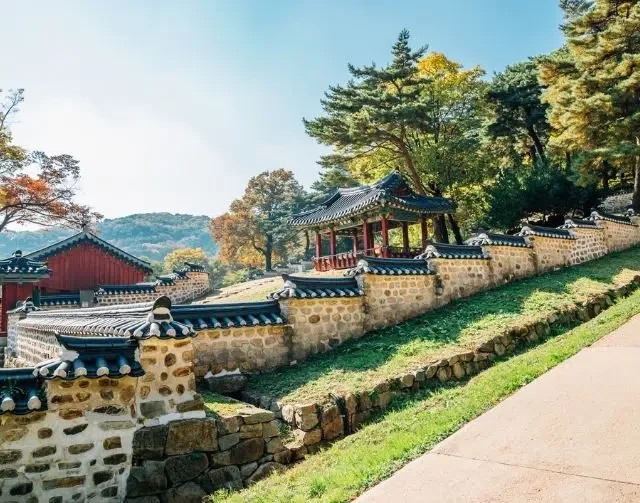
Gwangju, located in South Jeolla Province, is an art and fashion-conscious city known for doing things their own way.
That mindset has existed since the Gwangju Uprising of May 1980, when a push for democracy by the people was savagely crushed by the South Korean military.
However, the people fought back.
As a result, this city now reflects and honors those who bleed for South Korea’s independence.
Today, Gwangju has many popular attractions, including Gwangju National Museum, Gwangju Museum of Art, the May 18th National Cemetery, and the Asia Culture Center (ACC), making it well worth a visit.
What Are Some Popular Tourist Activities in Gwangju?
The gwangju national museum.
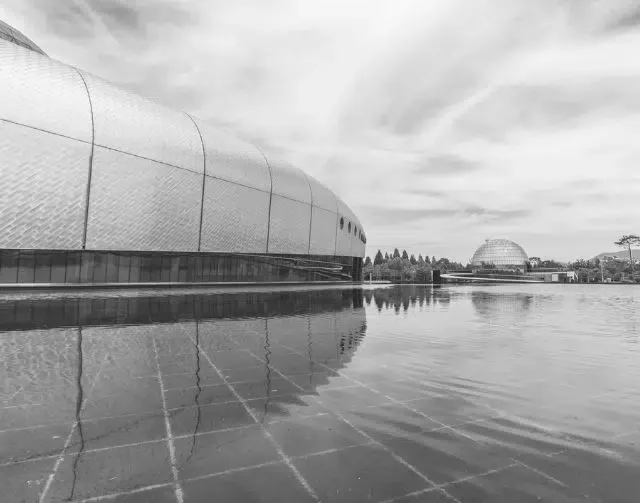
On December 6, 1978, the Gwangju National Museum was opened with the goals of advancing cultural development and fostering patriotism.
The Gwangju National Museum’s mission is to preserve cultural values through the gathering and preservation of historically significant artifacts discovered in the Gwangju and Jeollanam-do regions, as well as to serve the community by conducting ongoing research and providing educational opportunities.
With more than 130,000 objects and a range of educational and hands-on activities, the museum aspires to be a fun cultural destination for both tourists and residents alike.
This destination is also known to have kid-friendly attractions, so your little ones won’t feel bored while you learn more about South Korea’s rich historical past.
Gwangju Museum of Art
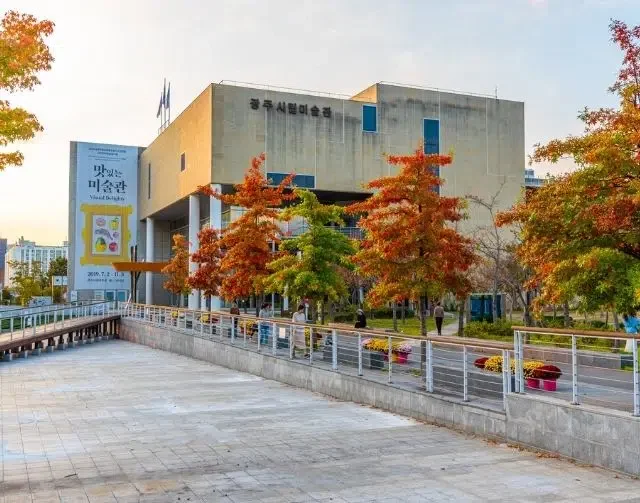
The Gwangju Museum of Art initially opened its doors among public art museums in Korea in 1992 to foster the development of local culture and art.
The main building houses six exhibition rooms, a children’s art museum, a cultural center, a library, a seminar room, an outdoor performance venue, and a cafe.
The May 18th National Cemetery
In Gwangju, the May 18th National Cemetery is a representation of liberty and democracy. Seven buildings, several monuments, and 764 graves of the uprising victims can be found at the cemetery.
The Gwangju revolt was sparked by student demonstrations calling for democracy, which were comparable to but less violent than the Tiananmen Square tragedy.
Unfortunately, the total number of deaths still remains unconfirmed to this day.
The cemetery where the victims had originally been interred is also accessible after a brief stroll through the memorial garden.
If you choose to venture through to this area, remember that it is considered sacred to the local people and respect must be shown.
The Asia Culture Center (ACC)
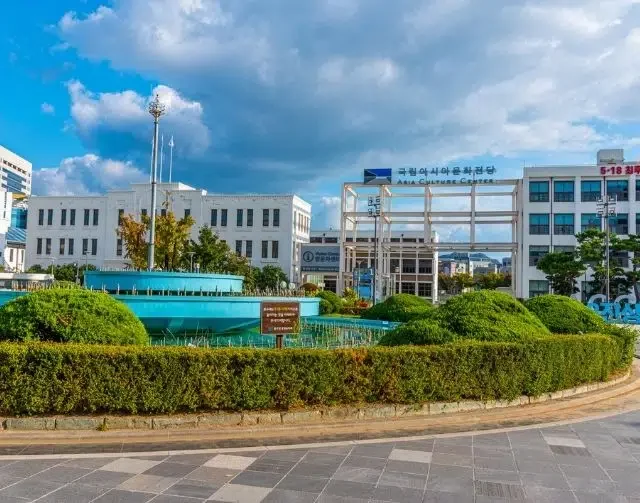
The Asia Culture Center (ACC) is an international art and cultural exchange organization that creates fresh, forward-thinking outcomes by combining Asia’s past and current arts and culture with new innovative ideas and concepts.
Based on the context of artistically sublimating the importance of the May 18th Democratic Movement’s human rights and peace.
The ACC is a Ministry of Culture, Sports, and Tourism affiliated institution established to advance mutual understanding and cooperative growth with various Asian countries through education, exchange, research, and other Asian culture-related efforts.
The Gwangju National Science Museum
In order to promote science, the Gwangju National Science Museum opened its doors to both locals and visitors in 2013.
The museum, which features a spaceship-like exterior, is devoted to science.
Many of the exhibits have interactive components that allow visitors to utilize their imaginations to learn more about their scientific understanding.
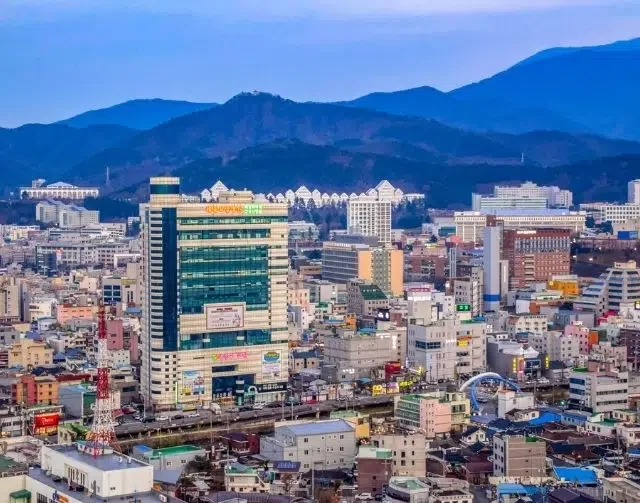
The former location of the Sajikdan Altar, a place of ceremonial prayer for harmony and prosperity during the Three Kingdoms Period, is now home to Sajik Park.
Overall, the park has become a popular place for Gwangju residents to relax.
Beautifully planted with a variety of trees and flower gardens, Sajik Park blooms pink and white with cherry blossoms every year in mid-April.
During this season, the city of Gwangju sets lighting in the trees so that residents and tourists can also enjoy the flowers till late at night.
There are various playgrounds in the park, as well as sculptures of Sin Saimdang, Hwanghakjeong, Yi I, and the Municipal Children’s Library.
Dangun Shrine and the Jongno Library are also located within walking distance.
Daein Market
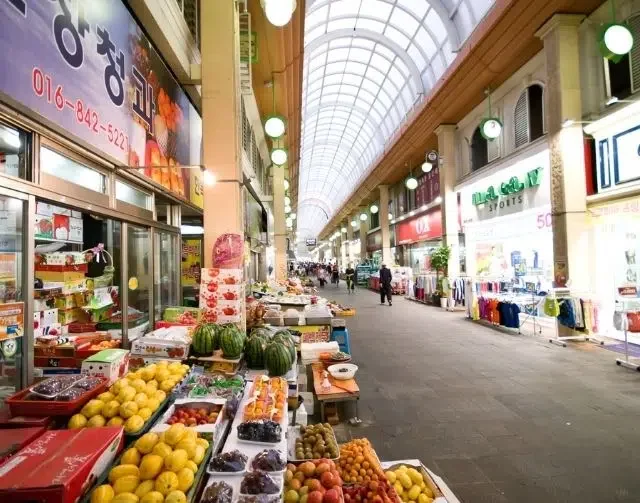
Daein Market in Gwangju is a fantastic illustration of the adjustments that traditional markets have undergone to be relevant in the contemporary day.
The market, which served as the neighborhood hub for all daily necessities before major marts arrived in the mid-1990s, started to lose a lot of its appeal.
Since there was no longer any business, several stores started to close.
Nevertheless, the Gwangju Biennale in 2008 brought about a market recovery.
A distinct art market was developed as a result of the rental of many of the available business premises to hold small art exhibits.
Today, the market still has a strong bond with the art that rescued it, and the traders and artists coexist peacefully and productively.
The market’s weekly night markets, held every Saturday, also generate a lot of attention from the local community.
The Mudeungsan Jeungsimsa Temple
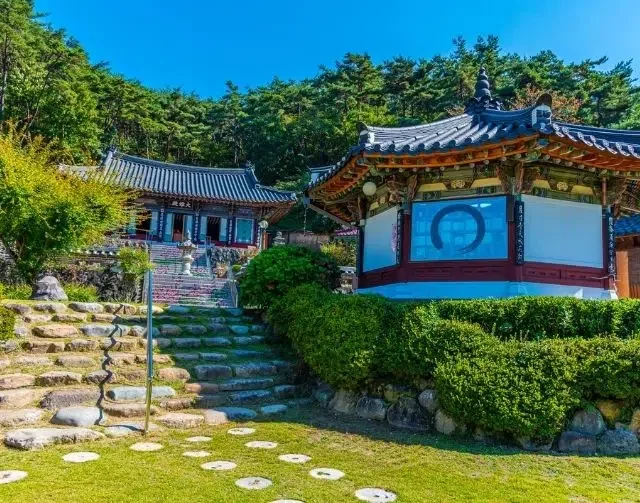
The principal temple of Gwangju is called Jeungsimsa Temple, and it is located in the bottom western parts of Mudeungsan Mountain.
One of the city’s finest and most well-known temples is this one. As a result, visitors from all around the world flock to this temple.
This structure features a single-story roof and sides that are cut perpendicularly, with three parts on the front and three on the sides.
The structure used to have double eaves with ornamentation in the shape of ox tongues, and pillars were built on stylobates stacked with rough stones.
They were destroyed in one of the many fires to take place at the temple.
Gwangju Lake Eco Park
Gwangju Lake is an ecological park made up of numerous themed sections, including a wetland by the lake, a grass relaxation area, a natural observation garden, and an ecological learning field.
The commute for residents is only approximately 30 minutes from downtown Gwangju. Since it was opened in March 2006,
It has served primarily as an area for locals to relax and learn about natural ecosystems.
More than 170,000 wildflowers, including rhododendron, forsythia, rose, rhododendron, and hydrangea, can be seen in the floral region.
Along with the 3000 different tree species, at Lake Eco Park , visitors can also learn about how birds hatch and grow.
Where to Stay in Gwangju?
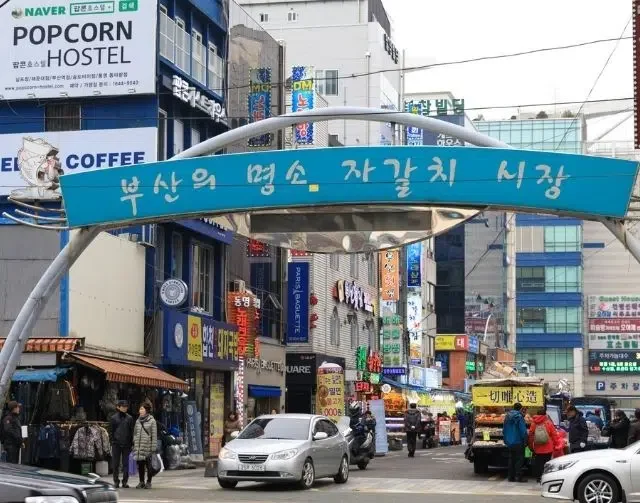
Seo-Gu, which translates to “western district,” is a centrally located neighborhood in Gwangju that serves as the city’s commercial and administrative hub.
The neighborhood has grown significantly in recent years and now compensates for more than just the city’s Downtown.
As a result, Seo-Gu is presently regarded the most popular neighborhood to stay in for many first-time visitors to Gwangju due to its close proximity to transportation and most of the major tourist attractions.
For example, vast retail districts, an apparently infinite number of restaurants, and other modern entertainment alternatives are all available in this area, so prepare a list of things to do ahead of time!
Travelers have long been drawn to the large Buk-gu district in Gwangju’s eastern region for its rich natural beauty, which begins at the slopes of the mountain’s central Mount Mudeungsan.
The gorgeous landscape of Buk-Gu is anchored by towering peaks and broad valleys, making it ideal for a retreat. Several trails also wind through the woods.
The mountains in and surrounding Buk-Gu also include old-world pavilions and shrines, which provide cultural and historical importance to the area.
Consider the kid-friendly Nam-Gu if you’re traveling with children.
The Petka of Nam-Gu, a hidden treasure that will entice you with its tiny and attractive quarters, lush avenues, and stylish residences
It’s located in the southern part of the city and isn’t often the neighborhood of choice for many tourists.
The neighborhood is also home to a few small rivers and rivulets, many of which are accompanied by green areas that provide a rapid change of scenery from the primarily brick-and-mortar Downtown cityscape.
The parks are also the ideal locations for taking evening strolls or even morning strolls to start the day off early.
Nam-Gu is located near the core business center; therefore, it is not totally devoid of activity.
All of the major neighborhood streets are lined with casual cafes and take-out restaurants, which come alive at night.
What is Gwangju Known For?
The gwangju massacre of may 1980.
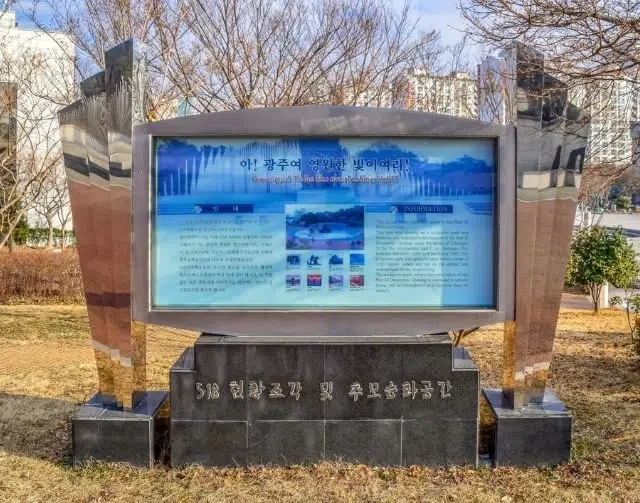
A crucial stage in South Korea’s fight for democracy was the Gwangju Uprising of May 18–27, 1980.
During this massacre, the people of Gwangju participated in a violent resistance against the martial government of Chun Doo-hwa.
Who had taken power in a coup, after protesting teenagers were brutally beaten by soldiers.
Overall, the final death toll of the event is still highly contested, although, most scholarly estimates put it at over 1,000.
Although it would take another seven or more years for South Korea to have its first democratic presidential election, the uproar caused by the episode planted the roots for Chun’s collapse.
Unfortunately, the Chun administration hid and misrepresented the reality of what had occurred in Gwangju from the beginning.
Thus, the South Korean democracy activists who worked diligently and in great personal danger to record what transpired during the revolt and slaughter of May 1980 are largely responsible for the legacy of the Gwangju Uprising.
The Temples of Gwangju
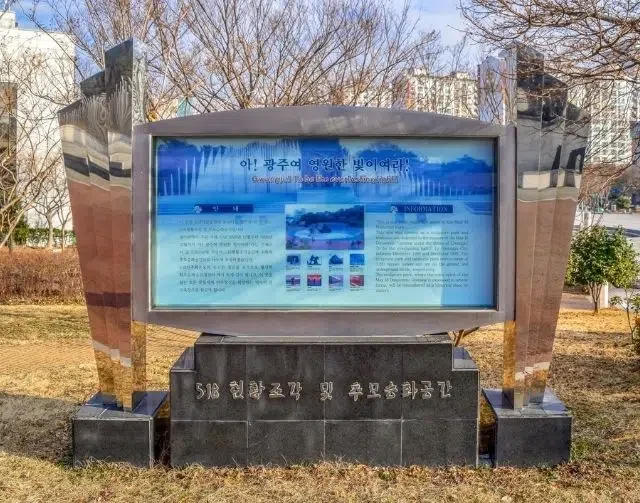
Gwangju is home to a considerable about of beautiful temples and shrines.
The Jeungsimsa Temple is located at the western foothills of Mudeungsan Mountain, and is considered the representative temple of Gwangju.
The temple was constructed in 517 by Buddhist monk Cheolgamseonsa Do Yun and then modified by Buddhist monk Hyesoguksa in 1094 and Kim Bang in 1443.
The temple was also destroyed during the Imjin War and rebuilt in 1609 by three Buddhist monks named Seokgyeong, Sujang, and Dogwang.
It was restored several times again before being destroyed by fire during the Korean War.
Despite the fact that its original form was destroyed during the Korean War.
Jeungsimsa Temple is symbolic of all temples in the Gwangju region owing to its vital role in Korean history and its proximity to the gorgeous Mudeungsan Mountain.
Gwangju Is Considered An Excellent Family-Friendly Destination
Family vacations are one of the best times to bond with your partner and family, so selecting a vacation destination that meets everyone’s requirements is critical.
Fortunately, Gwangju has numerous attractions for amazing family vacations, with a blend of novelty, nostalgia, and delectable Korean cuisine to suit everyone in your family, regardless of your age gap.
Gwangju Lake Eco Park, for example, is a terrific family-friendly day-time activity where the kids can play and explore while the adults can sit back and relax.
Final Thoughts
Gwangju is known for not only its deep-rooted Korean culture , but picturesque landscapes, family-friendly attractions, and, unfortunately, a tragic past.
Although this attractive area is encircled by stunning mountains and is known for its exquisite temples, it wasn’t always this tranquil.
After all, in the 1980s, its citizens shed blood for democracy.
This city today honors and represents those who shed blood for South Korea’s democracy.
Today, Gwangju is home to a number of well-known attractions, including the Asia Culture Center (ACC), Gwangju National Museum, Gwangju Museum of Art, and the May 18th National Cemetery.
Fortunately, Gwangju also offers a wide range of family-friendly activities that will appeal to visitors of all ages.
These attractions combine nostalgia, novelty, and mouthwatering Korean food that you won’t be able to experience anywhere else.
Enjoy the article?
You'll love my daily email! Learn something new about South Korea every single day. It's completely free. <3
About The Author
You May Also Like

10 Best Korean Toners for Dry Skin (2024 Updated)

The 8 Best Korean Essences for Dry Skin (2024 Updated)

24 Best Korean Skincare Brands of All-Time

Is Korean Skincare Cheaper in Korea?

How Long Does It Take for Korean Skincare to Work?
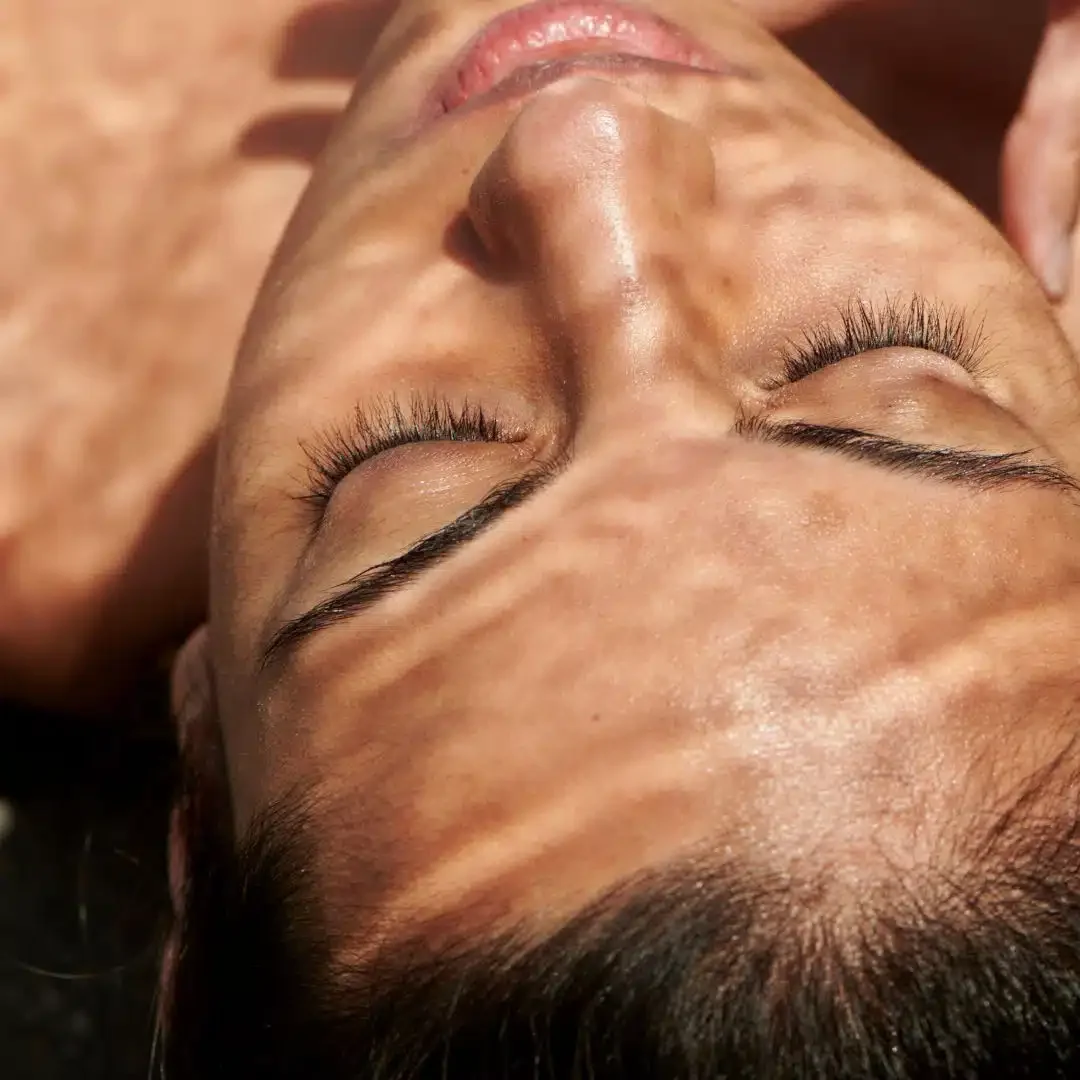
Is Korean Skincare Similar to Japanese?

© 2024 TheKoreanGuide.com | As an Amazon Associate, I earn from qualifying purchases.

Home » Travel Guides » South Korea » 15 Best Things to Do in Gwangju (South Korea)
15 Best Things to Do in Gwangju (South Korea)
In a bowl of mountains in the South Jeolla province, Gwangju is an arty and fashion-conscious city where people are known for doing things their own way.
That spirit applies to the Gwangju Uprising of May 1980, a push for democracy that was brutally suppressed by the military and remains intertwined with the city’s culture.
Since 1995 Gwangju has staged a biennale on even years in the autumn, pushing the city into the gaze of the international art world.
Chungjang-ro is a fashion street to rival anything you’d find in Seoul or Busan, and there’s a feast of culture at the Gwangju National Museum, the Gwangju Museum of Art and the Asia Culture Center, which arrived in 2014.
1. Gwangju National Museum

In a suitably magnificent building, the Gwangju National Museum looks like a traditional palace, and sits at the top of a grand stairway.
These galleries are a repository for artefacts from all over the metropolitan area and South Jeolla province.
You can investigate prehistoric finds going back 66,000 years, and enthralling Bronze Age pieces from Gwangju’s famous dolmen sites.
There are separate spaces for Buddhist art, calligraphy + painting and marvellous celadon and buncheong ceramics.
The Sinan Shipwreck Collection Gallery displays finds from the wreck of a 14th-century Chinese Yuan Dynasty ship, yielding pottery, metalwork, musical instruments, games, cooking and agarwood items.
Head out into the grounds where there’s a dolmen park with five prehistoric monuments, as well as a historic celadon kiln brought here from South Jeolla’s Gangjin-gun and five-storey stone pagoda unearthed during paddy cultivation in Jangun-dong in 1982.
2. Gwangju Museum of Art

Close to the Gwangju National Museum, at Jungoe Park, the Gwangju Museum of Art is home to the Biennale Exhibition Hall and moved into a new main building in 2007. The permanent exhibition, labelled with English descriptions, is large and diverse, taking in Korean and international painting, calligraphy, illustration, drawing, photography, decorative art and new media.
Joseph Beuys is among a roll-call of international artists to have featured in temporary shows, while exhibitions by local artists often deal with the Gwangju’s rather traumatic political history.
There’s a children’s museum here too, with galleries for shorter attention spans, and an experience space for hands-on creativity.
3. May 18th National Cemetery

It seems difficult to believe now, but a generation ago democracy was non-existent in South Korea.
There were no national elections for decades up to 1988, after dictator Park Chung-hee, who took over in a coup in 1961, imposed a new constitution in the early 70s.
Park Chung-hee was assassinated in 1979, sparking a period of turmoil during which time the Gwangju Uprising took place in May 1980, amid calls for democracy.
On 18 May, students from Chonnam University were beaten, shot and raped by an authoritarian government in power following yet another coup.
This event led to ten days of mass violence around Gwangju, quelled by a bloody suppression.
Policemen were even killed by soldiers for releasing protesters, and the death toll is claimed by some to have exceeded 2,000. May 18 became an official memorial day in 1997, and in the same year this national cemetery was laid at the foot of Mount Mudeung.
There’s a monument with two parallel pillars, 40 metres tall, symbolising hope and new life.
You can find out more about the events of May 18 at the memorial hall and there are portraits of those buried at the cemetery at the portrait enshrinement tower.
4. Asia Culture Center (ACC)

Opened in 2014 after 12 years of planning and construction, this modern and airy cultural centre in Gwangsan-dong, Dong-gu stages music and dance performances, contemporary art exhibitions, film screenings, workshops, festivals and a wealth of events dedicated to Gwangju and Asian culture.
The ACC was set up at the site of the South Jeolla Provincial Office, which was central to the events of May 18 1980 and is partially preserved on the north side of the complex.
When we wrote this article in summer 2019 the main exhibition was Ten Days of Butterfly Kaleidoscope, a moving artistic representation of the Gwangju Uprising.
Let’s Be Friends with Books was a lovable collaborative exhibition by author Lee Jihyeon and picture-book artist Bonsoir Lune.
This is all just a small introduction to the centre’s packed programme, and there should be something to pique your interest whenever you come.
5. Sajik Park

Starting in the Three Kingdoms Period, between the 1st and 7th centuries CE, this hill in Gwangju’s south-eastern Yangnim-dong was an important shamanistic site.
Cloaked in century-old woodland you can still see a stone altar platform to the State deities from this time.
There’s also an assortment of modern monuments, including one to the sacrifice of police officers during the Korean War and the Yeosu–Suncheon rebellion of 1948. At the crest of the hill stands an observation tower, put up in 2014. You can walk or catch an elevator to the outdoor platform, while just below there’s a wrap-around information panel labelling all the landmarks you can see on Gwangju’s skyline.
Sajik Park is especially lovely for a short time around mid-April when the cherry trees are in flower.
6. Gwangju National Science Museum (Lucerium)

The Gwangju High-tech Science Industrial Complex in the very north of the city is the setting for the Gwangju National Science Museum.
“Light” is the main theme at this striking metal-clad building completed in 2003 and topped with a glass dome.
Inside, the World of Light is a fun introduction to the properties of light, while the Science and Art zone shows the artistic possibilities of using light as a medium.
In the next hall, Science in Living details the scientific phenomena occurring in our everyday lives, and Challenge for the Future relates the importance of space and Earth’s oceans to the future of mankind.
There’s an indoor playground where preschool children can encounter scientific concepts, an auditorium for lectures and a 3D Theatre for lab experiments and a daily robot dance show.
7. Daein Market

Once Gwangju’s pantry, Daein Market suffered in the 1990s when large shopping marts arrived.
This slump was arrested in 2008 when previously empty stores were turned into little art galleries for the Gwangju Biennale.
Now, across six districts, there are art studios mixed in with all the things you would expect from a busy Korean market, like fish, fresh produce, arts and crafts, toys, homewares, fabrics, fermented foods and a lot more besides.
Street food carts and booths are set up along the market’s network of alleys, and maybe the best time to visit for this is on Saturday nights (until 23:00).
8. Chungjang-ro

The city’s prime shopping and entertainment street was also ground zero for the Gwangju Democratization Movement in May 1980 and so is charged with a certain atmosphere, as well as being one of the best places to go shopping in South Korea.
Come to see what styles the cool kids are rocking, on a street stacked with malls and clothes stores, as well as movie theatres, restaurants, bars, cafes and noraebang karaoke rooms.
Chungjang-ro is mostly pedestrianised, and on the first weekend of October rolls back the years for a festival harking back to life in the city during the 1970s and 80s.
9. Mudeungsan Jeungsimsa Temple

Climbing the western slope of Mount Mudeung you’ll arrive at this Jogye Order Buddhist temple, which has an eventful history beginning in the 6th century, in the time of the Silla Kingdom.
Jeungsimsa Temple has endured a couple of catastrophes in its day, at the hands of the Japanese in the invasions of the late 16th-century, and then during the Korean War.
Restoration work in the 1970s returned the complex to its previous design, as set out by three 17th-century monks: Dogwang, Seokgyeong and Sujang.
Make sure to see the Korean National Treasure (No. 131), a seated Vairocana Buddha cast from iron in the 9th century during Unified Silla.
To experience Jongye Buddhist rituals and traditional Korean culture firsthand you can take part in a templestay programme, lasting for anything from 2-4 hours to four nights.
10. 1913 Songjeong Station Market

Like Daein Market this historic shopping street over the road from Gwangju Songjeong Station had experienced tough times until it was brought back to life as a trendy hangout in 2016. The buildings along the route were given a sharp retro look, and now cafes, pop-up stores and quirky speciality food shops sit among long-established businesses selling groceries and the like.
To illustrate, Hankki Ramyeon for example sells instant noodles from all over the world, and Roh Ji-hyun of Bukakmaeul specialises in slow food snacks like dried sweet potato and seaweed chips.
For tourists 1913 Songjeong Station Market also shines as a place to get comforting street food, most of all on weekend evenings when you can munch on hotteok (hot griddle cakes) and kimchi wrapped in bacon.
11. Gwangju Lake Eco Park

A 30-minute bus ride (187 or 188) from downtown, Gwangju Lake is in a beautiful mountainous crucible north of Mount Mudeung.
The Eco Park is on marshy ground to the lake’s south-eastern shore, and has a long and well-maintained boardwalk over the wetland and open water.
There are inviting grassy areas, wooden observation platforms for bird-spotting and trails leading past 400-year-old willows.
You’ll also find a couple of places to pick up food by the entrance, and a learning centre detailing the lake’s ecology.
Keep your eyes peeled for passerine birds like vinous-throated parrotbills and Japanese tits, and finches like Chinese grosbeaks, bramblings and Eurasian siskins .
12. Soswaewon

A little way down the road from the Gwangju Lake Eco Park is a traditional Korean garden, plotted in the 16th century by a disciple of Jo Gwangjo (1482-1520), who was a Neo-Confucian scholar ordered to drink poison in the Third Literati Purge of 1519 after pursuing radical reforms.
The garden was a response to this death, and Soswaewon’s creator Yang San-bo (1503-1577) wanted it to reflect “anbinnakdo”, the state of being comfortable in poverty and living a life of integrity.
In a peaceful valley and ringed by a mud and stone wall, Soswaewon has two handsome pavilions, Kwangp’unggak and Chewoltang ,as well as a pond and artificial waterfall.
You can cross the valley on a log bridge, and amble in a beautiful bamboo grove and historic woodland of pines, maples, peach trees and zelkovas.
13. Dongmyeong-dong Cafe Street

Another patch of Gwangju that has found a new lease of life, Dongmyeong-dong went through a few lean years after the South Jeolla provincial office moved out in 2005. But recently the Dongmyeong-dong Cafe Street has sprung up to coincide with the nearby Asia Culture Center.
You’ll be lured in by snazzy shopfronts for themed cafes, pubs and restaurants.
For Example, the hip Stoa Urbana is built from repurposed shipping containers, hanging work by local artists and booking live music.
14. Gwangju Family Land

Just right for a family day out if you have younger children, Gwangju Family Land is a mid-sized amusement park towards the top of the northern Buk-gu district.
In 290 acres, fringed by wooded hills and looking over a lake, the park offers a handful of rides and attractions like a Ferris wheel, carousels, a swinging Viking ship and pool area with slides.
Bigger kids will love the rollercoaster, which has two inversions, there’s also an ice rink and a small zoo with tigers, bears, giraffes and elephants.
15. Gwangju Biennale

In the 25 years since its inception, the Gwangju Biennale has elevated the city to a hub for contemporary art in Asia.
The event was founded to channel the spirit of the Gwangju Uprising into a new cultural reference point.
Exhibitions take place at the Biennale Exhibition Hall in Jungoe Park, and for each edition there’s a fresh theme and new curators.
The title of the 12th Biennale in 2018 was “Imagined Borders”, welcoming 153 artists from 41 countries at seven independently curated exhibitions.
Artistic directors for the 13th Biennale in 2020 are Defne Ayas and Natasha Ginwala, promising a dynamic programme of live performance, exhibitions, a publishing platform and various forums juxtaposing artists, scientists and systems thinkers.
15 Best Things to Do in Gwangju (South Korea):
- Gwangju National Museum
- Gwangju Museum of Art
- May 18th National Cemetery
- Asia Culture Center (ACC)
- Gwangju National Science Museum (Lucerium)
- Daein Market
- Chungjang-ro
- Mudeungsan Jeungsimsa Temple
- 1913 Songjeong Station Market
- Gwangju Lake Eco Park
- Dongmyeong-dong Cafe Street
- Gwangju Family Land
- Gwangju Biennale

Gwangju Travel Guide: Top 20 Things to Do in Gwangju, South Korea
Ready for an adventure? Let’s dive into Gwangju, South Korea’s sixth-largest city, tucked away in the southwestern corner of the peninsula. This place is a vibrant blend of rich history, passionate culture, and bustling urban life. Gwangju is not just a city. It’s a living canvas, painted with stories of artistic rebellion, a spirited fight for democracy, and a warm, welcoming community. Whether you’re an art aficionado, a history buff, or a foodie at heart, Gwangju has something special in store for you. Let’s unpack what makes Gwangju a must-visit for anyone looking to explore the depth and diversity of South Korea.
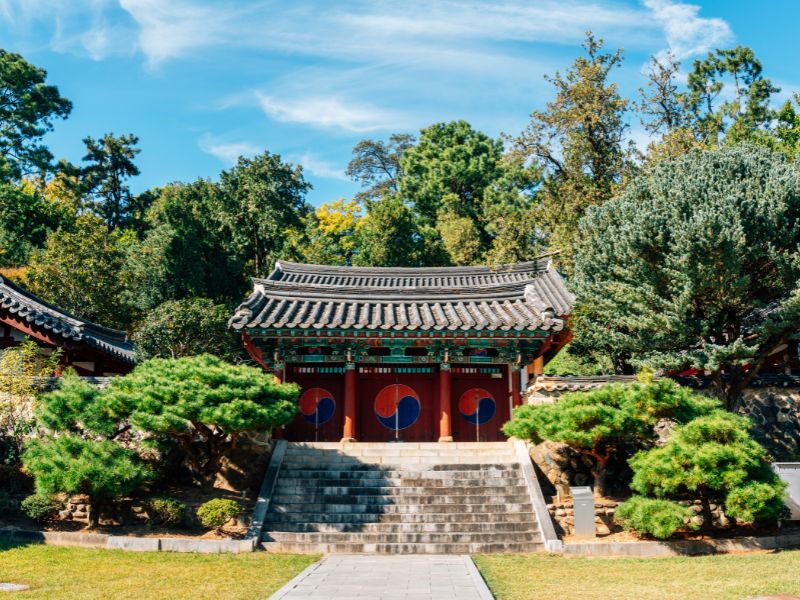
A Beacon of Art and Culture
Creative Souls Unite : Gwangju is famously known as the city of light, but it’s also a city of art. Home to the esteemed Gwangju Biennale, this city buzzes with creative energy, from cutting-edge galleries to vibrant street art that tells stories of hope and resilience.
A Storied Past
The Spirit of May : The May 18th National Cemetery and the Gwangju Uprising Memorial Hall stand as solemn reminders of the city’s fight for democracy in 1980. These historical sites offer a deep dive into a pivotal moment in South Korea’s modern history, honoring the spirit and sacrifices of the Gwangju citizens.
Culinary Delights
A Taste of Gwangju : Get ready to tantalize your taste buds with Gwangju’s unique culinary offerings. Known for its delicious and diverse street food, the city is particularly famous for its Korean-style pancakes (jeon) and the savory delight that is Gwangju kimchi. Don’t miss exploring the Yangdong Market for an authentic taste of local life.
Green Escapes
Urban Oasis : Amidst its urban landscape, Gwangju boasts beautiful green spaces like the Mudeungsan National Park. Here, hiking enthusiasts can explore ancient temples nestled in the mountains, serene walking trails, and breathtaking vistas that showcase the natural beauty surrounding the city.
Gwangju Nightlife
When the Sun Goes Down : The city comes alive at night with its bustling markets, chic cafes, and lively bars and clubs. The neighborhood around Chonnam National University is a hotspot for those looking to experience the vibrant youth culture and energy of Gwangju after dark.
So, pack your bags (and maybe an appetite for adventure), and get ready to immerse yourself in the unique charm that is Gwangju.

Gwangju City Guide: A Brief History Of Gwangju, South Korea
Gwangju is a city with a story that resonates deeply within the soul of every Korean. It’s a narrative of art, struggle, and transformation that has propelled Gwangju from its historical roots into a bustling hub of culture and democracy. Let’s take a stroll down memory lane and uncover the layers of history that define Gwangju.
Ancient Beginnings and Royal Ambitions
Roots in the Goryeo and Joseon Dynasties : Gwangju’s journey begins in the mists of Korea’s ancient history, with its strategic importance coming to light during the Goryeo and Joseon dynasties. It was a place of scholars, artists, and royals, contributing significantly to the cultural and political landscape of historical Korea.
The Cradle of Democracy
The May 18 Democratic Uprising : The most pivotal chapter in Gwangju’s history unfolded in May 1980, when the city became the epicenter of a pro-democracy uprising. Citizens took to the streets in a brave stand against martial law, an event that would forever mark Gwangju as a symbol of resilience and the fight for democratic freedom in South Korea.
Cultural Renaissance
Artistic Awakening : In the wake of its tumultuous past, Gwangju emerged as a vibrant beacon of art and culture. The city’s streets, galleries, and festivals—like the Gwangju Biennale—reflect a commitment to freedom of expression and the healing power of art. Gwangju’s culture is a testament to its citizens’ strength and creativity.
Gwangju Today: A City of Progress and Peace
From Ashes to Action : Today, Gwangju stands as a dynamic city that honors its past while boldly facing the future. It’s a place where history is remembered, not just in museums and memorials but in the spirit of its people—forward-thinking, resilient, and ever welcoming.
Gwangju’s Gastronomic Heritage
A Feast of Flavors : Beyond its historical and cultural significance, Gwangju is also known for its rich culinary traditions, from the famous Gwangju kimchi to the bustling food markets that offer a taste of the region’s bounty. The city’s food scene is a delicious reflection of its history—diverse, vibrant, and deeply rooted in the land.
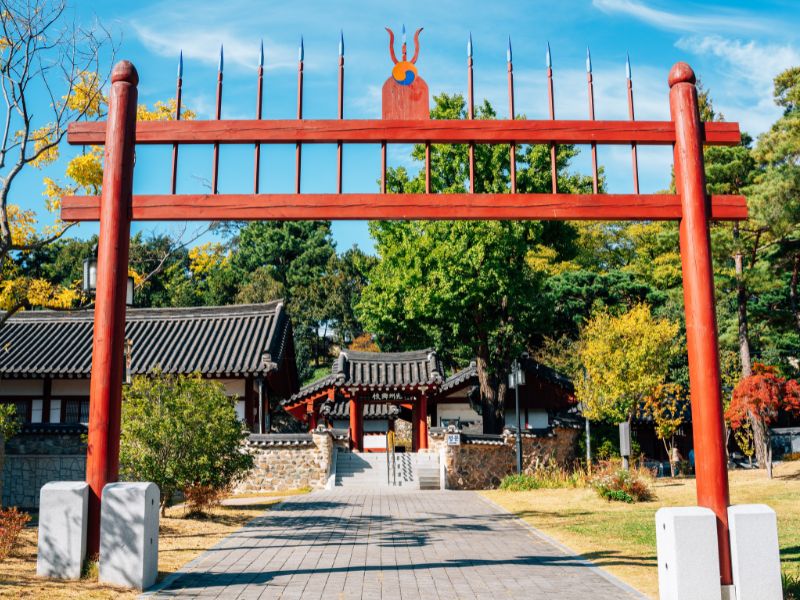
Gwangju Top Attractions and Best Places to Visit in South Korea
While South Korea is now one of the world’s leading democracies, it wasn’t always so free. Before its democratization, the country was under the control of authoritarian leader President Park Chung-hee for 18 years. After his assassination in 1979, the military seized power.
Pro-democracy activists began agitating for elections, a free press, and a minimum wage shortly after that. The opposition was most vigorous in South Jeolla province, whom Park Chung-hee neglected during his reign.
As demonstrations raged against the military junta in May 1980, the strongest happened in Gwangju. Students gathered at the gates of Chonnam National University in defiance of its closure. After a confrontation with soldiers, protests grew to 2,000 people later that day. Civilian protesters overcame the core of Gwangju – this led soldiers to escalate to lethal force.
A 29-year-old deaf man was the first victim, as soldiers beat him to death with clubs. The next day, soldiers bayoneted and opened fire on protesters. This provocation only made things worse – a local TV station was set ablaze, and militants raided armouries. Soon after, hastily-formed civilian militias managed to push the military out of the core.
A few days later, though, reinforcements arrived, which included helicopter gunships. It was a slaughter – while the official death toll was under 200, other estimates put it between 1,000-2,000 souls.
Important History
The remains of these freedom fighters were laid to rest within the May 18th National Cemetery . It consists of several highlights – the graves, the memorial hall, and the May 18th Memorial Monument. The graves are simply kept mounds with headstones, the memorial hall contains photos of many victims of the Gwangju Uprising, and the May 18th Memorial Monument consists of a pair of pillars that stand 130 feet tall. It is a sombre place, so dress respectfully and mind your behaviour – many victim’s relatives are still alive.
Those wanting to include a Buddhist hall of worship in their Gwangju sightseeing will want to check out Jeungsimsa Temple . Located on the slopes of Mount Mudeungsan, be sure to visit this peaceful place during the fall. The reds, oranges, and yellows of its surrounding foliage make for excellent photos during this season.
As for the temple itself, it is an active retreat for monks. As you admire its wood carvings, Buddha statues, and other highlights, make time for a chat.
Get a feel for how life once was by stopping by the Gwangju Folk Museum . Over two floors, this institution showcases things like food, clothing, handicrafts, and various customs from the past. Dioramas chronicle daily scenes from life centuries ago, while video presentations show off nine relics of South Jeolla’s culture.
While in Gwangju, learn more about Asian culture by visiting the Asia Culture Center . In this modern hall, you’ll find visual displays and video presentations on cultures spanning the entirety of Asia. However, try to take in a stage show, as they do a great job representing this continent’s diverse cultures.
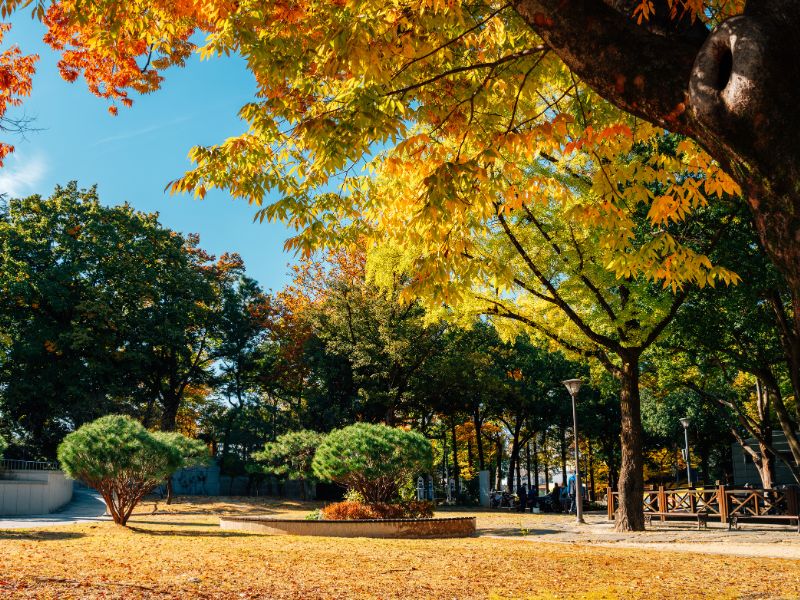
Other Cultural Attractions: Trip to Gwangju, Korea
Gwangju is a city defined by not just by culture and nature , but by tragedy as well. While it is home to temples and surrounded by beautiful mountains , its people bled for democracy in the 1980s. In 1980, thousands were said to have perished as the army quashed the rebellion.
Ultimately, this heavy-handed response spelt doom for the military government, as free elections followed just years later. If you want to understand how South Korea became a prosperous democracy, visiting Gwangju is a must.
Nature lovers will want to spend at least one day exploring Mudeungsan National Park . It protects Mount Mudeungsan, the peak from which it takes its name. Despite rising 1,100 metres above the surrounding landscape, it is a relatively easy mountain to climb . Try to scale it during the week, as everybody and their dog comes here from Gwangju on weekends.
More Attractions
Even so, those who choose not to scale this peak will still have plenty to do. The Gwangju National Museum is one such attraction, as it contains artifacts from surrounding provinces.
As South Korea developed over the past generation, older-style neighbourhoods have emptied. In Gwangju, authorities have redeveloped one of them into an attraction known as Yangnim-dong Penguin Village .
Everywhere you look its buildings have been decked out in a variety of penguin murals. With Instagram moments aplenty, you’ll be in heaven if you love snapping selfies.
Get a taste of local life by strolling through the stalls of 1913 Songjeong Station Market . Built in 1913, it retains much of its old charm while mixing in modern elements. Come here for the food – from hoddeok to fish cakes, you’ll find the best meals of Gwangju here.
After a long day spent explore Gwangju, spend time relaxing at Pungam Reservoir . Initially built for agricultural purposes, officials redeveloped it into a park in 1999. Surrounded by trees, pavilions, and parkland, it is the perfect place to exercise or watch the world go by.
Top 20 Things To Do in Gwangju, Korea For Visitors
Here are the top 20 things to do in Gwangju:
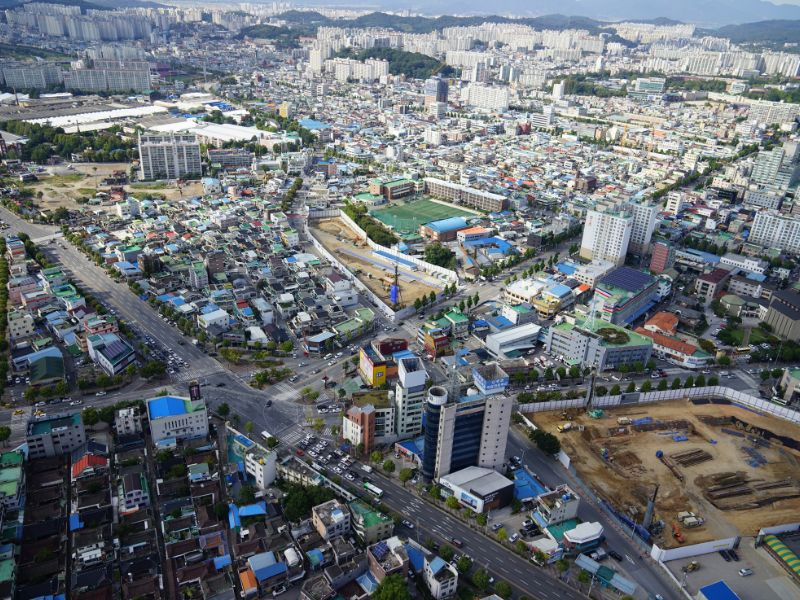
1. Visit the Gwangju National Museum
The Gwangju National Museum is dedicated to preserving and showcasing the traditional culture and history of the Jeolla region. It features a wide range of artifacts, from prehistoric times to the Joseon Dynasty, including ceramics, paintings, and sculptures. The museum also hosts special exhibitions and cultural events throughout the year. It’s a great place to learn about the rich cultural heritage of Gwangju and its surrounding areas.
2. Explore Gwangju Biennale Exhibition Hall
The Gwangju Biennale is a contemporary art exhibition that takes place every two years, attracting artists and art lovers from around the world. The Biennale Exhibition Hall hosts this major event, showcasing a diverse range of contemporary art pieces, including installations, paintings, and multimedia works. It’s a must-visit for those interested in modern art trends and international cultural exchange. The venue also holds various art-related events, workshops, and lectures throughout the year.
3. Wander Around 5.18 Memorial Park
5.18 Memorial Park is a poignant site commemorating the May 18 Democratic Uprising against the military government in 1980. The park contains memorials, sculptures, and exhibition halls that honor the victims and educate visitors about the event’s significance in South Korea’s struggle for democracy. It’s a place of reflection and learning, set within a peaceful green space. The park also hosts cultural and commemorative events, especially in May.
4. Enjoy the Scenery at Mudeungsan National Park
Mudeungsan National Park, known for its stunning mountain landscapes, is perfect for hiking and outdoor activities. The park offers trails of varying difficulty levels, leading to beautiful waterfalls, ancient temples, and scenic viewpoints. It’s a favorite among locals and tourists for picnics, mountain climbing, and exploring nature. The park’s highlights include the famous Jeungsimsa Temple and the peak of Mudeungsan Mountain, offering panoramic views of the city.
5. Experience Traditional Korean Culture at Gwangju Folk Museum
Gwangju Folk Museum provides insights into the traditional lifestyles, customs, and history of the Korean people in the Jeolla region. The museum features exhibits on traditional Korean houses, clothing, tools, and ceremonies, offering a glimpse into the daily lives of Koreans in the past. It’s an educational visit that allows guests to experience Korea’s rich folk heritage. The museum also organizes cultural experiences and craft workshops for visitors.
6. Discover Art at Gwangju Museum of Art
The Gwangju Museum of Art showcases contemporary Korean and international art, with a focus on works by local artists from Gwangju and the surrounding areas. The museum’s collections include paintings, sculptures, and multimedia art pieces. It serves as a cultural hub for the city, hosting various art exhibitions, workshops, and educational programs. The museum’s modern architecture and peaceful surroundings make it a pleasant place for art lovers to explore.
7. Shop and Eat at Yangdong Market
Yangdong Market is Gwangju’s oldest traditional market, offering a vibrant atmosphere where visitors can shop for local produce, clothing, and handmade goods. The market is also famous for its food stalls, serving delicious Korean street food and traditional dishes. It’s an excellent place to experience the local culture, try authentic Korean flavors, and interact with friendly vendors. The market comes alive at night, making it a perfect spot for evening outings.
8. Take a Leisurely Walk at Uchi Park
Uchi Park is a beautiful green oasis in the city, offering walking paths, a lake, and sports facilities. It’s a popular spot for jogging, cycling, and family picnics. The park also features an outdoor amphitheater where concerts and events are held. It’s a peaceful retreat for those looking to escape the urban hustle and enjoy nature.
9. Visit the Gwangju World Cup Stadium
The Gwangju World Cup Stadium, built for the 2002 FIFA World Cup, is an architectural marvel and a must-visit for sports enthusiasts. The stadium hosts football matches, including games of the local team, as well as concerts and events. Visitors can take a tour of the stadium to learn about its history and architecture. The area around the stadium includes parks and recreational facilities.
10. Learn at the Gwangju Science Center
The Gwangju Science Center is an interactive museum that makes science fun and accessible for all ages. It features hands-on exhibits, a planetarium, and science shows designed to educate and entertain. The center is especially popular with families, offering a variety of educational programs and workshops. It’s a great place to spark curiosity and learn about science and technology.
11. Enjoy the Views from Sajik Tower
Sajik Tower, located on a hill overlooking the city, offers panoramic views of Gwangju and its surroundings. The tower is a popular spot for photography, especially during sunset. Visitors can climb the tower for free and enjoy the scenic vistas. The surrounding park is also a nice place for a leisurely stroll.
12. Experience Nightlife at Chungjangno Street
Chungjangno Street is the heart of Gwangju’s nightlife and shopping district, lined with shops, restaurants, bars, and clubs. It’s a bustling area where locals and tourists gather to enjoy the vibrant atmosphere, live music, and delicious food. The street is particularly lively at night, offering a glimpse into the city’s modern urban culture. It’s also a great place to find trendy fashion and unique souvenirs.
13. Relax at Pungam Reservoir
Pungam Reservoir is a peaceful spot ideal for walking, cycling, and enjoying the natural scenery. The area around the reservoir features well-maintained paths, picnic spots, and art installations. It’s a favorite among locals for morning jogs and evening walks. The reservoir also hosts the Gwangju Lake Music Festival, combining outdoor activities with live performances.
14. Admire the Gwangju Hyanggyo Confucian School
The Gwangju Hyanggyo is a traditional Confucian school dating back to the Joseon Dynasty, offering a glimpse into Korea’s educational past. The school features ancient architecture, a tranquil courtyard, and educational exhibits. It’s a cultural heritage site that provides insights into Confucian teachings and practices. Visitors can enjoy the serene atmosphere and learn about Korea’s historical approach to education.
15. Explore the Kimdaejung Convention Center
Named after the former South Korean President Kim Dae-jung, the Kimdaejung Convention Center is a modern facility hosting international conferences, exhibitions, and cultural events. The center’s architecture is impressive, and it serves as a symbol of Gwangju’s role as a hub for international exchange. Visitors can attend various events or explore the public spaces and art installations within the center. It’s a focal point for business and culture in the city.
16. Taste Local Cuisine at Songjeong Market
Songjeong Market is known for its traditional Korean foods and ingredients, making it an ideal place for foodies to explore. Visitors can sample local specialties like tteokbokki (spicy rice cakes), kimbap (Korean sushi rolls), and freshly made tofu. The market retains a charming old-school atmosphere, with vendors selling a variety of goods. It’s an authentic experience that offers a taste of Gwangju’s culinary diversity.
17. Walk Along the Gwangjuho Lake Eco Park
Gwangjuho Lake Eco Park surrounds a beautiful artificial lake, offering paths for walking and cycling, as well as areas for picnics and leisure activities. The park is designed to protect the local ecosystem while providing recreational space for visitors. It’s an excellent spot for bird watching and enjoying the peaceful natural environment. The Eco Park also features art installations and sculptures, adding a cultural dimension to the natural beauty.
18. Visit the Asian Culture Center
The Asian Culture Center is a cultural complex promoting Asian arts and culture through exhibitions, performances, and educational programs. The center includes theaters, galleries, and libraries, aiming to foster cultural exchange and understanding. It’s an architectural landmark that hosts a wide range of cultural events, from film festivals to art exhibitions. The center is a testament to Gwangju’s commitment to cultural diversity and international cooperation.
19. Enjoy Water Sports at Wonhyo Reservoir
Wonhyo Reservoir, located just outside Gwangju, is a popular spot for water sports and outdoor activities. Visitors can rent kayaks, paddleboards, and boats to explore the tranquil waters. The reservoir is surrounded by lush greenery, making it a picturesque location for a day out. It’s a refreshing escape from the city, offering opportunities for adventure and relaxation.
20. Participate in the Gwangju Kimchi Festival
The Gwangju Kimchi Festival celebrates Korea’s most famous dish, offering visitors a chance to learn about the art of kimchi making. The festival includes workshops, cooking competitions, and tastings of various kimchi styles. It’s a culinary event that highlights the importance of kimchi in Korean culture and cuisine. Visitors can also enjoy cultural performances and traditional games, making it a fun and educational experience for all ages.
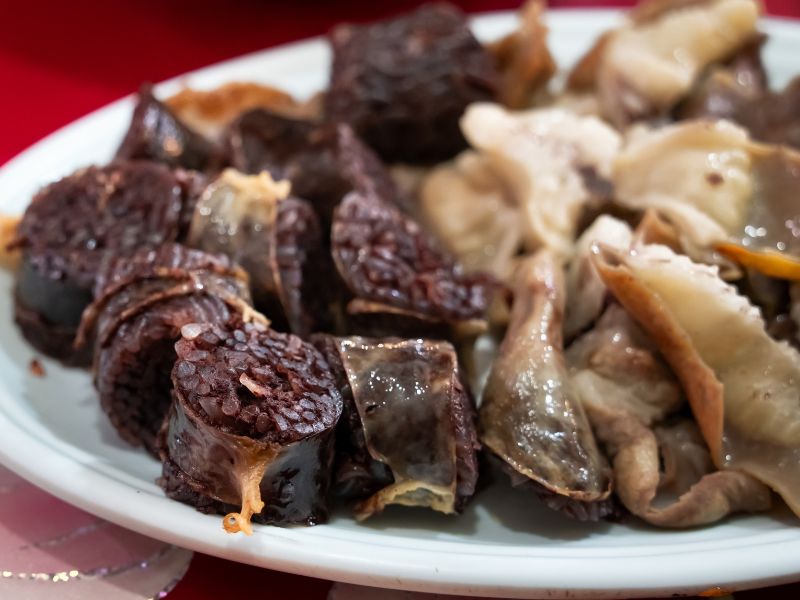
What To Eat and Drink at Restaurants in Gwangju, South Korea
Here’s a taste of what Gwangju has on the menu, from traditional Korean dishes to local specialties and modern delights.
Traditional Delights
1. Gwangju Kimchi : Renowned for its depth of flavor, Gwangju kimchi is a must-try. This fermented delight, made with a unique blend of spices and fresh local produce, is a staple at every meal.
2. Tteokgalbi : These grilled short rib patties, marinated in a sweet and savory sauce, are a Gwangju specialty. Tteokgalbi’s tender texture and rich flavor make it a favorite among locals and visitors alike.
3. Boribap : A healthy and satisfying meal, boribap consists of barley rice served with a variety of seasoned vegetables and a spicy gochujang (chili paste) sauce. It’s a simple dish that’s packed with flavor and nutrition.
Street Food and Snacks
4. Sundae (Korean Blood Sausage) : Gwangju’s version of this popular street food is known for its rich flavor and chewy texture. Sundae is often served with liver, lungs, and other offal, along with salted shrimp sauce for dipping.
5. Chueotang (Mudfish Soup) : This hearty soup, made with ground mudfish, vegetables, and a rich, spicy broth, is believed to have numerous health benefits. It’s a comfort food that warms you from the inside out.
Modern Twists and International Flavors
6. Gwangju Cafe Culture : The city’s vibrant cafe scene offers everything from traditional Korean teas to artisanal coffee and modern desserts. Don’t miss trying a cup of locally sourced coffee or a slice of inventive cake in one of Gwangju’s trendy cafes.
7. Fusion Cuisine : Reflecting Gwangju’s cosmopolitan vibe, many restaurants and eateries offer creative fusion dishes that blend Korean flavors with international culinary techniques. From Korean-style tacos to kimchi burgers, the options are endless and exciting.
Local Brews and Beverages
8. Makgeolli : This milky, slightly sweet rice wine is a traditional Korean alcohol that pairs perfectly with Gwangju’s spicy and savory dishes. Enjoy it in a traditional Korean restaurant or a makgeolli bar for the full experience.
9. Soju and Bokbunja : No meal in Gwangju is complete without a shot of soju, Korea’s most popular spirit. For something a little different, try bokbunja, a sweet wine made from local black raspberries.
Sweet Treats
10. Hwangnam Bread : A Gwangju favorite, this small pastry is filled with sweet red bean paste and has a soft, chewy texture. It’s perfect as a snack or a light dessert.
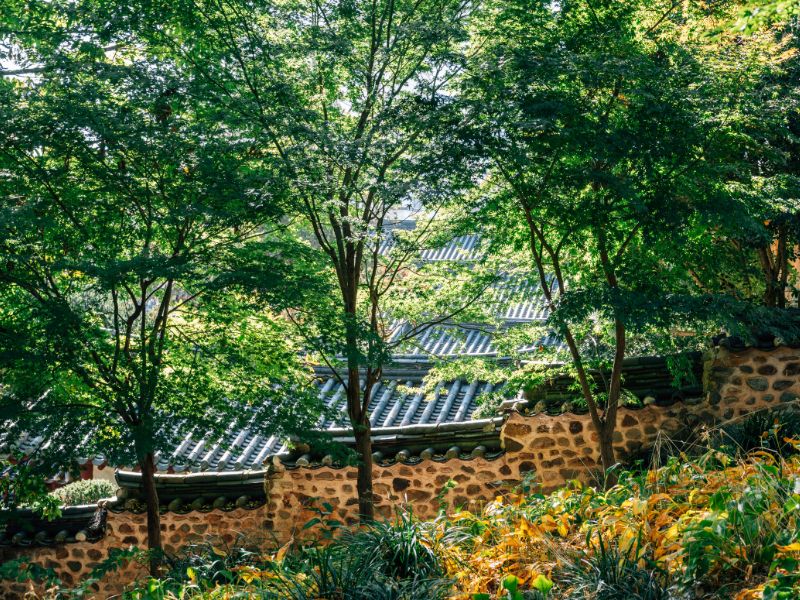
Tours For Visitors To Gwangju, South Korea
Here’s a selection of tours that will make your visit to Gwangju unforgettable:
1. Historical Tours of the May 18th National Cemetery
Explore the solemn grounds of the May 18th National Cemetery, where heroes of the Gwangju Uprising are memorialized. This guided tour provides insights into the events of May 1980, offering a profound look at Gwangju’s fight for democracy and human rights.
2. Gwangju Biennale and Contemporary Art Tours
Dive into Gwangju’s renowned art scene with a tour of the Gwangju Biennale and other contemporary art galleries. These tours highlight the city’s role as a hub for modern art in Korea, featuring both established and emerging artists.
3. Culinary Tours of Gwangju’s Markets
Indulge in the flavors of Gwangju with a culinary tour through its bustling markets, such as Yangdong Market. Sample local specialties, learn about traditional Korean foods, and even try your hand at making some dishes under the guidance of local chefs.
4. Gwangju Urban Culture Walk
Discover the vibrant streets of Gwangju on an urban culture walk that takes you through historic neighborhoods, modern murals, and hidden gems. This tour is perfect for those looking to experience the city’s youthful energy and artistic vibe.
5. Mudeungsan National Park Hiking Tours
For nature enthusiasts, guided hiking tours of Mudeungsan National Park reveal breathtaking vistas, ancient temples, and serene natural beauty. These tours cater to various fitness levels, ensuring everyone can enjoy the park’s splendor.
6. Gwangju Night Market and Street Food Tours
Experience Gwangju after dark with a tour of its night markets. Savor street food favorites, discover new tastes, and enjoy the lively atmosphere that makes Gwangju’s culinary scene truly unique.
7. K-Pop and Youth Culture Experience
Immerse yourself in the world of K-Pop and contemporary Korean youth culture with a tour focused on music, fashion, and entertainment. This is a great way to understand the trends and passions driving Korea’s younger generations.
8. Traditional Korean Tea Ceremony Experience
Participate in a traditional Korean tea ceremony, where you’ll learn about the art and etiquette of tea preparation and service. This tranquil experience offers a glimpse into Korea’s rich cultural heritage.
9. Gwangju Craft Brewery Tour
Explore Gwangju’s emerging craft beer scene with a tour of local breweries. Taste a variety of brews, learn about the brewing process, and meet the people behind the craft.
10. Architectural and Design Tour of Gwangju
For architecture and design enthusiasts, Gwangju offers tours highlighting its modern architecture, urban design, and public art installations. Discover how the city’s design reflects its history, culture, and vision for the future.
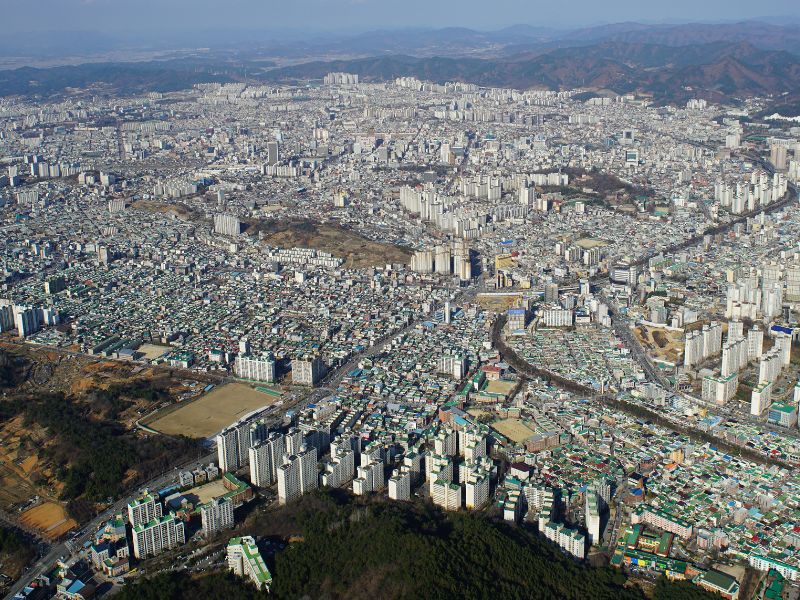
Gwangju Accommodations Guide: Hotels, Guesthouses and Hostels
Here’s a guide to help you find your perfect stay in this vibrant South Korean city.
Luxury Hotels
1. Ramada Plaza Gwangju : Offering top-notch amenities and services, the Ramada Plaza is perfect for those seeking comfort and luxury. With its spacious rooms, indoor pool, and on-site dining options, it provides a pampering experience.
2. Holiday Inn Gwangju : Known for its modern rooms and excellent customer service, the Holiday Inn is conveniently located near the Gwangju Airport and Kimdaejung Convention Center, making it ideal for business and leisure travelers alike.
Mid-Range Hotels
3. ACC Design Hotel : This boutique hotel, located near the Asia Culture Center, offers uniquely designed rooms and a rooftop terrace. It’s a great choice for travelers interested in exploring Gwangju’s artistic side.
4. U-Square Hotel : Situated close to the Gwangju Bus Terminal, U-Square Hotel provides easy access to public transportation, comfortable accommodations, and all the essential amenities at a reasonable price.
Budget Accommodations
5. Pedro’s House : A cozy and friendly guesthouse that’s perfect for backpackers and solo travelers. With a communal kitchen, lounge area, and both dormitory and private room options, it’s a great place to meet fellow travelers.
6. Gwangju Guesthouse : Offering a homey atmosphere and warm hospitality, Gwangju Guesthouse is located in the heart of the city, close to many attractions and dining options.
7. Namdo Hostel : This clean and comfortable hostel provides affordable dormitory-style accommodations, a shared kitchen, and a common area for guests to relax and socialize.
8. May Guesthouse : Popular among young travelers, May Guesthouse features both dormitory rooms and private rooms, a cozy lounge, and a friendly vibe, making it an excellent base for exploring Gwangju.
Specialty Accommodations
9. Lake Hills Gwangju Hotel : Nestled near Mudeungsan National Park, this hotel offers stunning views, making it perfect for nature lovers looking to escape the city’s hustle and bustle.
10. Mudeung Park Hotel : Located at the base of Mudeungsan Mountain, this hotel combines convenience with scenic beauty, providing guests with a peaceful retreat after a day of exploring.
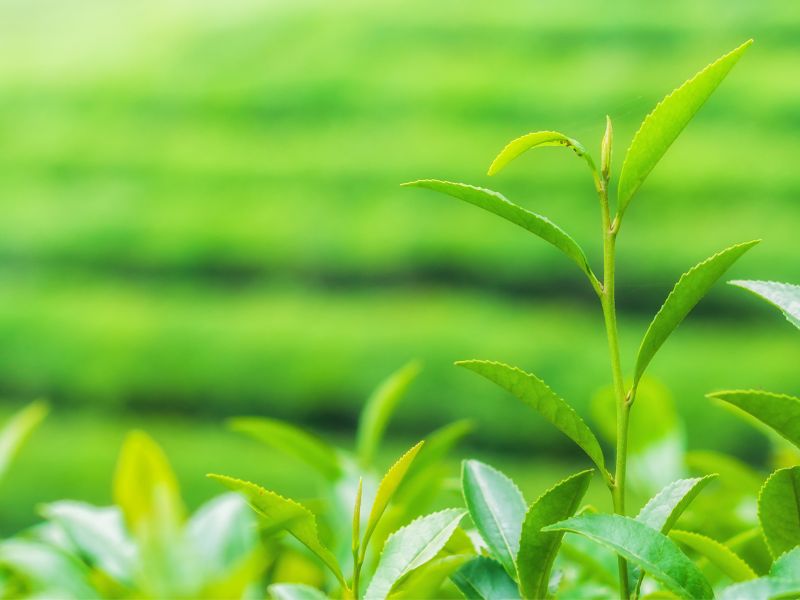
Day Trips From Gwangju, South Korea
Here’s a list of day trips that promise to make your stay in Gwangju even more memorable.
1. Boseong Green Tea Fields
Just a short journey from Gwangju, the Boseong Green Tea Fields offer a picturesque landscape that feels like stepping into a vibrant painting. Walk among rows of meticulously maintained tea bushes, and learn about the tea-making process at the Daehan Dawon Tea Plantation. Don’t forget to sample some of the finest green tea and green tea-flavored delicacies. The area is especially beautiful in May when the tea leaves are lush and green.
2. Suncheon Bay Wetland Reserve
Explore one of South Korea’s natural wonders at the Suncheon Bay Wetland Reserve, renowned for its reed fields and migratory bird populations. Take a walk along the eco-friendly boardwalks to observe the area’s diverse ecosystem up close. The Suncheon Bay Garden is also nearby, offering beautifully themed gardens from around the world. Sunsets here are spectacular, casting a golden glow over the landscape.
3. Damyang Bamboo Forest (Juknokwon)
Immerse yourself in the tranquil beauty of the Damyang Bamboo Forest, where pathways lead you through towering bamboo groves. This peaceful escape also features traditional pavilions and a pond, making it a perfect spot for relaxation. Nearby, you can visit the Damyang Slow City to experience a slower pace of life and traditional Korean culture. The area is also famous for its bamboo shoots, used in various local dishes.
4. Mudeungsan National Park
A short drive from Gwangju, Mudeungsan National Park is a haven for hikers and nature lovers, offering trails that lead to stunning vistas, ancient temples, and unusual rock formations. The park’s highlight is the Jeungsimsa Temple, set against the backdrop of majestic mountain scenery. Hiking to the top of Mudeungsan Mountain rewards adventurers with breathtaking views of the surrounding landscape. The park is beautiful year-round, with each season offering a different experience.
5. Hwasun Dolmen Site
Discover one of the largest collections of dolmens (megalithic tombs) at the Hwasun Dolmen Site, a UNESCO World Heritage Site. This archaeological wonder provides insights into the prehistoric culture of the Korean Peninsula. The site is set in a picturesque landscape, making it a great spot for both history buffs and nature enthusiasts. It’s a quiet, contemplative place that takes you back thousands of years.
6. Nagan Folk Village
Step back in time at the Nagan Folk Village, where you can explore well-preserved thatched-roof houses and experience traditional Korean village life. The village often hosts cultural events and workshops, from pottery making to traditional music performances. It’s surrounded by fortress walls, offering lovely views of the surrounding countryside. Local specialties, such as the Nagan black bean noodles, are a must-try.
7. Jeonju Hanok Village
Experience the charm of traditional Korean architecture at Jeonju Hanok Village, a couple of hours from Gwangju. With over 800 traditional Korean “hanok” houses, this village is a cultural hub, offering workshops, traditional tea houses, and artisan shops. Don’t miss trying Jeonju’s famous bibimbap, considered the best in Korea. The village also boasts beautiful murals and street art, adding a modern twist to its historical ambiance.
The coastal city of Yeosu offers stunning ocean views, historical attractions, and delicious seafood. Highlights include the Yeosu Expo Ocean Park, with its impressive Big-O show, and the romantic Jasan Park and Odongdo Island. Yeosu’s cable car provides panoramic views of the coastline and city. The night market is a great place to indulge in local street food and fresh seafood dishes.
9. Gochang Dolmen Site
Another UNESCO World Heritage Site, the Gochang Dolmen Site features a fascinating array of prehistoric dolmens. The site offers a unique window into Korea’s Bronze Age and is set against a scenic rural backdrop. Walking paths allow for easy exploration of the area. Combine your visit with a trip to the nearby Gochang fortress for a full day of history and nature.
Explore the beautiful island of Wando, known for its pristine beaches, clear waters, and abundant seafood. Wando’s Seomjingang River is perfect for leisurely boat rides and fishing. Visit the Wando Tower for panoramic views of the island and its surrounding archipelago. The island also hosts the Wando Seaweeds Expo, celebrating its rich marine harvest.
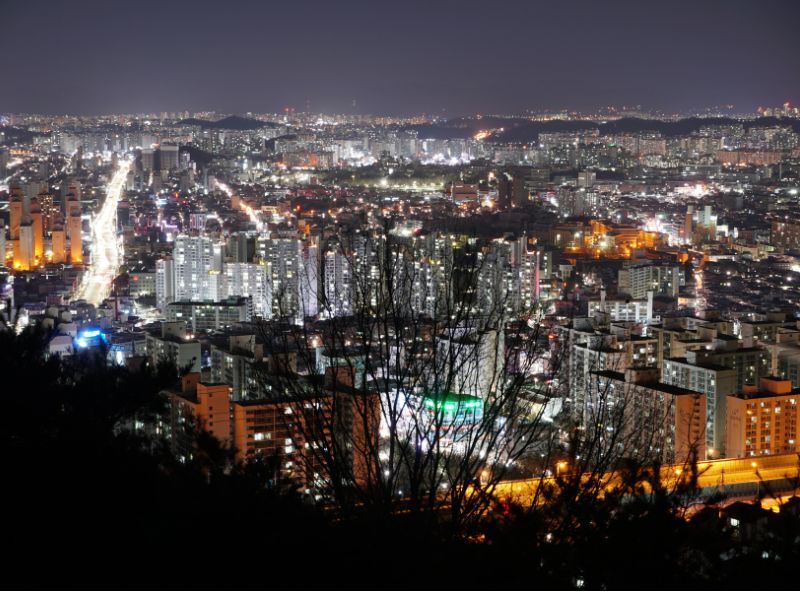
Gwangju Transportation Guide
Here’s a comprehensive travel guide to help you explore Gwangju with ease.
- City Buses : Gwangju’s bus network is extensive, connecting all major districts, attractions, and residential areas. Buses are frequent, affordable, and an efficient way to get around the city. Look out for the color-coded buses: Blue for main lines, Green for branch lines, and Red for rapid services.
- Intercity Buses : The Gwangju Bus Terminal serves as a hub for those looking to explore beyond the city, with regular services to Seoul, Busan, and other major cities.
- Gwangju Metro : The city’s subway system, though modest with just one line, covers key areas and attractions. It runs from the northwest to the southeast, including stops at the Gwangju Bus Terminal, Culture Complex, and Gwangju Airport. It’s clean, timely, and user-friendly, with plans for expansion to better serve travelers.
- Taxis : Available and reasonably priced, taxis in Gwangju are a convenient option for direct routes or when public transportation schedules are limited. Most taxi drivers do not speak English, so it’s helpful to have your destination written in Korean. Apps like Kakao T provide a handy solution for booking taxis and communicating destinations.
- Bike Rentals : Gwangju promotes green transportation with its public bike rental system, offering an enjoyable way to explore the city, especially its parks and less congested areas. Rental stations are conveniently located throughout Gwangju, making it easy to pick up and drop off bicycles.
- Walking : Many of Gwangju’s attractions are located within walkable distances, particularly in the downtown area and around cultural sites. The city is equipped with pedestrian-friendly sidewalks and crosswalks, making walking a pleasant and safe option for sightseeing.
Rental Cars
- Car Rentals : For those wishing to explore Gwangju and its surrounding regions at their own pace, renting a car is a viable option. Several rental agencies operate at the Gwangju Airport and in the city. Keep in mind, navigating and parking in the city center can be challenging due to traffic.
Special Transportation Tips
- Gwangju City Tour Bus : For a hassle-free introduction to the city’s main attractions, the Gwangju City Tour Bus offers thematic routes covering historical sites, cultural districts, and more.
- T-Money Card : Simplify your transit in Gwangju by using a T-Money card, a rechargeable smart card that can be used on buses, the subway, and even taxis. It’s available at convenience stores and subway stations.
- Transportation Apps : Utilize apps like KakaoMap and Naver Map for real-time navigation, bus and subway schedules, and to find the best routes across Gwangju.
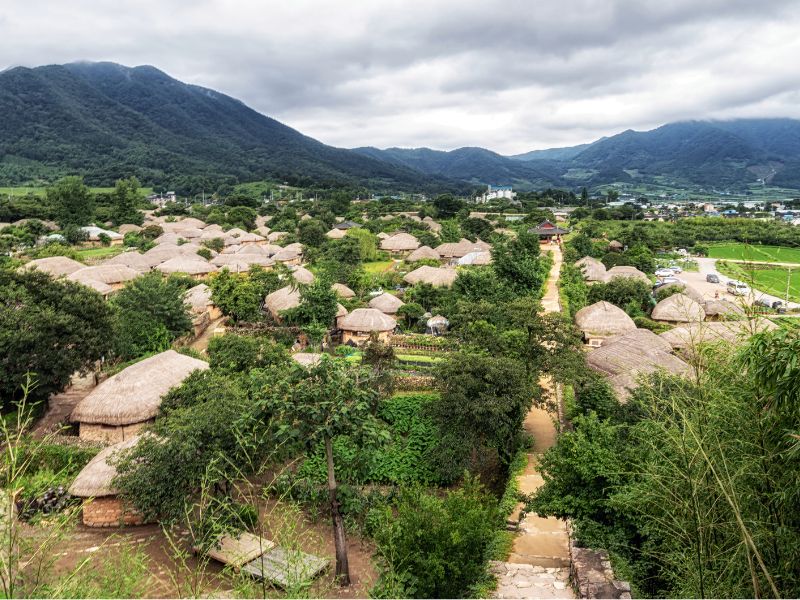
Where To Visit After Your Trip To Gwangju?
Here’s a list of destinations to consider for your journey beyond Gwangju, each offering a unique glimpse into the heart and soul of South Korea.
Experience the charm of traditional Korea in Jeonju, renowned for its Hanok Village, where over 800 traditional Korean houses line the streets. Savor the authentic flavors of Jeonju bibimbap, considered the best in the country. Explore the Jeonju Hanji Museum to learn about traditional Korean paper making. Don’t miss the vibrant atmosphere of the Nambu Night Market for delicious street food and local crafts.
2. Suncheon
Suncheon Bay Garden showcases eco-friendly design and stunning botanical displays, making it a must-visit for nature lovers. Explore the Suncheon Bay Wetland Reserve, a natural habitat for migratory birds and home to vast reed fields. Take a stroll in the historical Naganeupseong Folk Village, where residents still live in traditional Korean houses. End your day with a visit to Suncheon Open Film Set, where you can step onto the sets of famous Korean dramas and films.
Yeosu charms visitors with its beautiful coastal scenery and the impressive Expo 2012 site, now a park with futuristic architecture and ocean-themed pavilions. Ride the Yeosu Cable Car for breathtaking views of the coastline and islands. Visit the historic Jinnamgwan Hall, the largest single-story building from the Joseon Dynasty. Enjoy fresh seafood at the bustling Yeosu Fish Market, where you can select your meal and have it prepared on the spot.
Famous for its green tea fields, Boseong offers a picturesque landscape that’s both calming and invigorating. Walk through the lush, terraced tea fields of Daehan Dawon Tea Plantation and learn about tea production. Enjoy green tea ice cream and other tea-infused treats at local cafes. Visit the Yulpo Beach and Sea Water Pool to relax by the sea with views of the tea plantations.
Mokpo, a port city with a rich maritime history, serves as a gateway to the Dadohaehaesang National Park. Explore the Mokpo Modern History Museum to learn about the city’s past as a trade and migration port. Take a ferry to nearby islands for hiking and beach visits. Enjoy a panoramic view of the city and the West Sea from the top of Yudalsan Mountain.
Damyang is renowned for its lush bamboo forests, particularly the Juknokwon Bamboo Garden, where you can enjoy the serene ambiance and cooler temperatures. Explore the traditional Korean houses and cultural exhibits at the Damyang Gasa Literature Collection. Taste local specialties like tteokgalbi (grilled rib patties) and bamboo shoot rice. Don’t miss the Damyang Slow City for a chance to experience a slower pace of life in harmony with nature.
Visit the Gochang Dolmen Site, a UNESCO World Heritage site, where you can see prehistoric stone tombs scattered across the landscape. Enjoy the scenic beauty of Seonunsa Temple, nestled within Gochang’s lush forests. Explore Gochang Fortress for a glimpse into the region’s historical defenses. In spring, the Gochang Green Barley Field Festival offers stunning views of vast green fields and cultural performances.
Dive into the history of the Baekje Kingdom in Buyeo, an ancient capital with significant archaeological sites. Visit the Buyeo National Museum to see artifacts from the Baekje era and learn about this influential period in Korean history. Explore the Baekje Cultural Land to see reconstructions of ancient palaces, fortresses, and tombs. Don’t miss the Lotus Flower Festival at Gungnamji Pond, where the blooms create a breathtaking spectacle.
Experience the natural wonder of the Jindo Sea Parting Festival, a unique phenomenon that occurs twice a year, allowing visitors to walk between islands on the exposed sea bed. Discover the rich musical heritage of Jindo through its traditional Korean folk music, particularly the Jindo Arirang. Meet the famous Jindo dogs, a beloved and loyal breed native to this island. Enjoy the pristine natural landscapes of Jindo, perfect for hiking and exploring traditional Korean villages.
10. Haeundae, Busan
Relax on the sands of Haeundae Beach, one of South Korea’s most famous beaches, known for its lively atmosphere and cultural festivals. Explore the nearby Dongbaekseom Island for scenic walks and views of the APEC House. Dive into the vibrant nightlife and culinary scene of Haeundae Market. Visit the SEA LIFE Busan Aquarium for an up-close look at marine life from Korea and beyond.
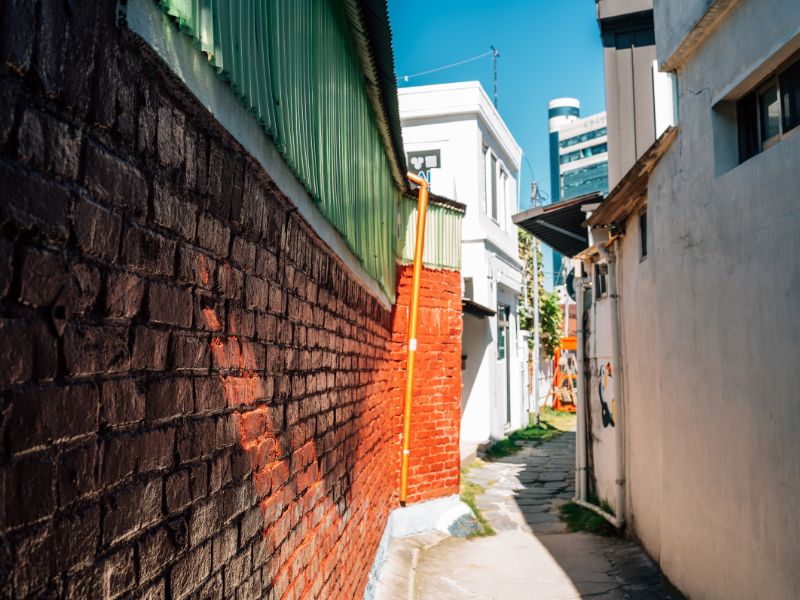
Gwangju Travel Guide: Final Thoughts
As we conclude this Gwangju travel guide, we hope that it has provided you with useful information and insights to help you plan your trip to this amazing city in South Korea . Gwangju has a rich history and culture, with numerous attractions and activities to offer visitors. From exploring its many museums and temples to sampling its delicious cuisine and enjoying its vibrant nightlife, there’s something for everyone in Gwangju.
In addition, Gwangju is a great base for exploring other parts of South Korea , such as the bustling capital city of Seoul or the stunning natural beauty of Jeju Island. The country’s efficient transportation system makes it easy to get around and explore all that South Korea has to offer.
We hope that you have a wonderful time in Gwangju and that this travel guide has helped you make the most of your trip. Safe travels!
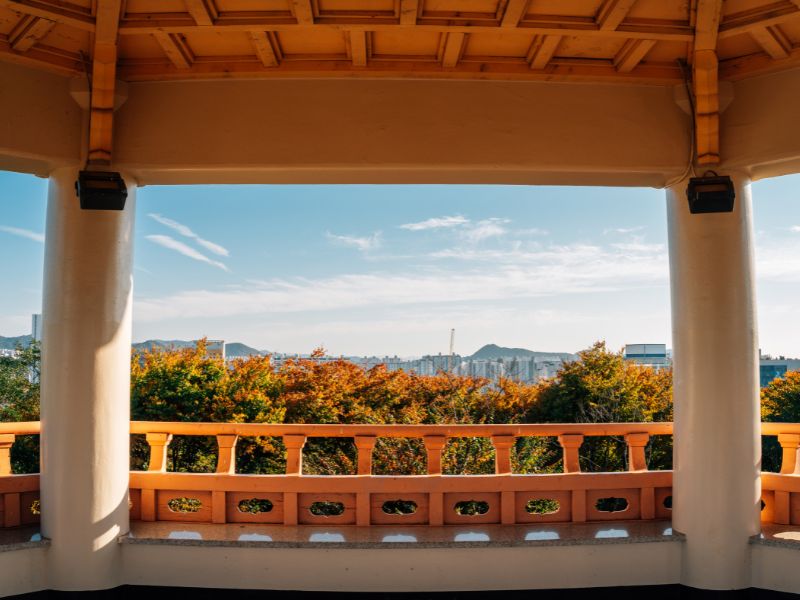
Ode To Gwangju
Gwangju, a city of culture and art, Where history and modernity entwine, A place where beauty and tradition start, And nature’s wonders always shine.
From the temples and museums in the city, To the lush green mountains and sparkling lakes, There’s something for everyone, it’s easy to see, And every step you take, a new adventure awaits.
The food and drink are simply divine, From street vendors to fine dining cuisine, You’ll taste the flavors of Gwangju’s rhyme, And savor each moment like a dream.
As day turns to night, the city comes alive, With music, dance, and art on every street, The nightlife here will keep you revived, And your soul with inspiration replete.
Gwangju, a city that captures the heart, Where memories are made that will forever last, So come and explore, let your journey start, And discover the magic of Gwangju at last.


Things to Do in Gwangju, South Korea: A Travel Guide
Gwangju and the surrounding areas are full of rolling tea fields, gorgeous bamboo forests, tons of grape vineyards, and endless rice fields. It’s, in my opinion, one of the most beautiful areas in all of South Korea. Gwangju is fun because it has a great city life and tons of different modern and cultural things to do but it also has a lot of spots worth enjoying in the countryside as well. And, it’s very close to other popular tourist spots like Damyang and Boseong so you can easily do them all in the same trip! These are all of the best things to do in Gwangju, South Korea.
Things to Do in Gwangju
Asia cultural center.

The Asia Cultural Center is a large theater complex (most of which is underground). The campus is huge with tons of things worth checking out. There are numerous indoor and outdoor exhibitions, works of art, stunning architecture, children’s play areas, galleries, and even concerts that take place here! There are also a few different cafes inside the complex that are worth checking out. You could easily spend an hour or two here just exploring. If you’re lucky, there just might even be a live band playing when you stop by!

Penguin Village

The Penguin Village was one of my favorite spots in Gwangju. It’s super random and filled with kitschy decor and fun photo spots. There are even a couple of cafes with penguin-themed food and drinks! All of the locals in this Village were super friendly and loved making conversation about where I was from and what I was doing in South Korea. The Penguin Village is definitely a must-see when you’re in Gwangju!

Dwinggul Cave

Dwinggul Cave might not be quite what you expect! It’s located right in the middle of the city and from the outside, you might never know that it’s even a cave at all. It’s really just a small tunnel that you can walk in and right back out. Just watch out for the “bats” while you’re in there (don’t worry, they’re fake!). It might not be the most exciting attraction but it’s definitely unique!
Gwangju Park

Gwangju Park is a serene, peaceful area right in the middle of the city. The park itself is designed in the shape of a turtle! It’s not a huge park but it’s full of flowers, trees, and shaded areas making it a popular relaxation spot. At Gwangju Park you will also find a Memorial Pavilion, Citizen Hall, and the Gwangju Folk Museum.
Sajik Park / Guitar Street

You may also like: The En Rogel Cafe: The Unique Teapot Cafe in Jangseong, South Korea .
Guitar Street is just a small dedication to musicians. There are multiple music and guitar-themed cafes located on this street as well as many fun works of art! Just up the hill, in Sajik Park, is an observation tower. The tower provides amazing views over the city day or night, and admission is free! And, it’s right up the street from Gwangju Park so you can easily head here right after.
Soswaewon Garden

Soswaewon Garden is a beautiful traditional Korean garden. It seemed to be a very popular spot for couples and families enjoying a stroll past the bamboo forest or a picnic by the water. There were beautiful flowers and trees all along the stream; such a great place to enjoy nature! And, admission to the garden was only 2,000 KRW (less than 2 USD). The gardens are surrounded by many other cultural sites, temples, and museums which you could easily do in the same trip.

Dongmyeong-dong Cafe Street
The Dongmyeong-dong Cafe Street is more of a neighborhood than an actual street. The cafes are all spread out but there are tons to choose from. Two of my favorite cafes on the Dongmyeong-dong Cafe Street would have to be Cafe Yann and A Fragrant House. They both have a great, chill atmosphere.
Youth Balsan Village

The Youth Balsan Village is a small, colorful neighborhood full of art and amazing photo spots. There are murals on almost all of the building walls, small gardens spread throughout the neighborhood, and numerous different sculptures all around. The entire village is one huge work of art!

Gwangju Family Land / Uchi Park

Gwangju Family Land, also called Uchi Park, is basically part amusement park and part carnival. There are multiple roller coasters, dozens of other fun rides (including a train!), and so many different carnival games. Not only that, but there’s also a small zoo, a botanical garden, and even an ice rink and swimming pool. It’s the largest amusement park in all of Jeollanam-do!

Other Things in Gwangju Worth Checking Out:
- Gwangju Folk Museum
- Daewonsa Temple
- Gyubongam Hermitage
- Jeungsimsa Temple
- DAEIN Market
- May 18th Memorial Park
Where to Eat in Gwangju
Burger bridge.

Burger Bridge is located in the perfect neighborhood for a night out. There were tons of restaurants, cafes, and shops nearby. The burgers here were great and so was the chocolate milkshake! The staff was super friendly and welcoming; I would definitely go again next time I’m in Gwangju!
Waffle King

Waffle King was such a great find in Gwangju! We tried their strawberries & cream waffle (highly recommend!) and their bananas & cream waffle. They have more than just sweets though, they even have waffle sandwiches which are perfect for lunch!
Other Great Spots:
- Whipping the Egg
- Smokey Ribs Barbecue & Grill
- Cafe the VIEW
- Rainbow Beer
Where to Stay in Gwangju
Hotel yoegi joa.

Hotel Yoegi Joa is affordable (less than $50/night!), centrally located, and the rooms were very clean and comfortable. Check-in was super simple and the staff was very friendly. It’s one of the few hotels in Korea where there was actually plenty of parking space too which was great!
For more info or to book a room, click here .
Are you planning a trip to Gwangju, South Korea? Share in a comment below!

Like it? Pin it!

- Things to Do in Buyeo, South Korea
- One Day in Damyang, South Korea: The Best Things to Do
- Things You Should Know Before Traveling to South Korea
- Gamcheon Culture Village in Busan, South Korea
- Things to Do in Busan, South Korea: A Travel Guide
Share this:
You may also enjoy:, india travel tips: everything you need to …, things to do in busan, south korea: …, seoul lantern festival in south korea, beartree park in cheonan, south korea.
OMG love this and Gwangju. I never knew about Dwinggul Cave!! I have to go there soon
Yeah the cave was super random but still pretty cool! 😁
Looks like a great spot to visit! I love all the art, like those steps, and the kitschy cute Penguin Village. Though the fake bats in that cave would probably freak me out. And Waffle King sounds delicious!
Hahah yeah the fake bats were funny! Gwangju is a really cool city though, definitely worth visiting 😁
Leave a Reply Cancel reply
Your email address will not be published. Required fields are marked *
Notify me of follow-up comments by email.
Notify me of new posts by email.
Hiking the Stairway to Heaven on Oahu: The Legal Back Way
Ddong cafe in seoul: the most unique cafe in south korea, where to eat in washington dc, where to next.


Getty Images/iStockphoto
Gwangju (광주), Korea's sixth-largest city, is defined by its powerful political history and reverence for creativity. Often considered the birthplace of Korean democracy, the effects of the May 18 Democratic Uprising – a 1980 mass protest against South Korea's then-authoritarian military government – remain a strong part of the city's identity. Art abounds at every turn thanks to a wealth of museums, exhibitions and festivals that are bolstered by civic investment.
Attractions
Must-see attractions.

Mudeungsan National Park
Overlooking Gwangju, Mudeungsan National Park is a gorgeous green mountain range with a spiderweb of well-signed trails leading to the peak, Cheonwang…

Uijae Museum of Korean Art
This gallery displays landscape, flower and bird paintings by the famed Heo Baek-ryeon (1891–1977), whose pen name was Uijae. His rebuilt house is a short…

Gwangju Folk Museum
Learn about traditional life in Jeollanam-do through the somewhat retro-looking dioramas and models here, which cover everything from kimchi and clothing…

Daein-sijang
By the early 2000s, this traditional market in the city centre was nearly shuttered. As part of the 2008 Gwangju Biennale, artists added colourful murals,…

May 18th National Cemetery
Opened in 1997, this is the final burial place for victims of the May 18 Democratic Uprising of 1980, one of the most tragic incidents in modern Korean…

Gwangju Museum of Art
Managed by the same folks who put on the Gwangju Biennale, this art museum shows up-and-coming Korean artists along with more established local names,…

Gwangju National Museum
The Gwangju National Museum’s collection traces the region’s cultural history, from its prehistorical beginnings through the Joseon period (1392–1897),…

Asian Culture Complex
This arts complex houses galleries, performance spaces, a library and plazas – all designed to boost Gwangju's capital in the art world. It's located on…
in partnership with getyourguide
Book popular activities in Gwangju
22nd June 2024
16 Best Things to Do in Gwangju You Shouldn’t Miss (2023)
Are you eager to discover the best things to do in Gwangju ? If so, you’ve come to the right place.
From our past experience of leading group trips here, we’ve unraveled the most thrilling activities and must-visit spots that will make your time in Gwangju unforgettable.
So, get ready to soak up the vibrant culture, explore the captivating sights, and indulge in mouthwatering local delights. Let’s dive in and make the most of your Gwangju adventure!
5 Facts about Gwangju
- Gwangju is located in the southwestern part of South Korea.
- The city is known for the May 18th Democratic Uprising, a significant event in Korea’s history.
- Gwangju is home to the annual Gwangju Biennale, a renowned international art exhibition.
- The city is surrounded by picturesque mountains, including Mudeungsan National Park.
- Gwangju is a hub of education and culture, with prestigious universities and cultural institutions.
Best Things to Do in Gwangju
1. explore the historic gwangju folk museum.
Discover the soul of Gwangju through its cultural heritage at the Gwangju Folk Museum. Wander amidst a splendid collection of over 40,000 artifacts, each offering a glimpse into Korea’s storied past.
From traditional costumes and handicrafts to ancient agricultural tools, every exhibit paints a vivid portrait of the region’s rich traditions and customs. Engage in interactive displays and be captivated by live performances that bring history to life.
- Location: 27, Pungam-ro 158beon-gil, Buk-gu, Gwangju
- Best Time to Visit: Spring and Autumn
- Famous For: Preserving traditional Korean artifacts and cultural heritage.
2. Visit the Iconic 5.18 Memorial Park
Step into a poignant chapter of Korea’s history at the 5.18 Memorial Park, a solemn tribute to the May 18th Democratic Uprising. This serene park stands as a memorial to the brave souls who fought for democracy during the tragic events of 1980.
Pay your respects at the Memorial Monument and immerse yourself in the tranquil surroundings. The park serves as a reminder of the city’s unwavering spirit and the sacrifices made for freedom.
- Location: 5.18 Memorial-ro, Dong-gu, Gwangju
- Best Time to Visit: All year round
- Famous For: Commemorating the Gwangju Uprising of May 18th, 1980.
3. Discover the Rich History of Gwangju at the Independence Hall of Korea
Embark on a journey through Korea’s struggle for freedom and independence at the awe-inspiring Independence Hall of Korea in Gwangju.
This iconic museum showcases the nation’s tumultuous history, with engaging exhibits that narrate stories of bravery and resilience.
From the early days of resistance against Japanese colonization to the fight for democracy in modern times, the hall provides a profound understanding of Korea’s path to independence.
- Location: 261, Jangsaengpo-ro, Buk-gu, Gwangju
- Famous For: Exhibiting the history of Korea’s independence movement.
4. Wander Through the Beautiful Chosun University Campus
Find serenity amidst the bustling city by strolling through the picturesque campus of Chosun University. With its elegant architecture, lush gardens, and serene ponds, this university campus offers a tranquil escape.
Don’t miss the opportunity to witness the vibrant academic atmosphere, which has played a significant role in shaping Gwangju’s educational landscape.
- Location: 309, Pilmun-daero, Dong-gu, Gwangju
- Famous For: Its beautiful landscape and educational significance.
5. Discover Artistic Treasures at the Gwangju National Museum
Unleash your artistic spirit at the Gwangju National Museum, home to an extraordinary collection of Korean art and cultural relics.
From ancient artifacts to contemporary masterpieces, the museum boasts an extensive range of exhibits that celebrate the nation’s artistic legacy.
Marvel at intricate pottery, delicate paintings, and exquisite craftsmanship, and gain insights into Korea’s artistic heritage.
- Location: 111 Biennale-ro, Buk-gu, Gwangju
- Famous For: Showcasing Korean art and cultural artifacts.
6. Experience Cultural Fusion at Asian Culture Complex (ACC)
Indulge in a cultural extravaganza at the Asian Culture Complex, an avant-garde institution celebrating the diversity of Asian cultures.
This sprawling complex hosts exhibitions, performances, and workshops that blend traditional and contemporary elements, showcasing the region’s cultural tapestry.
- Location: 38, Munhwajeondang-ro, Dong-gu, Gwangju
- Famous For: Promoting Asian cultural diversity and creativity.
7. Immerse Yourself in Nature at Mudeungsan National Park
Escape into the embrace of nature at Mudeungsan National Park, a pristine sanctuary encompassing breathtaking peaks and lush valleys.
Hike through picturesque trails, discover hidden temples, and breathe in the fresh mountain air as you reconnect with the natural world.
- Location: Mudeungsan-gil, Buk-gu, Gwangju
- Famous For: Its stunning landscapes and diverse flora and fauna.
8. Take a Stroll along the Scenic Sajik Park
Nestled in the heart of Gwangju, Sajik Park offers a serene oasis where you can unwind and recharge amidst nature’s embrace.
Meander along tranquil pathways, shaded by ancient trees and adorned with vibrant flowers.
The park’s centerpiece, the Sajik Pavilion, stands as a symbol of peace and prosperity, making it a perfect spot for quiet contemplation.
- Location: 157, Yangnim-ro, Dong-gu, Gwangju
- Famous For: Its scenic beauty and the historic Sajik Pavilion.
9. Enjoy Spectacular Views from the Gwangju World Cup Stadium
For sports enthusiasts and sightseers alike, the Gwangju World Cup Stadium promises an unparalleled experience.
While primarily known for hosting thrilling football matches, this architectural marvel also offers breathtaking views of the city skyline and the surrounding mountains.
Capture a picture-perfect sunset or witness the city’s vibrant energy during events and concerts held at the stadium.
- Location: 410, World Cup-ro, Seo-gu, Gwangju
- Famous For: Hosting football matches and providing panoramic city views.
10. Shop and Sample Local Delicacies at Yangdong Market
Immerse yourself in the vibrant atmosphere of Yangdong Market, a bustling hub of local trade and delectable flavors.
As you weave through its labyrinthine alleys, you’ll discover an array of traditional Korean goods, from handicrafts to textiles.
Indulge in a delightful culinary journey by tasting local delicacies like bindaetteok (mung bean pancakes), bibimbap (mixed rice), and spicy tteokbokki (rice cakes).
- Location: 22, Pungam-ro 123beon-gil, Buk-gu, Gwangju
- Famous For: Its diverse shopping options and delicious street food.
11. Marvel at the Modern Architecture of the Gwangju Biennale Hall
A masterpiece of contemporary design, the Gwangju Biennale Hall stands as a testament to the city’s commitment to art and culture.
This architectural wonder plays host to the Gwangju Biennale, an internationally acclaimed art exhibition that showcases cutting-edge works from artists worldwide.
Stroll through the galleries and be inspired by the creativity and innovation on display.
- Famous For: Hosting the Gwangju Biennale and its modern architecture.

12. Attend a Performance at the Gwangju Culture & Arts Center
Immerse yourself in the vibrant cultural scene of Gwangju by attending a mesmerizing performance at the Gwangju Culture & Arts Center.
This state-of-the-art venue hosts a diverse range of events, including concerts, dance performances, and theater productions.
Let the artistic brilliance of local and international performers captivate your senses.
- Famous For: Its outstanding cultural performances and events.
13. Explore Traditional Hanok Village in Buk-gu
Step into the past as you wander through the enchanting Buk-gu Hanok Village, a charming neighborhood steeped in traditional Korean architecture.
Admire the beautifully preserved hanok (traditional houses) that reflect the region’s rich cultural heritage.
Delight in cultural workshops, local crafts, and savory street food that offer an authentic glimpse into Korea’s past.
- Location: 3, Mokpo-gil, Buk-gu, Gwangju
- Famous For: Its well-preserved traditional hanok houses and cultural experiences.
14. Learn About the Democratic Movement at May 18th National Cemetery
Pay tribute to the heroes of the May 18th Democratic Uprising at the solemn May 18th National Cemetery.
This hallowed ground serves as a poignant reminder of the city’s fight for democracy, honoring those who made sacrifices for freedom and justice.
Walk through the memorial park, witness the Memorial Monument, and reflect on the indomitable spirit of Gwangju.
- Location: 99, Sangmujin-dong, Buk-gu, Gwangju
- Famous For: Commemorating the victims of the May 18th Democratic Uprising.
15. Relax in the Serene Atmosphere of Gwangju Bamboo Forest
Find tranquility in the Gwangju Bamboo Forest, an oasis of calmness away from the urban bustle. Stroll along the shaded pathways, surrounded by towering bamboo shoots that sway gently in the breeze.
This serene haven offers a peaceful respite and an opportunity to connect with nature.
- Location: 288, Jiwoncheon-ro, Buk-gu, Gwangju
- Famous For: Its serene ambiance and lush bamboo groves.
16. Indulge in the Korean Sauna Experience at a Jjimjilbang
Treat yourself to a unique cultural experience at a Jjimjilbang, a traditional Korean sauna. Unwind in the therapeutic saunas, relax in mineral-rich baths, and indulge in rejuvenating spa treatments.
Embrace the local customs of communal bathing and don a traditional jjimjilbang outfit for the complete experience.
- Famous For: Traditional Korean sauna experience and relaxation.
Best Time to Visit Gwangju
The best time to visit Gwangju is during the spring (April to May) and autumn (September to November) seasons.
These months offer pleasant weather with mild temperatures, making it ideal for exploring the city’s outdoor attractions, enjoying festivals, and experiencing the vibrant cultural scene.
Spring brings cherry blossoms in full bloom, creating a picturesque setting, while autumn showcases beautiful foliage, adding a touch of enchantment to your Gwangju adventure.
How to Get to Gwangju
- By Air: The closest airport is Gwangju International Airport (CJU), serving domestic and international flights. From the airport, you can take a taxi or airport limousine bus to the city center.
- By Train: Gwangju is well-connected by train. The Gwangju Songjeong Station is a major railway hub with connections to major cities in South Korea.
- By Bus: Gwangju has an extensive bus network connecting it to neighboring cities and provinces. Express buses and intercity buses provide efficient and affordable travel options.
Where to Stay in Gwangju
1. Ramada Plaza Gwangju Hotel – Experience luxury and comfort at Ramada Plaza Gwangju Hotel, located in the heart of the city. With elegantly appointed rooms, modern amenities, and top-notch services, this hotel offers a truly indulgent stay. Enjoy exquisite dining options, unwind at the rooftop pool, and explore nearby attractions with ease.
2. Holiday Inn Gwangju – Discover a perfect blend of convenience and relaxation at Holiday Inn Gwangju. This contemporary hotel caters to both business and leisure travelers with its well-equipped rooms and versatile meeting spaces. Guests can savor delectable cuisine at the on-site restaurants and enjoy easy access to major landmarks and shopping districts.
3. May 18th National University Park Hotel – Immerse yourself in history and tranquility at May 18th National University Park Hotel. Situated amidst lush greenery and adjacent to Memorial Park, this hotel offers a serene retreat. From its comfortable rooms to breathtaking views, it’s an ideal choice for those seeking a peaceful stay with a touch of heritage.
Where to Eat in Gwangju
1. Mudeungsan Sutbul Galbi – Indulge in mouthwatering Korean barbecue at Mudeungsan Sutbul Galbi, a popular restaurant known for its delectable grilled meat dishes. The restaurant’s specialty is “sutbul galbi,” tender beef ribs marinated in a flavorful sauce and grilled to perfection. With a cozy ambiance and attentive service, this dining spot promises a delightful culinary experience.
2. Daein Market Kalguksu Alley – For an authentic taste of Gwangju, head to Daein Market Kalguksu Alley. This bustling street offers a variety of kalguksu, a traditional Korean noodle soup that will warm your soul. Choose from a range of flavors and toppings, and savor the comforting flavors of this local favorite in a lively market setting.
3. Chungjangro Kalguksu – Embrace the rich flavors of handmade noodles at Chungjangro Kalguksu, a renowned eatery that has been serving its specialty for decades. Their kalguksu, crafted from scratch daily, offers a perfect blend of chewy noodles and savory broth. Don’t miss the opportunity to try this classic Gwangju dish while immersing yourself in the city’s vibrant food culture.
Travel Tips & Suggestions
- Visit during Spring or Autumn for pleasant weather and beautiful cherry blossoms or autumn foliage.
- Explore Gwangju’s rich history at the Gwangju Folk Museum and May 18th National Cemetery.
- Experience the vibrant arts scene by attending the Gwangju Biennale or performances at the Culture & Arts Center.
- Sample local delicacies at Yangdong Market and savor traditional kalguksu at Daein Market Kalguksu Alley.
- Take in the panoramic views of the city from the Gwangju World Cup Stadium.
- Plan a day trip to Mudeungsan National Park for scenic hikes and nature exploration.
- Stay in centrally located hotels like Ramada Plaza or Gwangju Shinsaegae Hotel for easy access to attractions.
Conclusion – Best Things to Do in Gwangju
So, there you have it, the best things to do in Gwangju ! Whether you’re exploring the city’s historical treasures at the Folk Museum or immersing yourself in nature at Mudeungsan National Park, Gwangju offers a myriad of experiences for every traveler.
From our own adventures here, we can assure you that this vibrant city will leave you captivated by its rich culture and warm hospitality. So pack your bags, get ready for a memorable journey, and let Gwangju work its magic on you!
FAQs – Best Things to Do in Gwangju
What are the best things to do in gwangju, when is the best time to visit gwangju, where can i enjoy the korean sauna experience in gwangju, any must-see natural spots in gwangju, which hotels are good to stay in gwangju, what are some iconic cultural venues in gwangju, any recommended places to try local food.
Howdy. I started this brand as a hobby business as I loved travelling and Hiking. With the support of 1000s of people who joined our group trips and treks in past 7 years, we have grown to 13 different countries. Looking forward to see you too in one of those trips one day.

Check out our other trips
- South Africa
- Afghanistan
- North Korea
- Adventure + Outdoors
- Amusement Parks
- Backpacking Trips
- Boating + Cruises
- Budget Travel
- Bus + Train Travel
- Coasts + Islands
- Country Trips
- Fall Vacations
- Family Vacations
- Green Travel
- Heritage + History
- Honeymoons + Romance
- Inspiration + Guide
- Landmarks + Attractions
- LGBT Travel
- Markets + Bazaars
- National Parks + Reserves
- Nature + Wildlife
- Parks + Gardens
- Pets + Animals
- Photography
- Airlines + Airports
- Budgeting + Currency
- Business Travel
- Celebrity Travel
- Customs + Immigration
- Deals + Rewards
- Family Travel
- Hotels + Resorts
- Luggage + Packing Tips
- Offbeat News
- Photography Tips
- Responsible Travel
- Solo Travel
- Tech + Gear
- Travel Etiquette
- Travel Warnings
- Bars + Clubs
- Celebrity Chefs
- Restaurants + Cafés
- Wine + Vineyards
- Beach Hotels
- Boutique Hotels
- Hotel Openings
- Hotel Reviews
- Luxury Hotels
- Mountain + Ski Resorts
- Spa Resorts
- Vacation Rentals
- Asia Cruises
- European Cruises
- Festivals + Events
- Museums + Galleries
- Style + Design
- Travel’s Best
- Hotel with Agoda.com
- Hotel with Booking.com

Sydney blog. The latest Sydney guide for all-kind of travelers

What to do & how to spend 4 days in Kuala…
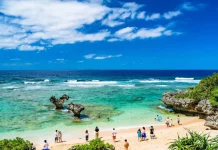
Okinawa itinerary 3 days. What to do in Okinawa for 3…
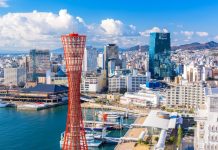
16+ best places to visit & top things to do in…

The complete Seoul subway guide: How to use, lines, fares for…

How much does it cost to travel to Korea? Tips on…

The ultimate guide to NETS FlashPay Card: What is it, how…

How much will it cost to go to Singapore? Tips on…
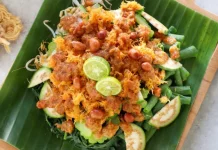
Must-eat in Bali. 25+ best street food in Bali
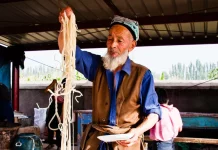
What to eat in Xinjiang? Enjoy 9 best Xinjiang street food
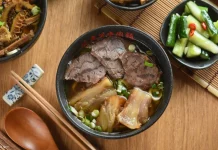
What and where to eat in Taipei? 20+ top restaurants &…
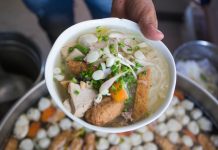
What, where to eat in Nha Trang? — 11+ best places…

11+ best homestays in Kuala Lumpur near famous tourist attractions

Mövenpick Resort Kuredhivaru Maldives reviews. The detailed review of my vacation…

Hyatt Regency Danang Resort and Spa reviews. The resort is highly…

+7 luxury resorts you must stay in Danang, Vietnam

10 must-know things for your best first time European river cruise

Top 3 best luxury cruises in Halong Bay, Vietnam

Cherry blossom festival Korea 2024 — Top 5 cherry blossom festivals…

Ghibli museum blog — The fullest Ghibli museum guide for first-timers

Kyoto festival — Top 10 best events & most famous festivals…

National Palace Museum Taipei blog — What to see in National…

Japanese waterfall — Top 10 most beautiful waterfalls in Japan in…

19+ most beautiful towns in Europe every tourist need to visit…

Georgia travel photos — 20+ captivating photos show Georgia is heaven…

Explore Damnoen Floating Market — The oldest floating market of Thailand

Visiting Fenghuang Ancient Town — One of the most charming ancient…

Mekong Delta travel blog — Beyond rivers of Southwestern Vietnam

14 reasons why you should travel when you are young

Shigaraki Tanuki – An animal symbol of good luck in Japan

Living in the charms of cave houses in Andalucia, Southern Spain

20+ jaw-dropping tiny homes around the world
- South Korea
Where to go in Gwangju? — 12+ gwangju attractions & Gwangju places to visit
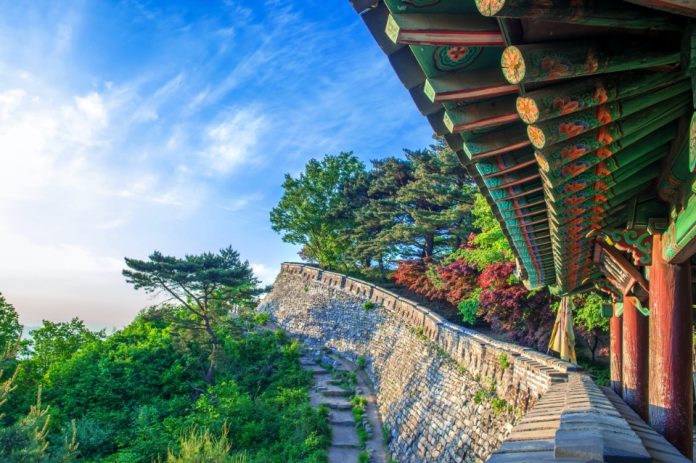
Gwangju is the origin of traditional Korean culture. It is home to Korea’s long history and culture along the Han River, the lure of lakeside comfort, and an excellent vision for the future. If you love a peaceful atmosphere in South Korea, Gwangju is your best choice besides luxurious and busy cities such as Seoul, Busan, and Incheon. So, where to go in Gwangju? Let’s check out our suggested 12+ Gwangju places to visit as well as Gwangju attractions you must-visit and see on your next trip to the city of South Korea as follows!
- Gwangju travel blog — The fullest Gwangju travel guide for first-timers
- Royal palace Seoul — How to visit 5 grand palaces in Seoul?
- Seoul Busan itinerary 6 days. How to spend 6 days 5 nights in Seoul and Busan?
- Where to travel in Busan? 30+ best places to visit & must-see places in Busan for all kinds of travelers
- Korea itinerary 5 days. What to do, where to go, how to spend 5 days in Korea.
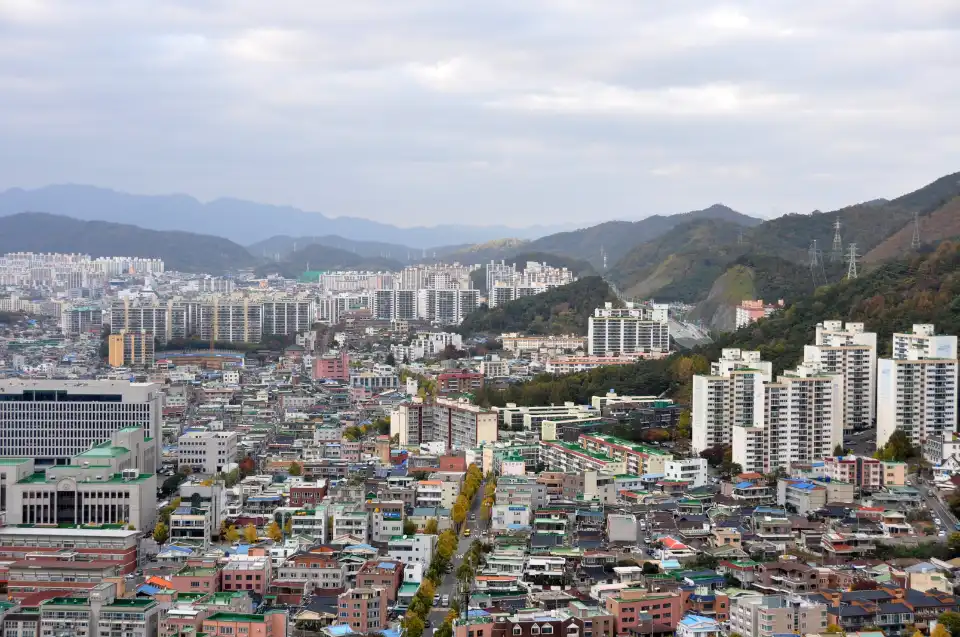
The city is home to many year-round photo exhibitions. Visit here, you will see the streets, houses, and fashion styles of indigenous people are bold in art. It has plenty of attractions to see. How to know where the attractions must go in Gwangju, let’s check out the best-mentioned places below!
Gwangju Museum of Art (#where to go in gwangju)
Address: 52 Haseo-Ro, Buk-Gu, Gwangju, South Korea Phone: +82 62 613 7100 Hours: 10: 00 am to 6:00 pm, Mondays: closed ·
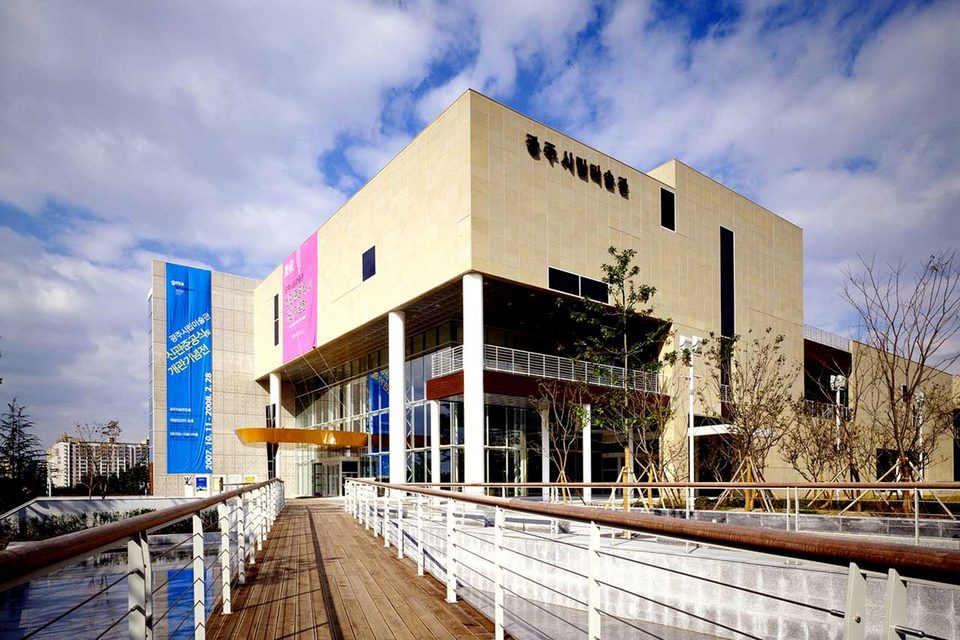
If you are a new visitor, it is essential to learn about the cultural history of the area. The Gwangju National Museum holds collections, including calligraphy, paintings, and artifacts dating back to the Joseon period. The museum has served visitors since 1978, and its architecture is inspired by traditional Korean styles.
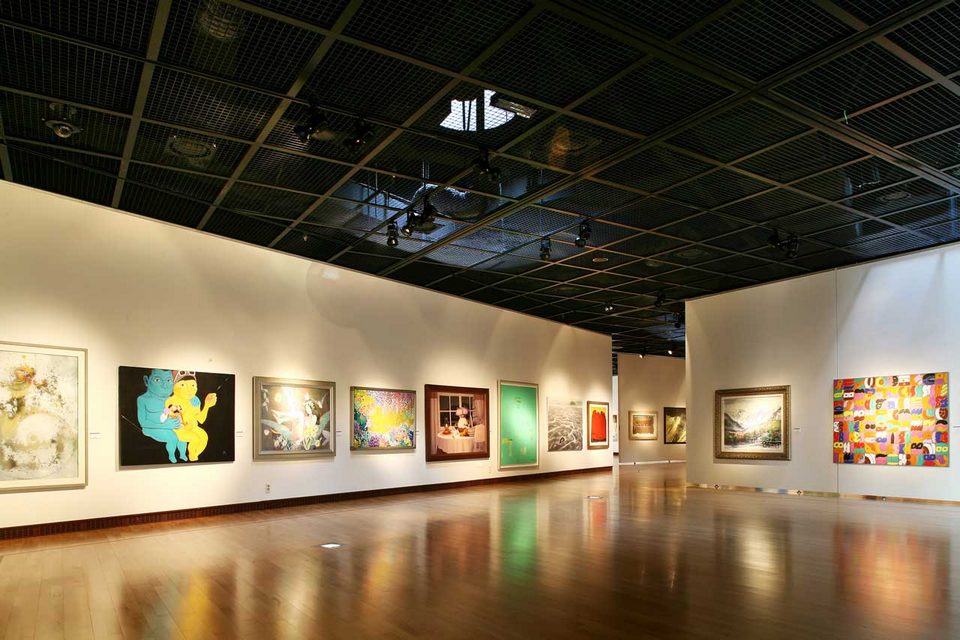
The Museum of Art is a very popular check-in place in Gwangju, and it also hosts the annual Biennale gallery. You will admire the paintings, photography, decorative arts, calligraphy, and illustrations by many talented international artists. Each work is described in English and Korean as captions to support your understanding of their origin. An extra art museum for children includes picture galleries and a hands-on creative space.
Asia Cultural Center (ACC) (#where to go in gwangju)
Address: 38 Munhwajeondang-Ro, Dong-Gu, Gwangju, South Korea Phone: +82 1899 5566 Hours: 10: 00 am to 6:00 pm, Mondays: closed
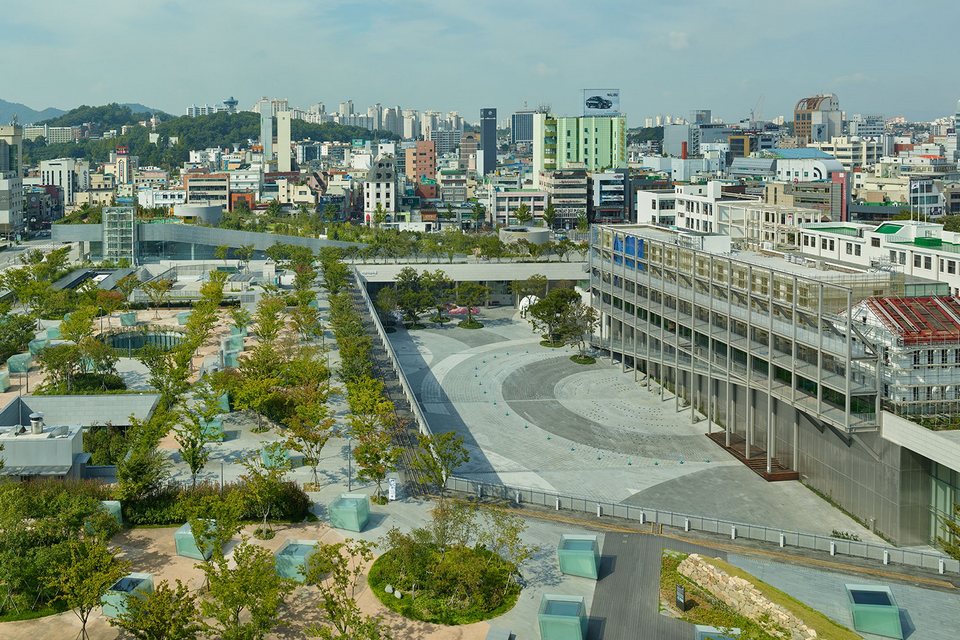
The Asia Cultural Center, also known as ACC, is a global cultural complex dedicated to the exchange, creation, education, and research of Asian cultures. As such, it pursues various international exchange and cooperation projects. This center consists of five linked buildings: ACC Children, ACC Culture Exchange, ACC Creation, ACC Archive & Research, and ACC Theater.
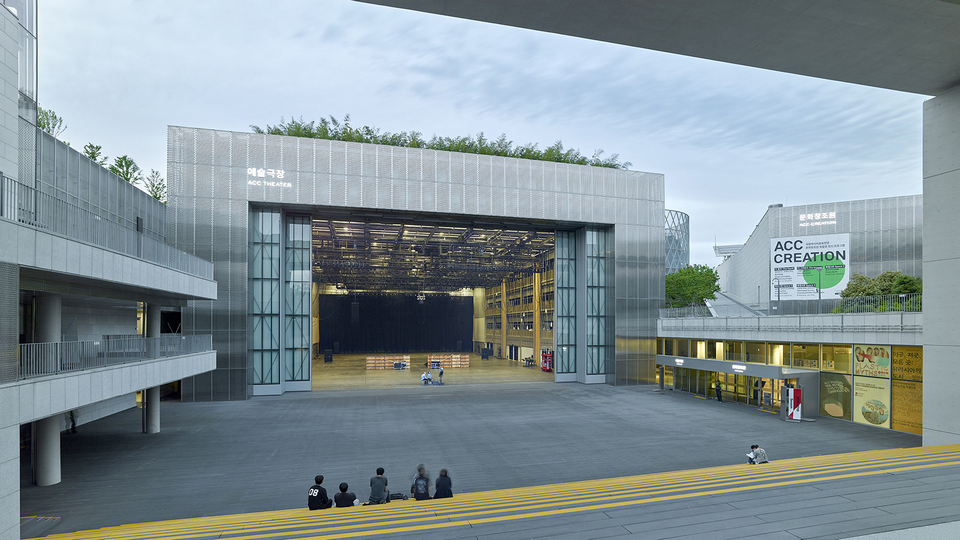
Opened in 2014 after 12 years of construction, this airy and modern cultural center hosts music and dance performances, contemporary art exhibitions, film screenings, seminars, festivals, and countless other events for the people of Gwangju. In addition, Gwangju tourist attraction is also a place for international cultural and artistic exchange, to promote local tourism and preserve the intersection of past and present cultures as well as the development of the arts.
Sajik Park Observatory (#gwangju places to visit)
Address: 49, Sajik-Gil, Nam-Gu, Gwangju, South Korea Phone: +82 62 652 3236 Hours: Open 24 hours
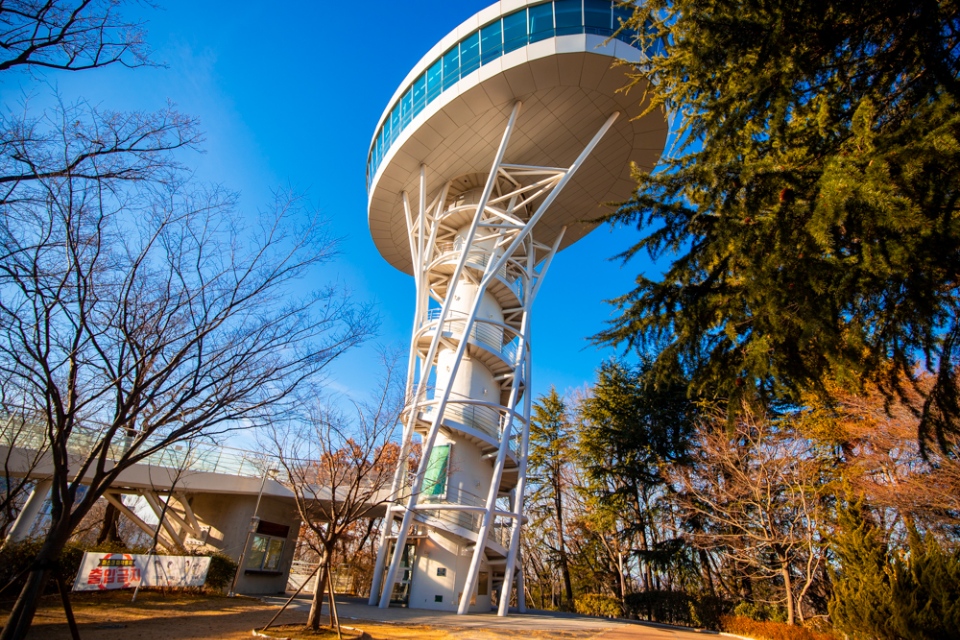
Sajik Park is located at the previous site of the Sajikdan Altar, a ritual site to pray for peace and prosperity during the Three Kingdoms Era. The southeast hill of Yangnim-dong of Gwangju, which boasts a variety of modern and contemporary architecture and dense groves of massive 100-year-old trees, is its very own museum of history, art, culture, and architecture, was an important site for shamans in the region.

Nowadays, this land has been developed and built into a park, where you can admire the stone altars and sturdy monuments. The attractions include the Monument to the Sacrifice of Police Officers in the Yeosu-Suncheon Rebellion and the Korean War in 1948. When you come here, you must climb the hilltop observation tower to admire the panoramic view of Yangnim-Dong. You can walk or take the elevator to the outdoor platform.
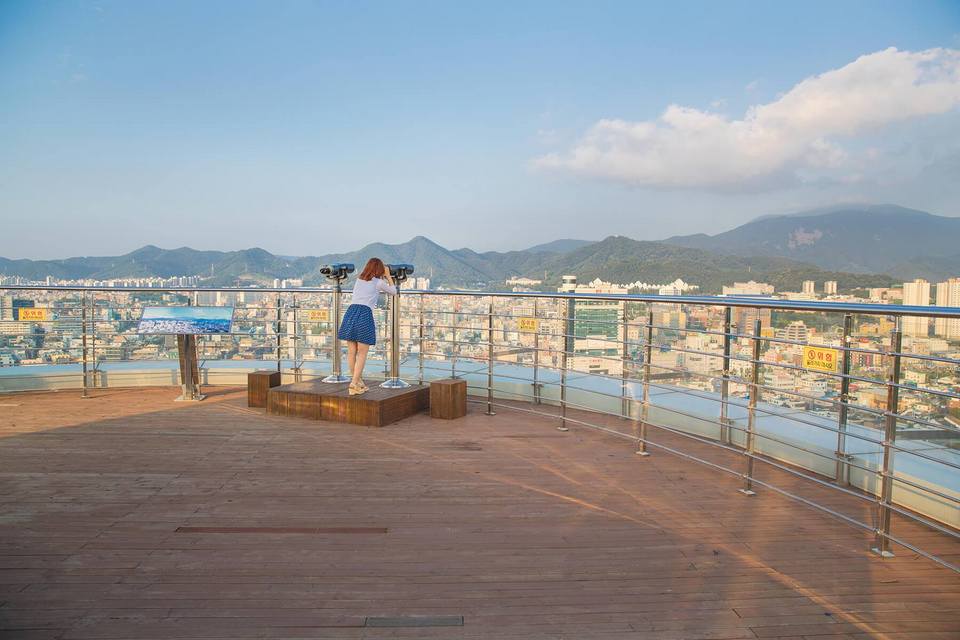
The Sajik Park landscape has various trees and flowerbeds. The park blooms pink and white with cherry blossoms annually in mid-April, just like romantic Korean movies. The park is lit at night for evening strolls under the cherry blossom trees, making it a popular springtime attraction.
Chungjang-ro Street (#gwangju places to visit)
Address: Jungjang-ro, Dong-gu, Gwangju, South Korea Phone: +82 62 224 6051
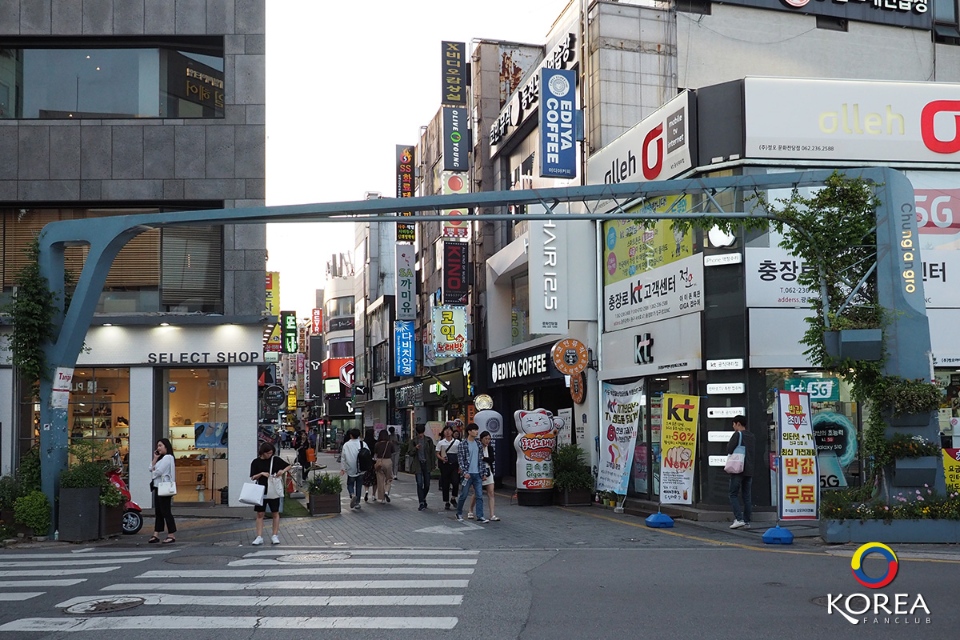
Chungjang-ro Street was the site of the 1980 Gwangju Democratization Movement. Today, it is Gwangju’s major fashion district, both trendy and traditional, as well as a venue for diverse performances. You can watch the street dances by young Koreans, visit bustling malls and clothing stores, or go to cinemas, restaurants, bars, cafes, and karaoke bars.
On weekends, this street is only for pedestrians. Especially in the first week of October every year, there will be many festivals that recreate life in the city in the 1970s and 1980s.

Dongmyeong-dong Café Street (#gwangju attractions)
Address: Dongmyeong-dong, Dong-gu, Gwangju, South Korea Hours: Open 24 hours
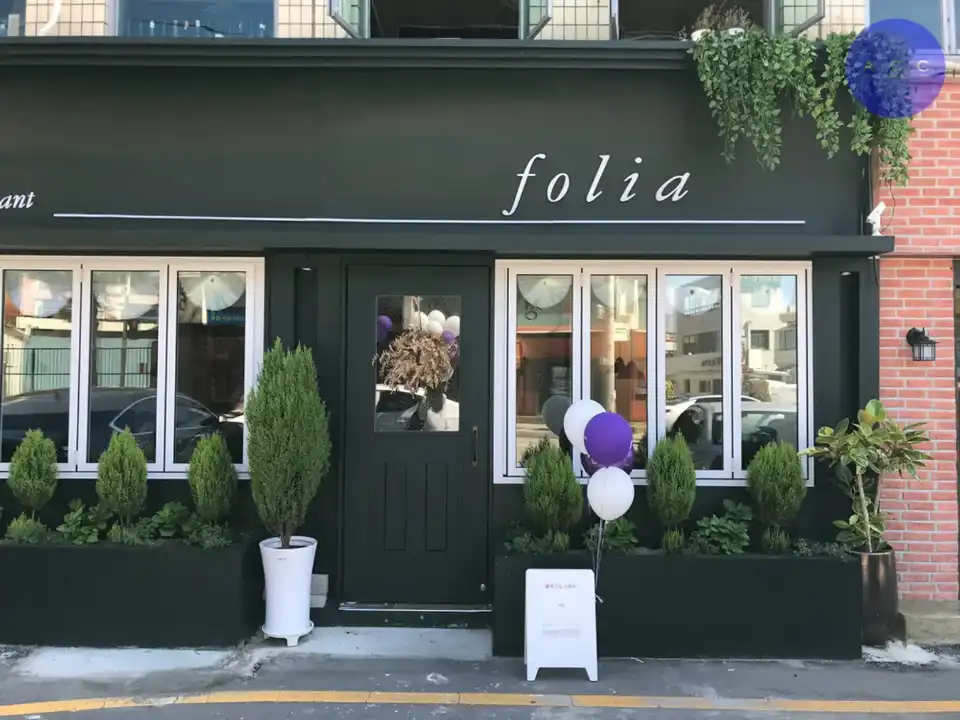
Dongmyeong-dong was originally home to the city’s well-to-do, but many moved out as the apartment became the way of life for many Koreans. For a while the area was lifeless, and later it was filled with educational institutions, followed by cafés which began to develop in this town.
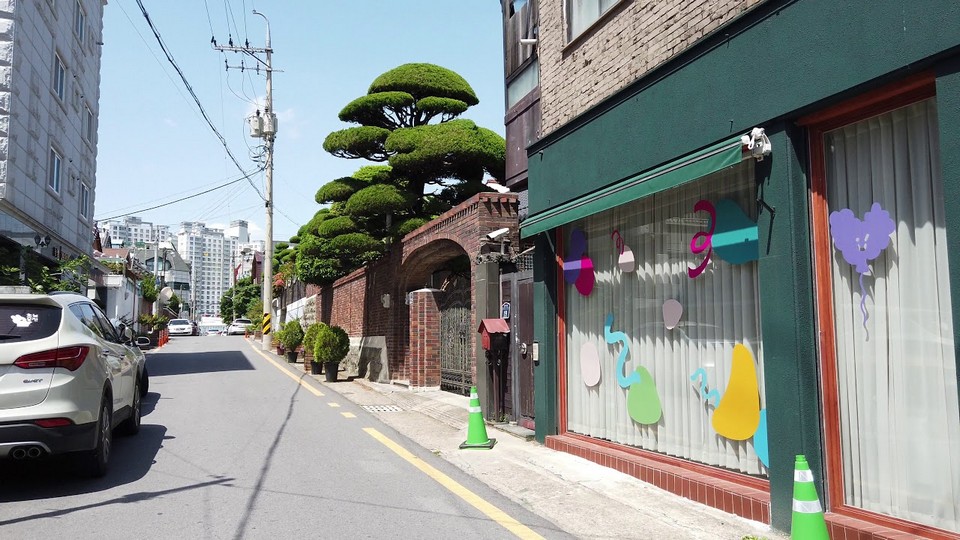
To attract more customers, cafés began to differentiate their exterior and interior designs as well as the flavors of various drinks. The opening of the Asia Culture Center in 2015 furthered the younger generation’s interest in the café industry, making the street more unique and interesting.
Gwangju Lake Eco Park (#gwangju attractions)
Address: 07 Chunghyosaem-Gil, Buk-Gu, Gwangju, South Korea Phone: +82 62 613 7891 Hours: daily from 9:00 am to 6:00 pm
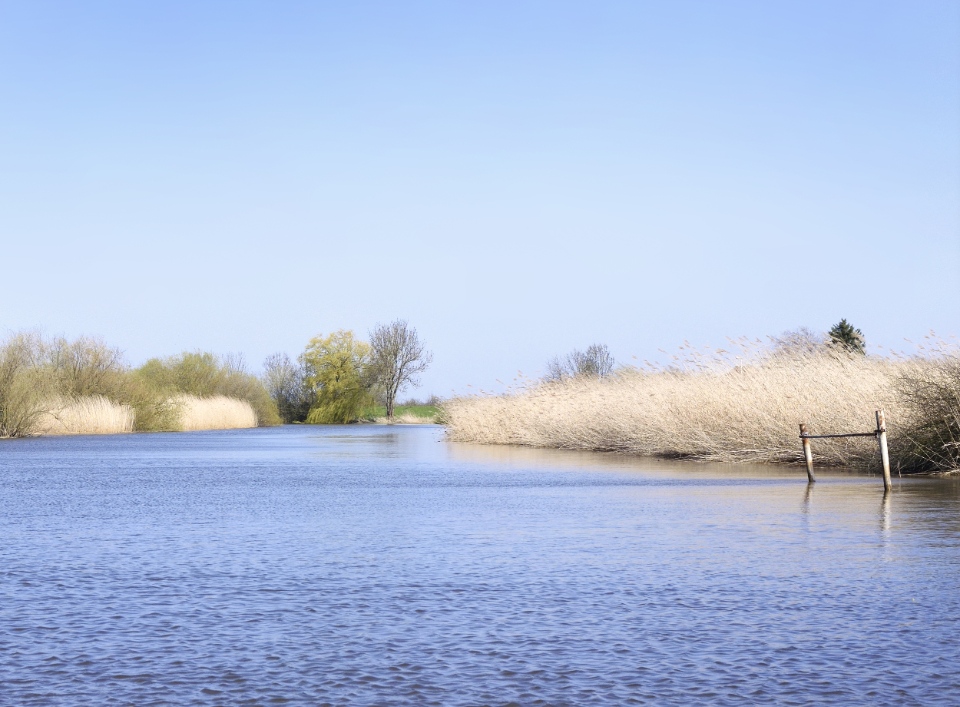
Just 30 minutes from downtown, Gwangju Lake is located on a beautiful mountain to the north of Mudeung Mountain. This attraction is on marshland, extending to the southeast shore of the lake, and features a long boardwalk over the wetlands.
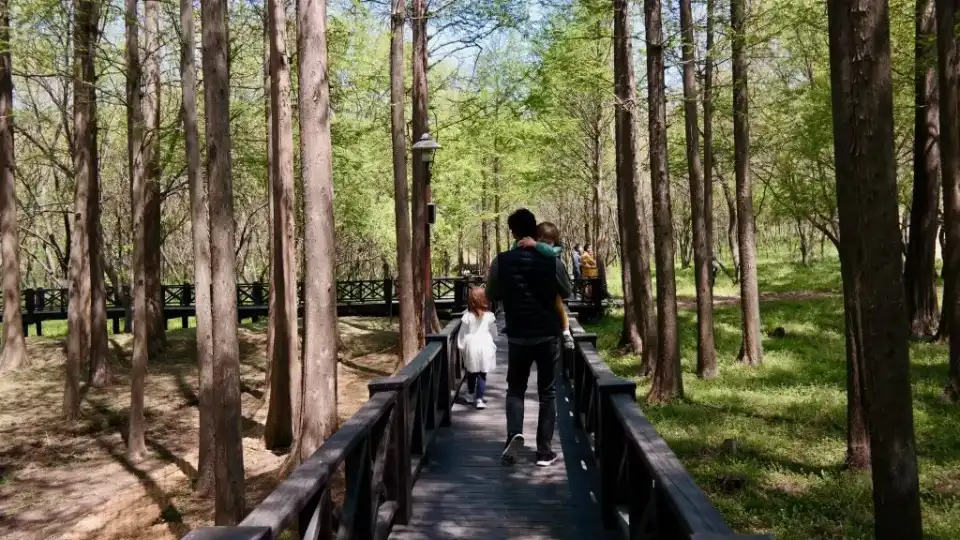
You can stroll on the trails to gaze at the 400-year-old willow tree line or go up to the observatory to learn about the habitats of birds in the area such as sparrows such as parrot beaks, Japanese tits, Chinese blackbirds, and coal warblers.
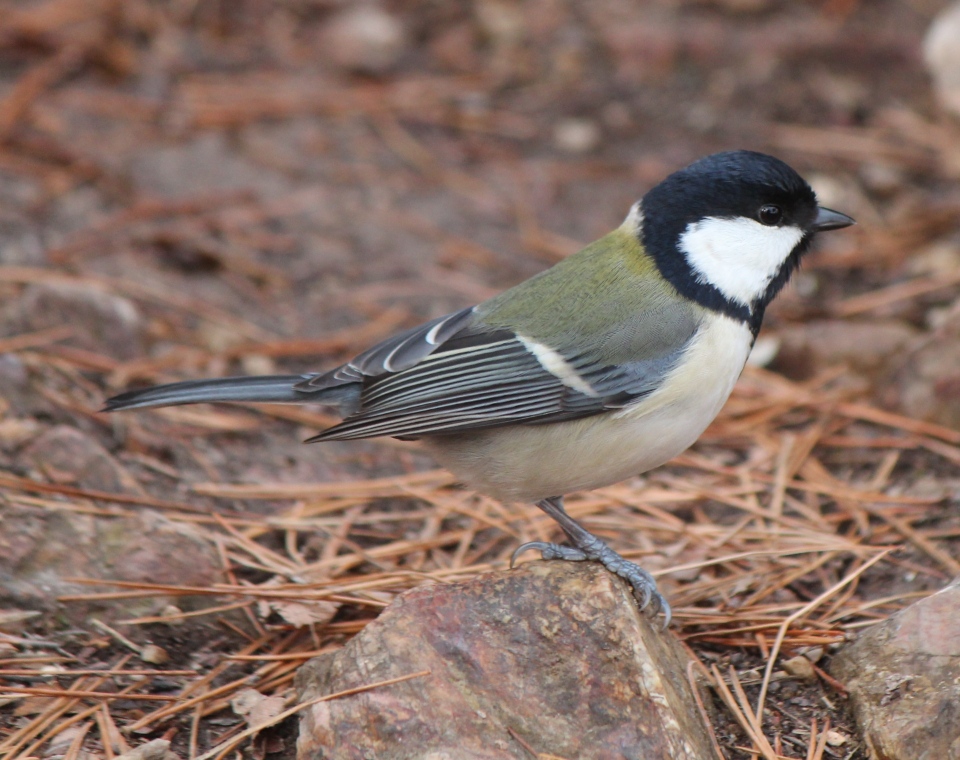
1913 Songjeong Station Market (#gwangju attractions)
Address: 38 Songjeong-Ro 16beon-Gil, Gwangsan-Gu, Gwangju, South Korea Phone: +82 62 942 1914 Hours: daily from 11:00 am to 10:00 pm
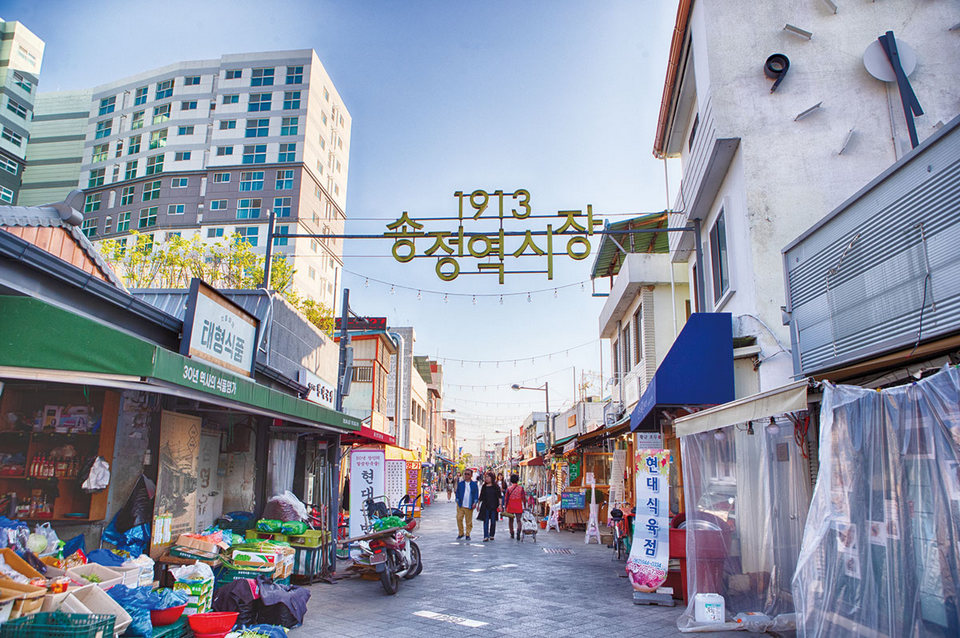
Opened in 1913, this market is a historic shopping street in connection with the opening of Gwangju-Songjeong Station. The area has gone through a rough patch in the past, in stark contrast to the lavish setting of a trendy hangout today with a bright appearance with modern-styled architecture. The buildings adjoining cafés and grocery pop-up stores along the alleys have a nostalgic look.
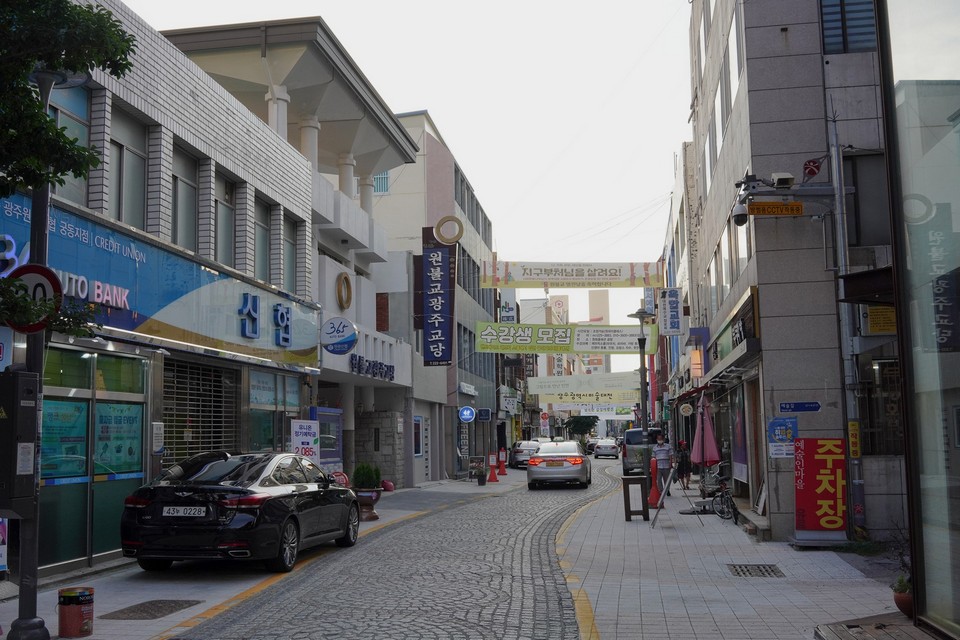
When you visit this tourist spot of Gwangju, you will see many food production facilities with a long business history. In detail, the Hankki Ramen store has been producing instant noodles for export around the world for many years, and the Roh Ji-Hyun brand specializing in snacks such as dried sweet potatoes and seaweed chips is all too familiar belonging to the Koreans.
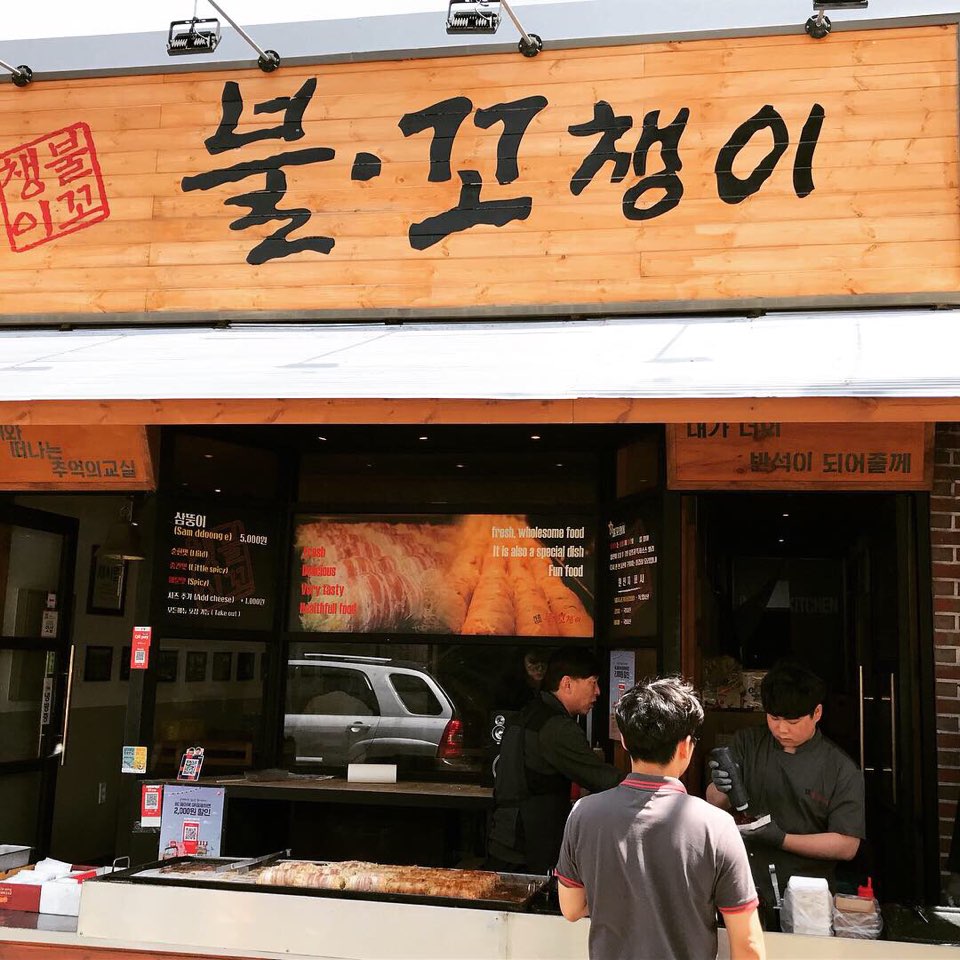
Visitors can enjoy all the classic market foods here, such as the famous Hotteok (hot griddle cakes), Gyeran bap (egg rice), and kimchi wrapped in bacon.
Soswaewon Garden
Address: 17 Soswaewon-Gil, Nam-Myeon, Damyang-gun, Jeollanam-do, South Korea Phone: + 82 61 382 1071 Hours: daily from 9:00 am to 6:00 pm

It is a private garden from the Joseon period where Korea’s traditional beauty is preserved just a short distance from Gwangju Lake Eco Park. This is a traditional Korean garden, built in the 16th century by Yang San-Bo (1503-1577), who was a disciple of Jo Gwang Jo (1482-1520), a Neo-Confucian scholar. This garden presents itself as a clean and transparent garden where the righteous enjoy the life of Anbinnakdo (being comfortable amid poverty and taking pleasure in an honest lifestyle) surrounded by a bamboo grove.
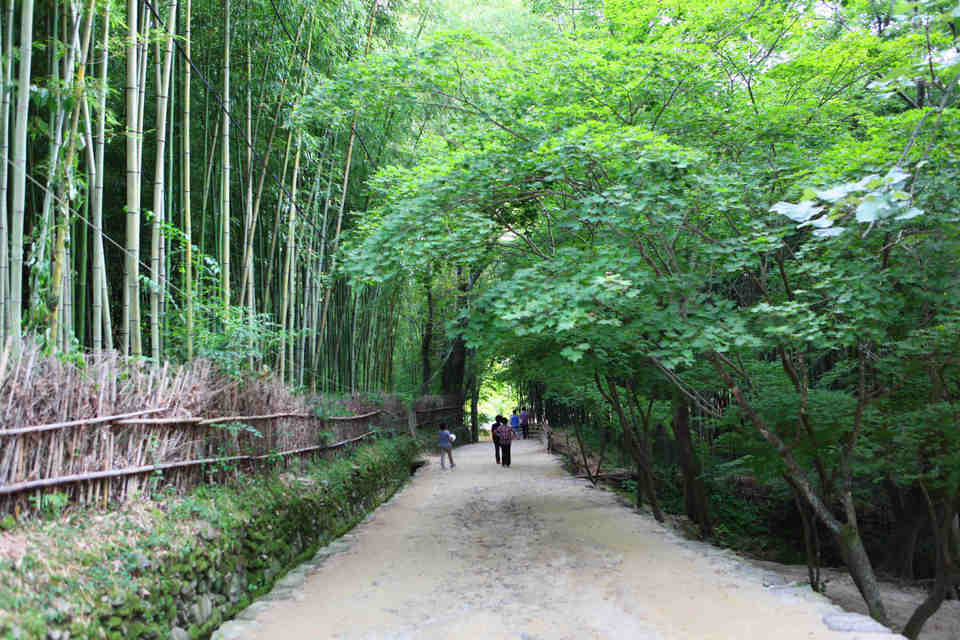
The garden is peaceful and is surrounded by mud and stone wall. Peach trees, various kinds of trees, and grass are planted on both sides of the stream while clear water flows down the foot of the garden walls. The log bridge above the valley adds to the charm of the scenery. The harmony between nature and the artificial waterfall as well as two beautiful pavilions are remarkable sights. Passing through the thick bamboo forest, you will find the small valley and Soswaewon Garden on your left.
Gwangju Biennale
Founded in 1995 in memory of the spirit of the civil uprising of the 1980 repression of the Gwangju Democratization Movement, the Gwangju Biennale in South Korea is Asia’s oldest biennial of contemporary art.
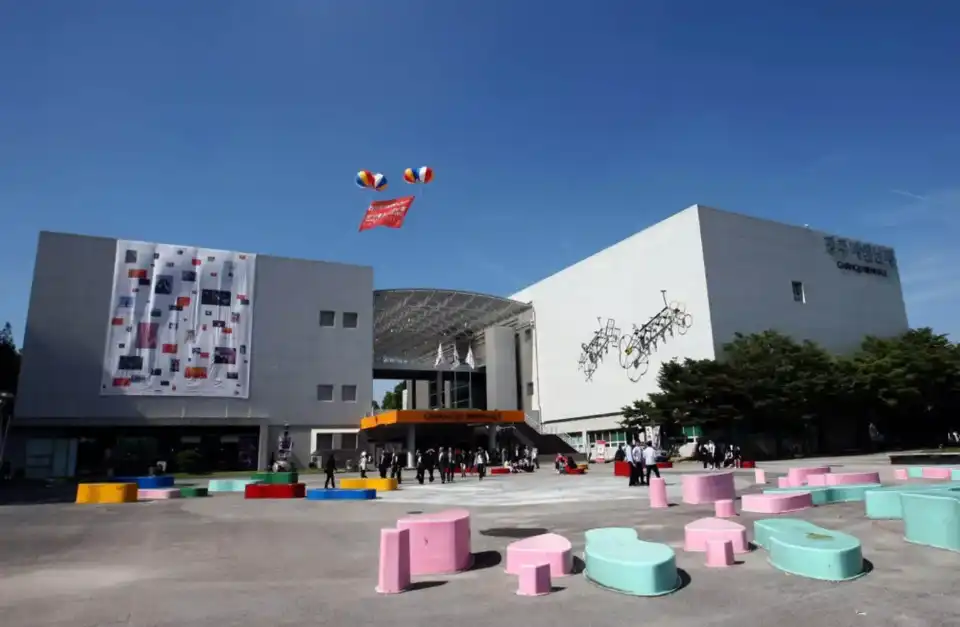
Regular exhibitions take place in the Biennale gallery at Jungoe Park. A new theme with a unique artistic perspective is for each event. It is home to some of the best-preserved cultural relics in the nation, and is known locally as the “City of Art, Cuisine, and Culture.”
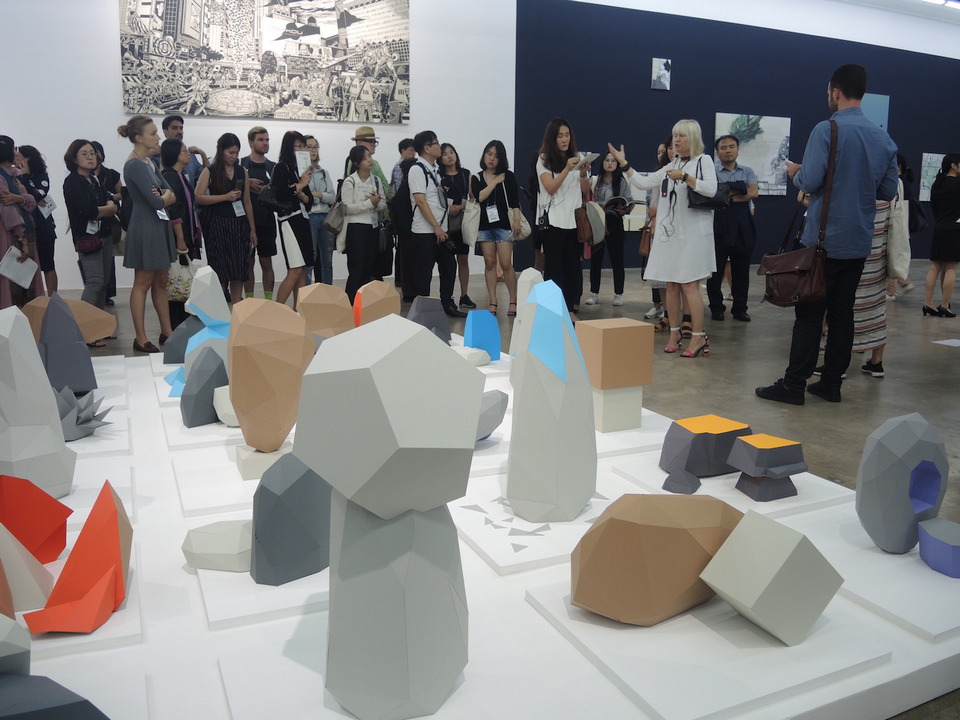
Every year, many famous artists’ artworks are displayed at this tourist attraction in Gwangju. The 2023 Gwangju Biennale will revolve around the theme of “Soft and Weak Like Water”, scheduled to be held from April 7 to July 9.
Gwangju Family Land
Address: 677 Uchi-ro, Buk-gu, Gwangju, South Korea Phone: + 82 62 607 8000 Hours: daily from 9:30 am to 6:00 pm
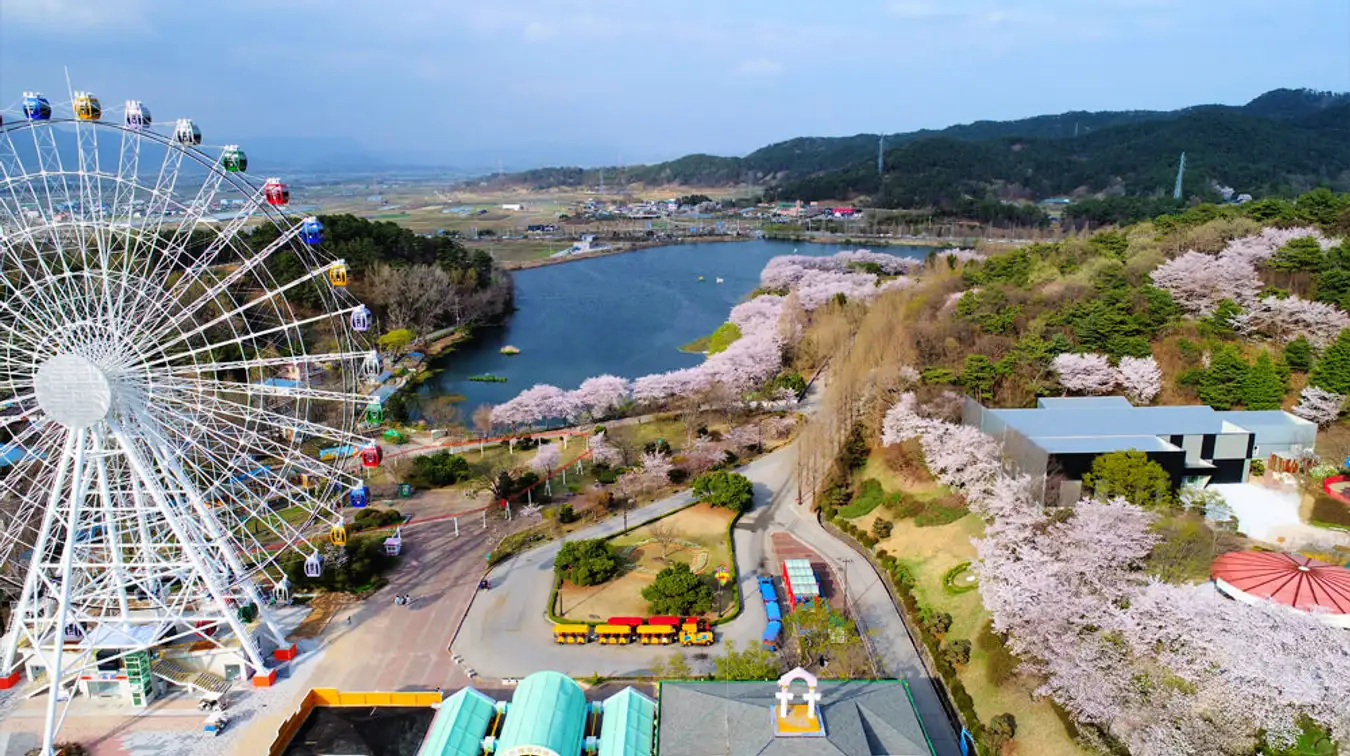
Being an amusement park in the Buk-Gu district, north of Gwangju city, which offers entertainment games designed for couples, families, and children.
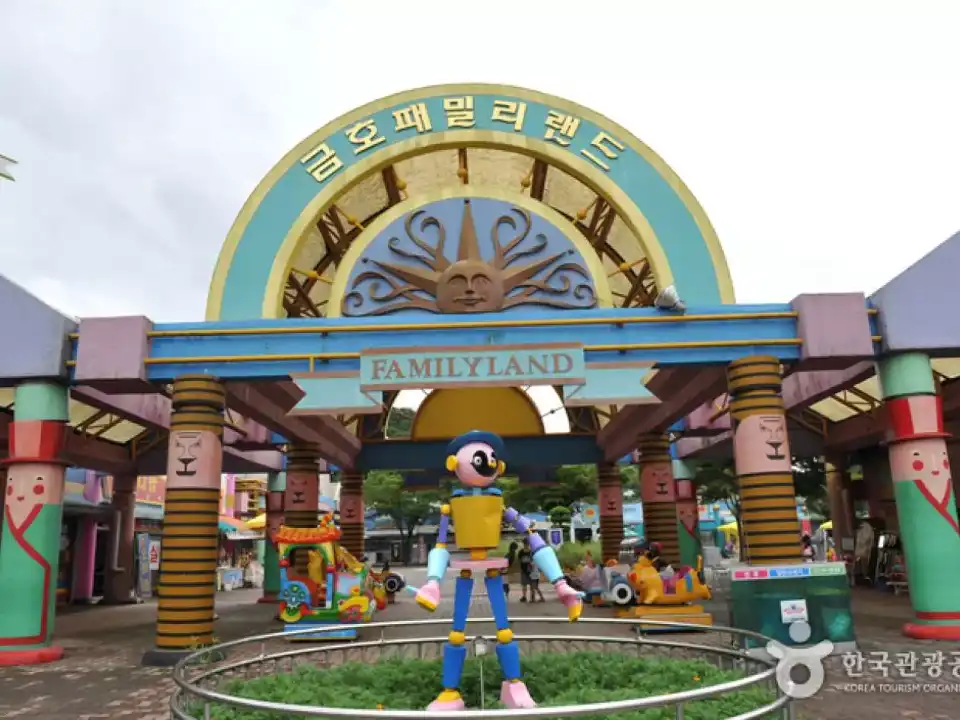
With an area of 290 hectares, the park has various attractive games, and even thrilling rides, including a Ferris wheel, merry-go-round, Viking ship, swimming pools, an ice rink, and slides or visits to the zoo.
Gwangju National Museum
Address: 110 Haseo-ro, Buk-Gu, Gwangju, South Korea Phone: + 82 62 570 7000 Hours: daily from 10:00 am to 6:00 pm

The Gwangju National Museum looks like a traditional palace and is located at the top of a grand staircase—the galleries here house artifacts from all parts of South Jeolla Province (also known as Jeonnam).
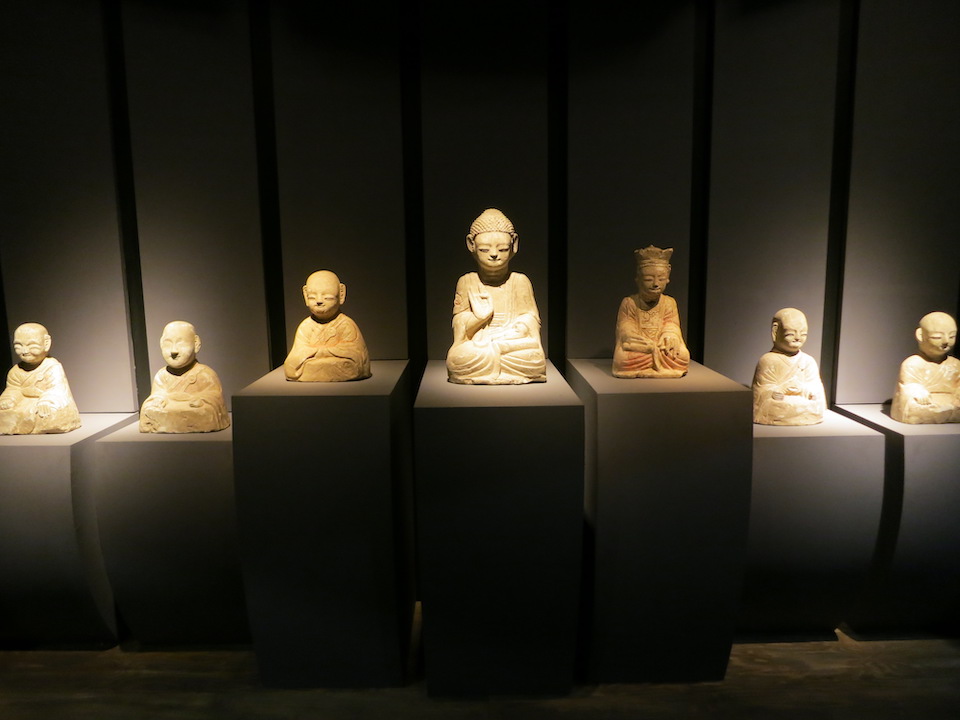
You can discover prehistoric artifacts going back 66,000 years and items from the Paleolithic Era, Neolithic Era, and Bronze Ages at the Prehistoric Hall. The Gwangju tourist attraction also has its own space for Buddhist art, calligraphy, painting, and Celadon ceramics.
The Shinan Ocean Floor Relic Hall is a unique exhibit hall with items on display from a trade ship submerged for 600 years in the Shinan Sea. It displays artifacts found from the wreck of a 14th-century Chinese Yuan Dynasty ship, yielding pottery, metalwork, musical instruments, games, cooking, and agarwood items.
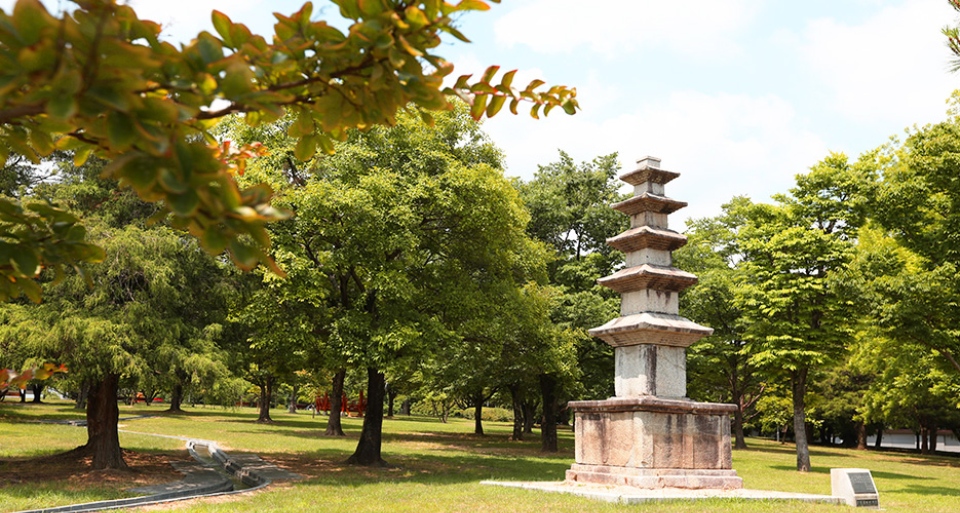
You also visit dolmen park, which has 05 relics from prehistoric times. There is also a Celadon kiln brought here from Gwangju in South Jeolla Province and a five-story stone pagoda excavated during rice cultivation in Jangun-dong in 1982.
Boseong Green Tea Field
Address: 763-65 Nokcha-Ro, Boseong-Eup, Boseong-gun, Jeollanam-do, South Korea Phone: + 82 62 852 2593 Hours: daily from 9:00 am to 6:00 pm
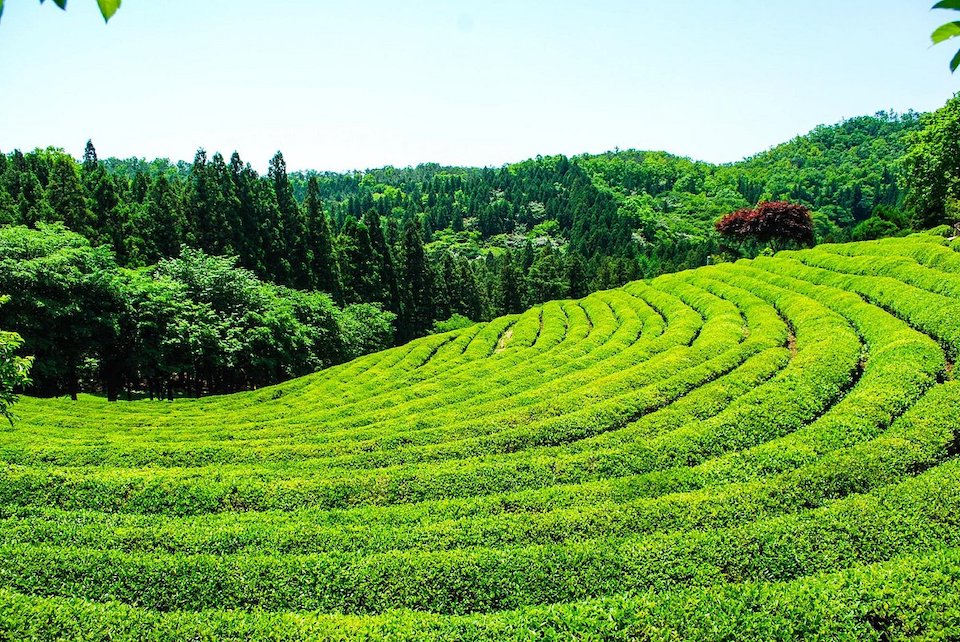
Although this tea field is located outside Gwangju city, it is worth that day trip here. You will be welcomed by the lush green, curvy, beautifully lined rows of tea fields tucked between the mountains and cedar trees was an overwhelmingly magnificent sight. Not only do your eyes have sensory overload, but the scent of green tea was in the air.
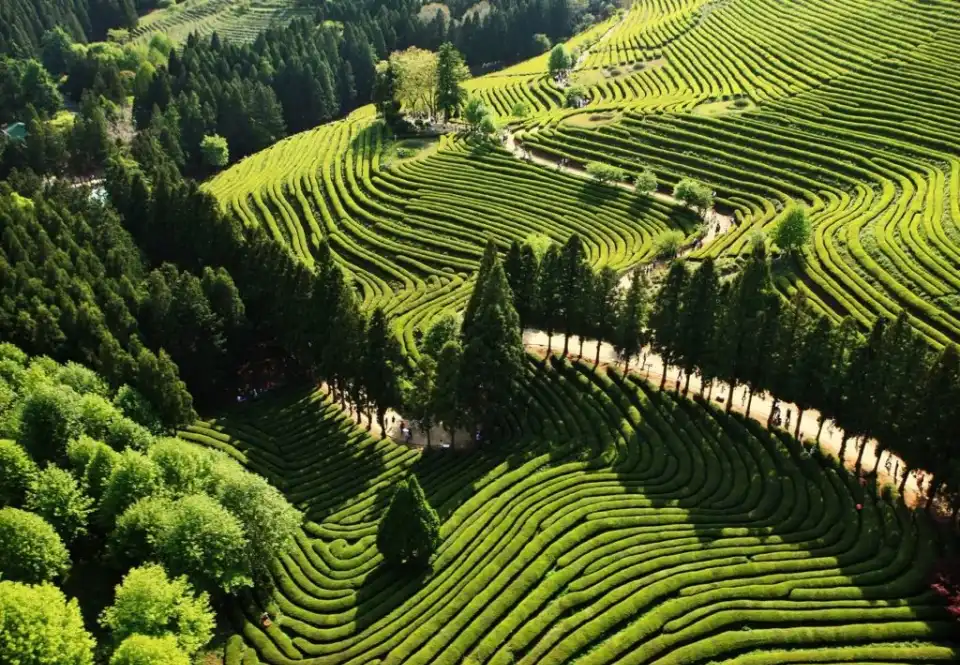
Besides the beautiful landscape, you will also learn how fresh tea leaves are harvested, processed, and sampled. Enjoy freshly prepared tea while taking in the breathtaking views of the plantations. Alternatively, if you are still up for more relaxation, take a bus ride to the nearby Yulpo Beach and enjoy the beautiful coastline.
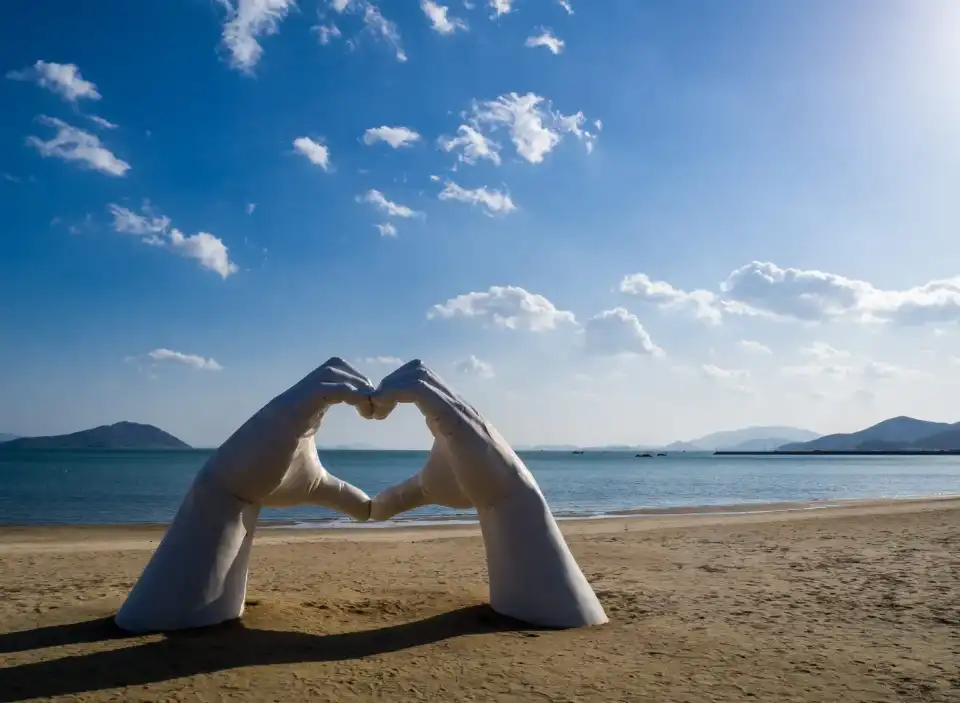
Above are the top 12 most attractive Gwangju tourist attractions for your itinerary to help you plan out your interesting visit.
Some best day tours, trips, activities and transfer services, tickets in and from Seoul you can refer to
- Private Incheon International Airport Transfers (ICN) for Seoul
- Private Incheon Airport Transfers (ICN) for Seoul
- Incheon International Airport (ICN) Limousine Bus Transfers for Seoul (Gangnam District)
- Klook Exclusive Seoul 5 Day Pass
- Discover Seoul Pass (BTS Edition Available)
- [SALE] Instant Ticket! Korea Rail Pass (KR PASS) 2/3/4/5 Days to travel around the cities in Korea
- Private Incheon Airport (ICN) and Gimpo Airport (GMP) Transfers for Seoul by S.A Tour
- Everland Private Car Charter with Admission Ticket by Wondertrip
- KAL Limousine Bus Ticket for Seoul
- [Limited Offer] AREX Incheon Airport Express Train One Way Ticket in Seoul
- Bukchon Oneday Hanbok Rental Experience (4/24 Hrs)
- Nami Island, Petite France, Garden of Morning Calm, and Gangchon Rail Bike Day Tour from Seoul
- Seoul City Sightseeing Bus (Downtown Palace Namsan Course/Seoul Panorama Course)
- [Limited Offer] Incheon International Airport (ICN) Luggage Services (Between Airport and Hotel) by Safex
- 4G Prepaid SIM Card (SK Airports Pick Up) for South Korea
- [Sale] Hanbok Experience (Hanboknam Gyeongbokgung Store) with Korean Hairstyling
- [SALE] South Korea 4G Pocket WiFi (KR Airports Pick Up) from KT Olleh
- 4G WiFi (MY Airport Pick Up) for South Korea (Unlimited Data)
- 4G Portable WiFi for South Korea from Uroaming (Unlimited Data)
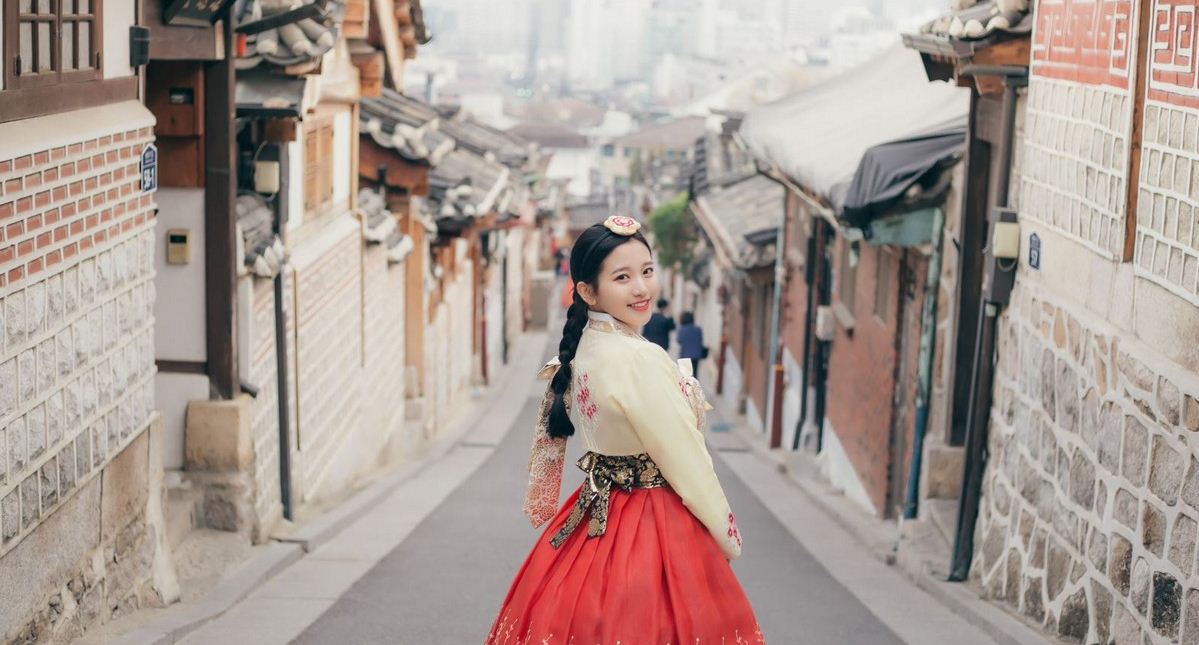
Read more Gwangju guide here . Are you finding more top things to do in Seoul: Tours, activities, attractions and other things? Let’s check it out here .
Related articles
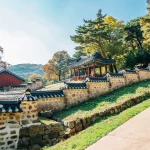
RELATED ARTICLES MORE FROM AUTHOR
What to do & how to spend 4 days in kuala lumpur, okinawa itinerary 3 days. what to do in okinawa for 3 days 2 nights, 16+ best places to visit & top things to do in kobe.
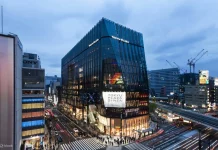
Where to shop in Tokyo? 15+ top shopping malls & best shopping places in Tokyo
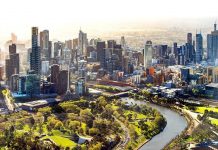
Where to visit in Melbourne? 15+ best places to visit in Melbourne
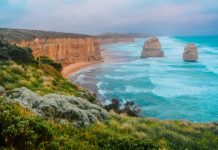
Australia itinerary 5 days. Where to go, what to do in Australia for 5 days

Australia travel itinerary 10 days. How to spend 10 days in Australia?
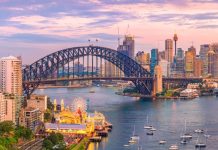
Sydney itinerary 6 days. How to spend 6 days in Sydney?
Editor picks.

What to do & how to spend 4 days in Kuala...

Okinawa itinerary 3 days. What to do in Okinawa for 3...
Popular posts.

What to buy in USA? — 17+ must buy in USA...

What to buy in Korea? — Top +23 cheap, famous &...

Must buy souvenir in Taiwan — Top 17+ most famous, cheap...
Popular category.
- Inspiration + Guide 1497
- Trip Inspiration 468
- Food + Drink 220
- Thailand 212
- Coasts + Islands 195
- South Korea 174
- Vietnam 172
- Travel Photos 144
- Work for Us
- Terms & Conditions
- Privacy Policy
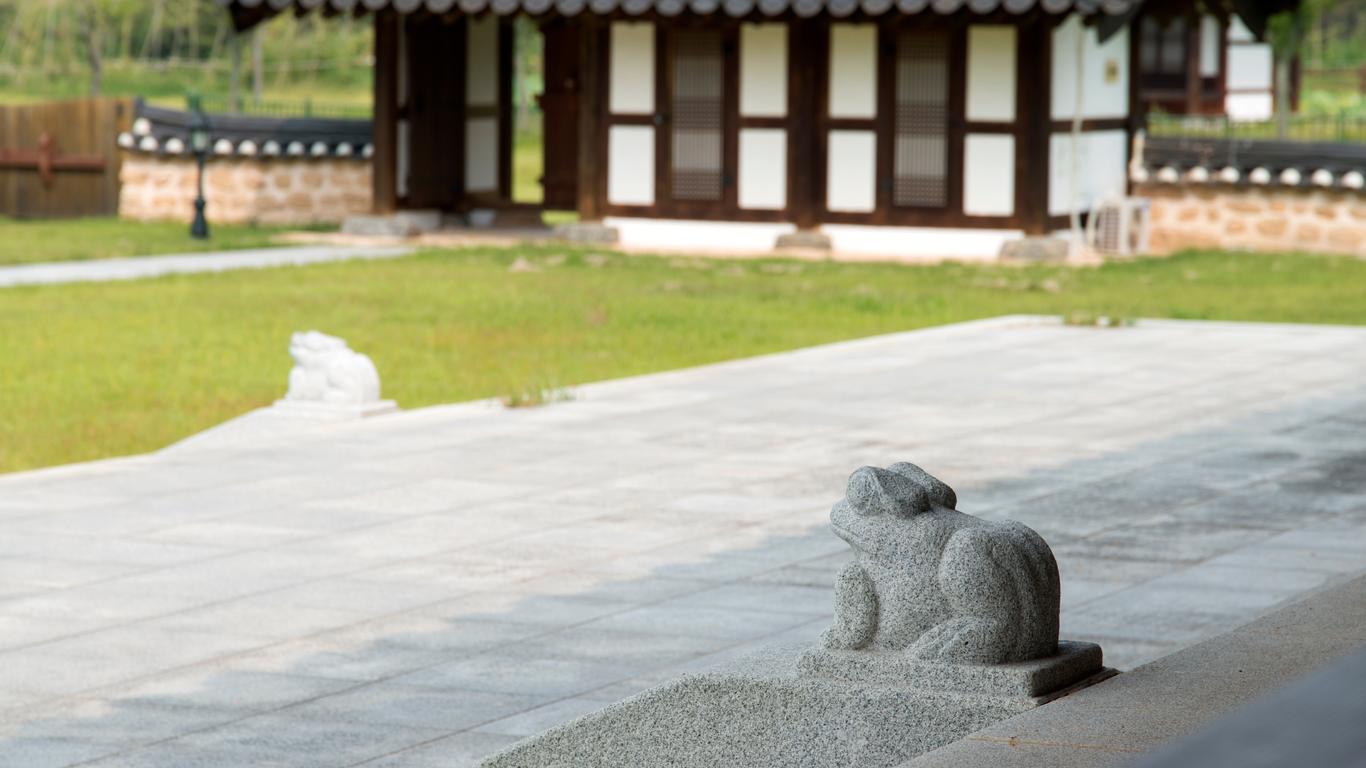
Gwangju travel guide
Gwangju tourism | gwangju guide, you're going to love gwangju.
With a population of 1.42 million, Gwangju is the largest city in Gwangju, South Korea by the number of inhabitants. It is one of the most popular cities to visit in the country. Gwangju deserves at least 2 full days for you to see its main sights.
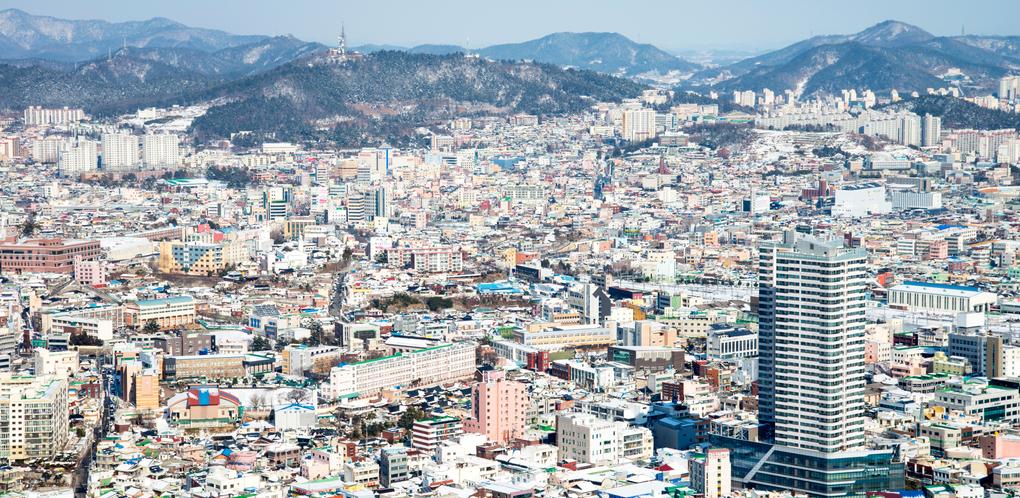
When to visit Gwangju
Looking for warm weather? Then head to Gwangju in August, when the average temperature is 78.8 °F, and the highest can go up to 86 °F. The coldest month, on the other hand, is January, when it can get as cold as 24.8 °F, with an average temperature of 32 °F. You’re likely to see more rain in July, when precipitation is around 9.9″. In contrast, December is usually the driest month of the year in Gwangju, with an average rainfall of 1.3″.

How to Get to Gwangju
When flying to Gwangju, you’ll arrive at Gwangju (KWJ), which is located 3 km from the city center. The shortest flight to Gwangju from the United States departs from San Francisco and takes around 53h.
Located 3.0 km from the city center, Gwangju Seogwangju is the busiest station in Gwangju. Another popular train station is Gwangju Songjeong, located 5 km from the center.
Another option to get to Gwangju is to pick up a car rental from Jeju City, which is about 185 km from Gwangju. You’ll find branches of The Safe Rent A Car and Jeju Rent A Car, among others, in Jeju City.
Airports near Gwangju
Airlines serving gwangju, where to stay in popular areas of gwangju, most booked hotels in gwangju, renting a car in gwangju.
Renting a car in Gwangju costs $87 per day, on average, or $173 if you want to rent if for 2 days.
Expect to pay $4.81 per gallon in Gwangju (average price from the past 30 days). Depending on the size of your rental car, filling up the tank will cost between $57.69 and $76.92. The most frequently booked car type in Gwangju is Mini (Kia Carnival or similar). If you’re looking to save money, though, keep in mind that Intermediate rental cars (Hyundai Avante or similar) are, on average, 48% cheaper than other rental car types in the city.
Top 15 Best Things to Do in Gwangju, South Korea
Gwangju tourist spots, best activities to do, and places to visit in gwangju.
- shares
- Share on Facebook
- Share on Twitter
What are the Top Tourist Attractions to Visit in Gwangju, South Korea?
Table of Contents
F or many people, a trip to South Korea usually involves itineraries that include the capital Seoul and, if time permits, a short trip to Busan , Daegu , or Incheon . My point is, a few people know about other great cities in South Korea with a lot to offer. Seoul is a beautiful city, don’t get me wrong. It has plenty of attractions that might take you weeks to see all, but sometimes it is good to break the rut and instead of booking a flight to the capital, head to the Honam region. Here you will find a city called Gwangju, which means “light province.”

Gwangju is usually overlooked and underrated in terms of travel, but don’t be fooled; it offers lots. And that is what we are going to look at today.
Gwangju National Museum

If you are new to the city, learning about the region’s cultural history will do you a lot of good. Gwangju National Museum contains important artifacts, paintings, and calligraphies dating back to the Joseon era.
The museum has been serving visitors since 1978, and its architecture is inspired by the traditional Korean style.
The museum has two floors. The first floor is focused on exhibitions, while the second floor is dedicated to ceramics recovered from a shipwreck from the 14 th century.
On the outside, you will find many monuments scattered throughout the compound.
The best part is that it’s a free museum!
Mudeungsan National Park

With the summit standing at 1,187 meters, Mudeungsan National Park offers an excellent opportunity to refresh and enjoy the vistas of the city below. The peak can be reached via various trails that start at the Wonhyo-sa temple, which also happened to have a bell from the 1700s.
The rocky bluffs, including Ipseok-dae and Seoseok-dae, are worth seeing.
Boseong Green Tea Field

Though this tea field is located outside the city, it is worth it that day trip there. The sprawling hills of lavish green tea manors are sights to behold. Besides the beautiful landscape, you will also learn how fresh tea leaves are harvested, processed, and sampled. Enjoy freshly prepared tea while taking in the breathtaking views of the plantations.
If you are still up for more relaxation, take a bus ride to the nearby Yulpo Beach and enjoy the beautiful coastline.

Since the Three Kingdoms Period, this hill has had significant historical importance to the People of Korea. Surrounded by a century-old forest, if you look around, you can find a stone altar podium to various deities from between the 1 st and 7 th centuries.
You will also find plenty of modern shrines, including one used for sacrifices during the infamous Korean War.
But the park’s highlight is the observation tower, built in 2014. There are two ways to reach the top of the building – using stairs or an elevator. On top of the tower, you can see the Gwangju skyline.
Gwangju-Kia Champions Field

A baseball game outside the United States and Canada seems unthinkable. But that is until you visit the Gwangju-Kia Champions Field, a home grounds for the Kia Tigers. The stadium can accommodate more than 22,000 people.
Kia Tigers is the Yankees of South Korea, and if you are a baseball fan, you will feel right at home cheering them on. However, note that the baseball season commences in April and ends in November, while games kick off at 5 p.m. and run through 6.30 p.m.
Gwangju National Science Museum

The striking Gwangju National Science Museum is located within the Gwangju High-tech Science Industrial Complex.
Everything here is hi-tech, and you will feel like you have just entered the future. “Light” is the primary motif of this museum.
The World of Light section is dedicated to everything light, including its properties.
Inside, you will also find a playground, an excellent place for kids, an auditorium, and a 3D Theater for experiments and robot dance shows.
Daein Market

Though many thought it would be affected when large shopping stores arrived in the city, Daein Market is still going strong. While it was slightly affected, the empty stalls were transformed into art galleries.
Today, the market spans six districts and includes art studios, gift shops, food stores, and everything you want from a busy open market.
1913 Songjeong Station Market

Another historic market you can browse, 1913 Songjeong Station Market, is located just across Gwangju Songjeong Station. Like the Daein Market, it also experienced some trying moments until it was transformed into a trendy hub a few years ago. This included refurbishing the buildings along the alleys and adding new food stores, cafés, and pop-up stores.
The market is also great for trying out some delicious street food.
Gwangju Lake Eco Park

Located about half an hour from central Gwangju by bus, Lake Eco Park is ideal for unwinding and escaping the busy city life. The inviting grassy knoll is great for lying down and enjoying the cool lake breeze, while the wooden observation deck is perfect for bird-watching.
There are also several trails leading past four-century-old paddles.
Chungjang-ro

Chungjang-ro was the ground zero for the 1980 Gwangju Democratization Movement, but today, it is the city’s prime entertainment and shopping hub.
If you want to know about the current fashion trends, Chungjang-ro is the place to be. The street is mainly pedestrianized and has hosted annual festivals since the 1970s.

This traditional garden is located just a short distance from Lake Eco Park. It was designed and created in the 16 th century to reflect the state of being contented and living in poverty with integrity.
The garden is peaceful and is surrounded by mud and stone walls. Inside the walls, you will find an artificial waterfall, a pond, and two beautiful pavilions.
Dongmyeong-dong Café Street

When you come across this building, you will be instantly enticed by the ostentatious facades of themed pubs, cafés, and restaurants.
Hop into one of the shops and enjoy a hot or cool beverage while enjoying live music.
Asia Cultural Center (ACC)

ACC organizes live music and dance performances, film screenings, modern and contemporary art shows, festivals, and workshops, among many other events and occasions dedicated to the region’s culture.
Gwangju Family Land

This mid-sized theme park is ideal for a family day out. It is located on the edge of the Buk-gu district on 290 acres overlooking a lake.
There are many thrilling rides and attractions, such as carousels, a rollercoaster, a slide pool, and a swinging Viking ship.
Try Korean food

Before leaving Gwangju, set aside at least one afternoon to sample some of the traditional dishes.
You can do this in the following restaurants:
- The First Alleyway
- Gwangju Kimchi Festival
- Cheongwon Momil
Frequently Asked Questions:
Is gwangju worth visiting.
Gwangju, South Korea, is worth visiting for its rich history, culture, and natural beauty. The city offers a blend of modern and cultural attractions, including Mudeungsan National Park, May 18th National Cemetery, and the Asia Culture Center.
What is famous in Gwangju?
Gwangju, South Korea, is renowned for its historical significance, vibrant arts scene, and natural attractions. Notable points of interest include the May 18th National Cemetery, Mudeungsan Mountain, the Asia Culture Center, and the Gwangju Biennale, a prominent contemporary art exhibition.
What is Gwangju city known for?
Gwangju is known for its rich and diverse cuisine, historical significance, and vibrant arts and culture scene. The city also holds a significant place in Korean history as the birthplace of Korean democracy, with its citizens playing a pivotal role in the country’s democratic movement.
How many hours from Seoul to Gwangju?
The travel time from Seoul to Gwangju by KTX high-speed train is approximately 1 hour and 42 minutes.
Gwangju Travel and Tour Packages
To help you plan your visit to Gwangju, we listed places and things to do for your itinerary. We also listed some of the best Gwangju travel and tour packages, excellent flight deals and accommodation.
Tripadvisor has a list of the best Gwangju vacation packages. You may check out Airbnbs listings in Gwangju for cheap but high-quality accommodation.
Searching for the best Gwangju hotels, resorts, and affordable flights in the nearby Cities? Check out our list of cheap Gwangju hotels and resorts via Agoda , or you may also see available Airbnb properties in the city.
Want more updates about new tourist attractions in Gwangju? Follow #TeamOutofTown, on Facebook , Twitter , Instagram , and Pinterest for more travel ideas.
- Best Things To Do In Fez, Morocco
- Top 12 Best Places To Visit In South Korea
- 7 Reasons Why Japan Should Be On Your Wander-List
- Top 15 Places to Visit When in South Korea
- Top 22 Best Things to Do in Hokkaido: Tourist Spots + Places to Visit
- The Top 21 Ways to Explore the Philippines
Written by Melo Villareal
Melo Villareal is the Online Publisher of Outoftownblog.com. He is an Accountant by profession who left the corporate world at the age of 23 to explore his beautiful country and the rest of the world. Today, Melo works as a part-time Social Media Manager for local and international clients. His full-time work focuses on discovering interesting culture, explore different cuisines and take memorable photos from local and international destinations he's visiting.
What do you think?

DOT Celebrates as Palawan Reclaims Best Island in the World Citation

10 Most Beautiful Airbnbs In Negril Right Now For Your Next Vacation
© 2024 by Team Out of Town
With social network:
Or with username:.
Username or Email Address
Remember Me
Forgot password?
Enter your account data and we will send you a link to reset your password.
Your password reset link appears to be invalid or expired.
Privacy policy.
To use social login you have to agree with the storage and handling of your data by this website. Privacy Policy
Add to Collection
Public collection title
Private collection title
No Collections
Here you'll find all collections you've created before.

MiddleClass
For the Middle Class, by the Middle Class. Best of both Singapore & Korea.
- Gwangju Travel Guide: 5 Things To Do In Gwangju Before Exploring Jeollanam-do
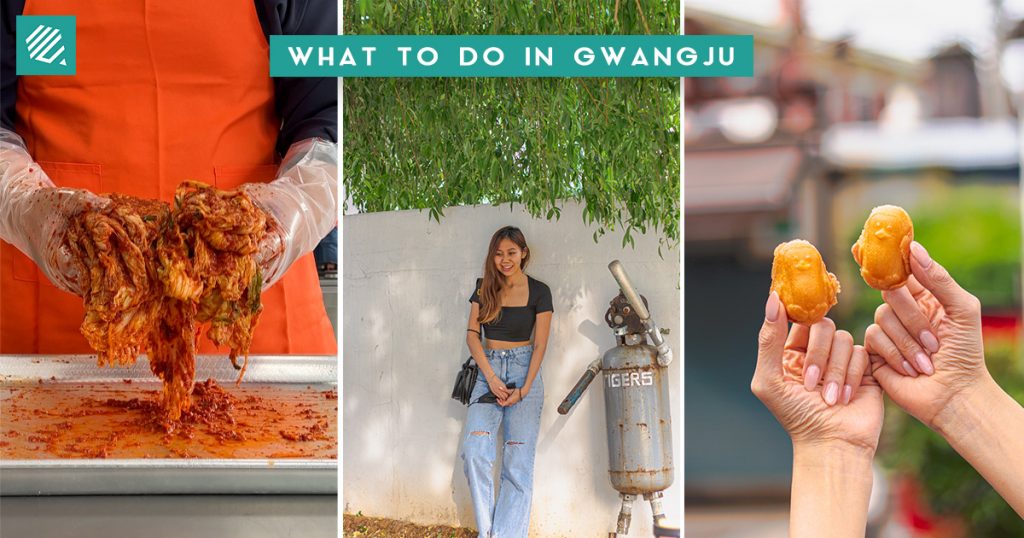
Gwangju is a city filled with history in South Korea. The southwestern city is located in the middle of the Jeollanam-do region, home to good food and gorgeous destinations. Because of its location, Gwangju is also a perfect spot for a base camp should you be interested in taking day trips to various regions of Jeollanam-do.
Here’s what you can do while you’re in Gwangju!
Travelling to Gwangju from Seoul
There are several ways to travel to Gwangju from Seoul:
You can take a direct bus from the Express Bus Terminal in Seoul which will take around 4hrs. You can read our Sokcho Travel Guide for more details on travelling to cities via bus.
A simpler option is to take the KTX train from Seoul station which cuts the travel time by half, so you’ll essentially reach Gwangju within 2 hours. Tickets can be pre-booked online via this website .
You can also rent a car and drive down to Gwangju yourself, stopping by rest stops along the way. The time taken will be similar to a bus ride, which is roughly 4 to 4.5 hours.
Things To Do in Gwangju
Learn about gwangju’s history at jeonil building 245.
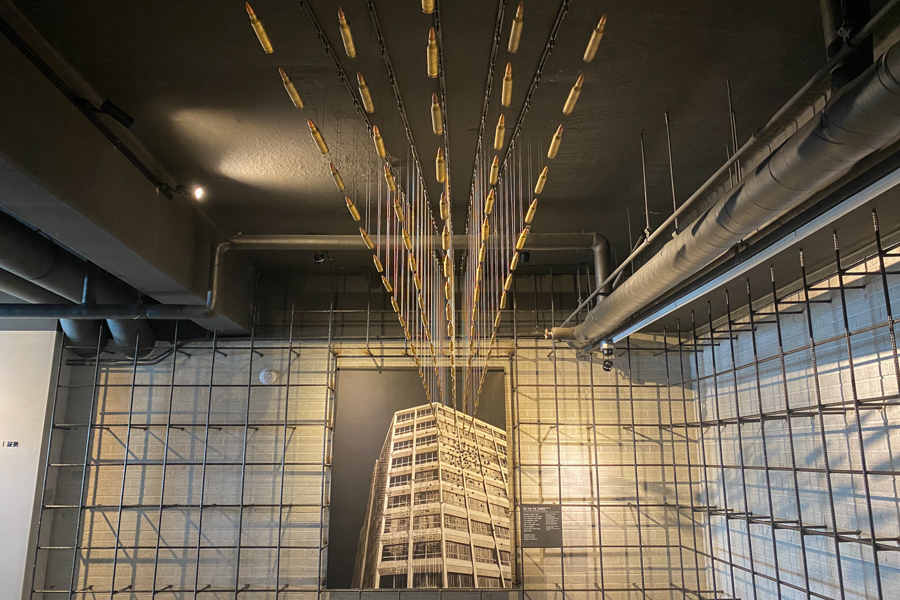
Known as the home of the democratization movement in Korea, one of Gwangju’s most significant events takes place in 1980, from May 18 to 27 when locals demonstrated against the martial law government.
Jeonil Building 245 is a great place to learn more about 5.18, as there’s a memorial hall on the 10 th floor depicting the events in detail. You’ll also find out about the special yet dark meaning behind the number 245.
We recommend allocating around 1.5 to 2 hours here. Once you’re done with the various exhibitions, head up the rooftop for an aerial view of Gwangju.
Chill At Asia Culture Center
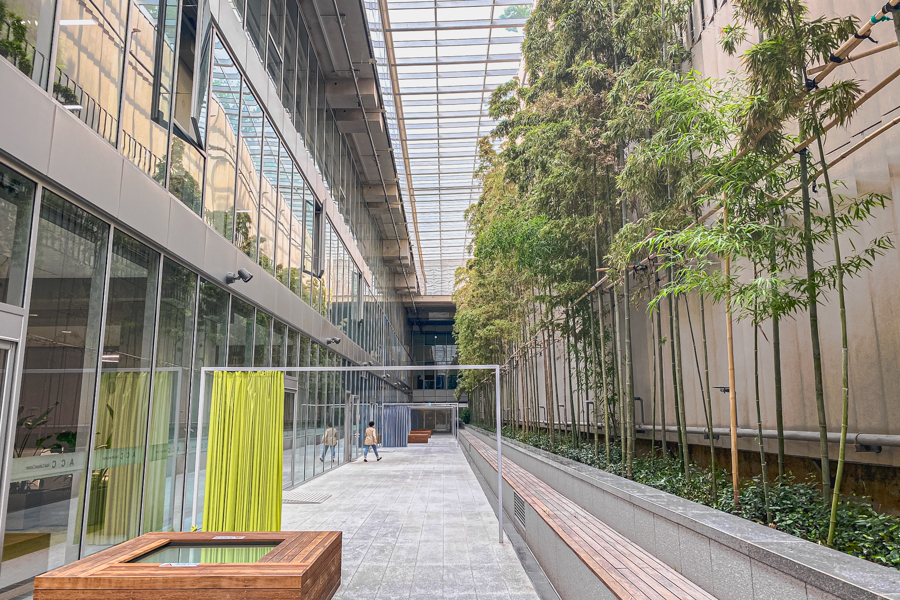
The Asia Culture Center, or ACC, is a huge space in the heart of Gwangju. Spend an afternoon chilling in the sun, or head into the library to relive your university days. Inside, you’ll even find a mini bamboo forest that’s flooded with natural light despite being located on Basement 3.
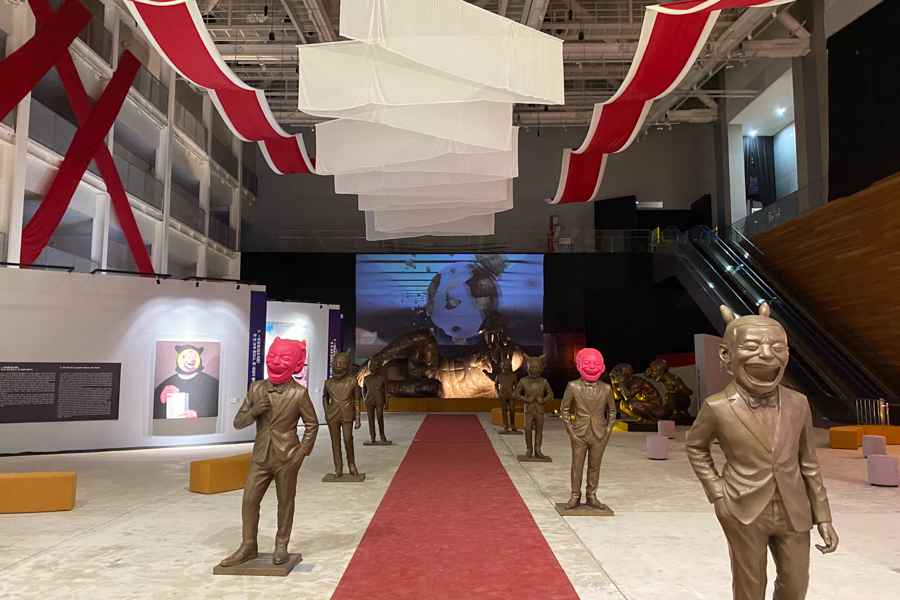
During our time of visit, we even managed to visit a massive Yue Minjun Exhibition featuring his contemporary art pieces.
Explore Penguin Village
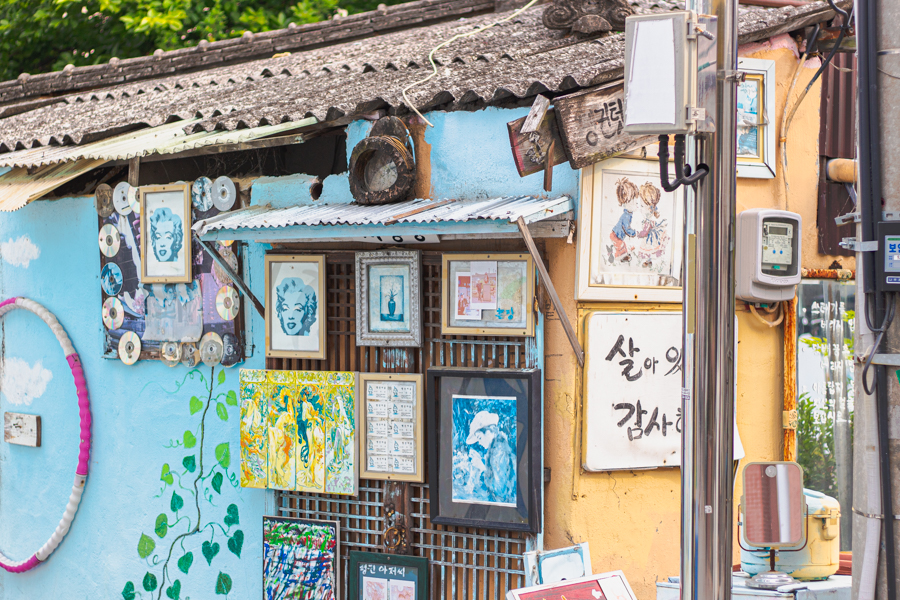
No, there aren’t real penguins over at Penguin Village. The name ‘penguin’ was derived from the way elderly folk walk due to their knee pain which resembles the way penguins walk. (don’t worry – it’s all done in good faith)
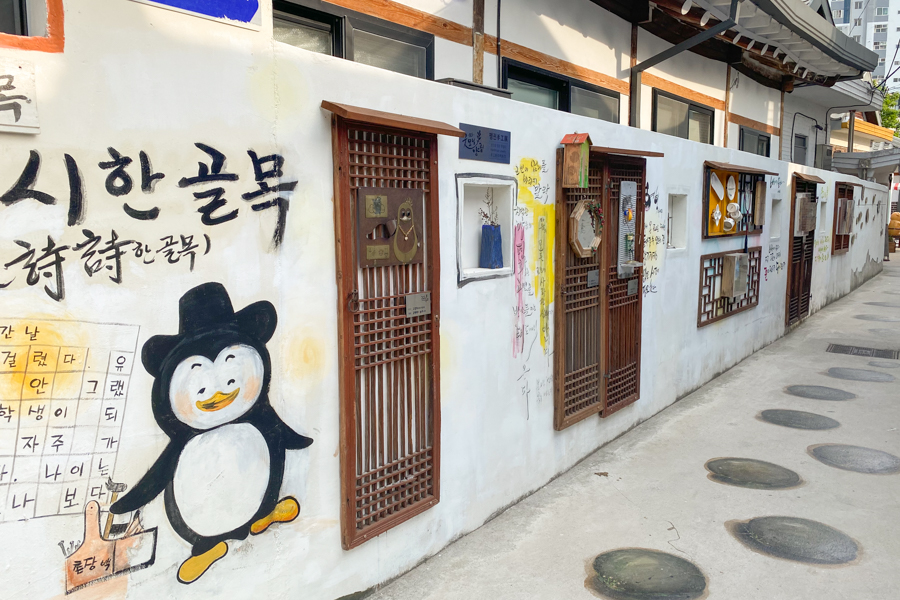
With so many penguin murals over at Penguin Village, the tiny little neighbourhood has become an attraction among locals and foreigners for photos. You’ll also find backdrop-worthy walls filled with clocks, and hidden corners decorated with items from the past.

You can also buy a bag of Penguin Bread to complete your experience in Penguin Village! If you like taking photos, 1.5 hours should be enough time to explore the village.
Get A View of Gwangju on The Mudeungsan Monorail
View this post on Instagram A post shared by 주말여행 [위켄두잇] (@weekend_do.it)
For a thrilling time, head up the mountains on a ski lift near Mudeungsan. Firstly, you can either choose to hike your way up to the monorail starting point or take a ski lift up. However, do note that the hike will take around 1.5hrs to 2hrs, varying from person to person.
The slow monorail ride offers you a bird’s eye view of the surrounding mountains and the city of Gwangju. Might not be the best activity for those afraid of heights though.
Make Your Own Kimchi at Kimchi Town
View this post on Instagram A post shared by MiddleClass.sg (@middleclasssg)
Kimchi is no doubt one of Korea’s most representative foods. In Gwangju, Kimchi Town is where you can learn everything about the iconic fermented dish. Understand the different types of kimchi over at the kimchi museum or try your hand at making your own kimchi. Don’t worry, even if you don’t understand Korean, the process is relatively easy to follow.
Explore Jeollanam-do
Gwangju is a great place to kickstart your Jeollanam-do journey! Over the next few weeks, we will be sharing more things to do in South Jeolla Province, so do keep a lookout by following us on our socials. In the mean time, here are some articles to help with your next Korea trip:
- Suwon Day Trip Itinerary
- 12 Cafes in Seongsu
- Sokcho Travel Guide
*Follow MiddleClass.sg on Facebook, Instagram , and Telegram for more food, travel, and trending stories
Leave a Reply Cancel reply
You must be logged in to post a comment.
Related Stories
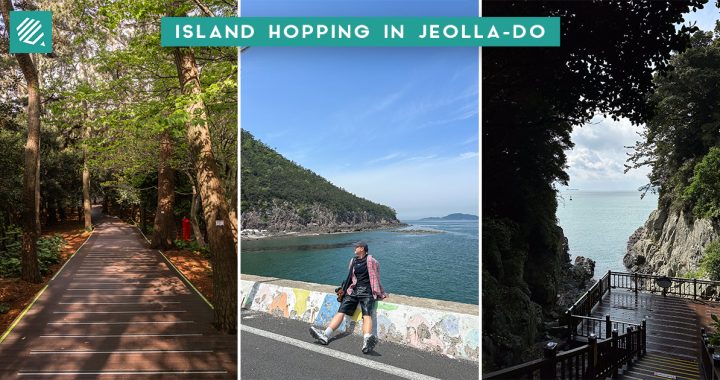
Island Hopping in Jeolla-do: Idyllic Nature Trails, Hidden Local Gems & More
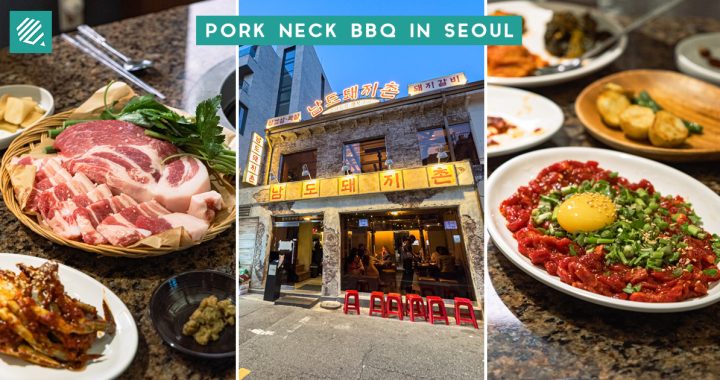
Namdo Dwaejichon (남도돼지촌): Pork Neck BBQ In Seoul With Yangnyeom Gejang
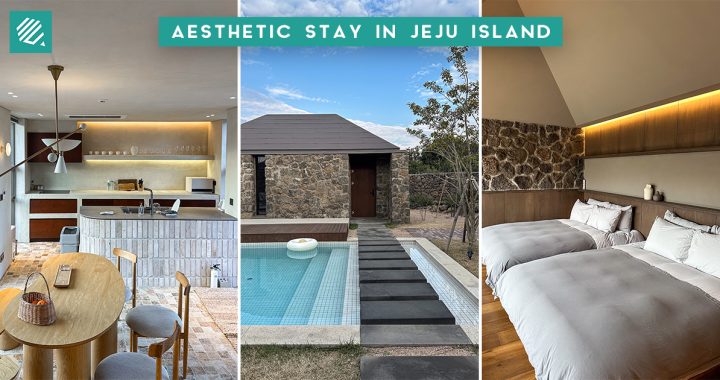
JejeSoso (재재소소): Private Stone House Accommodation Near Sanbangsan in Jeju with Heated Pool, Sauna & More
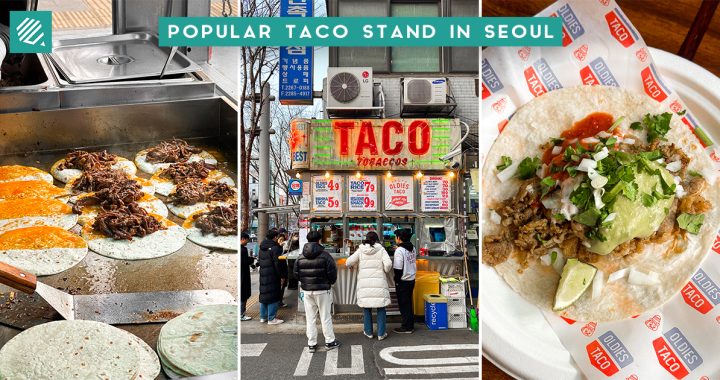
Oldies Taco (올디스타코): Hip Taco Stand With Long Queues at Euljiro-3-ga, Seoul
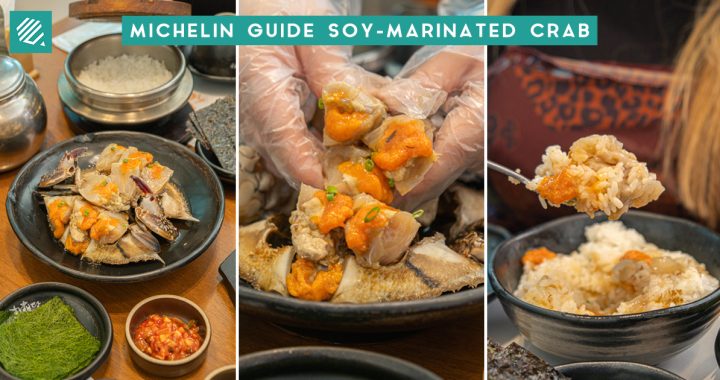
Hwa Hae Dang (화해당): Michelin Guide Soy Marinated Crab In Seoul
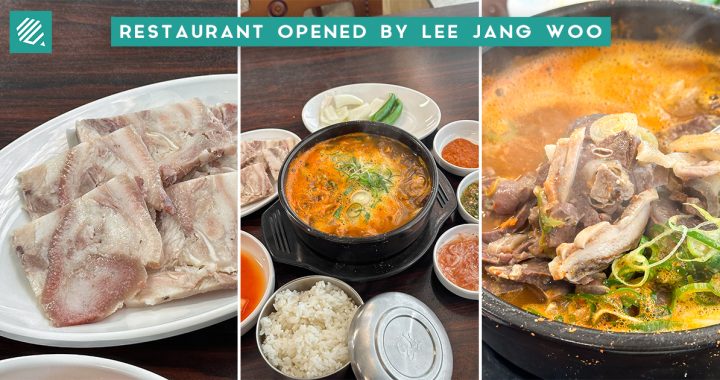
Hoseokchon (호석촌): ‘I Live Alone’ Lee Jang Woo’s 24-Hour Sundae-Guk Restaurant in Seoul
You may have missed.
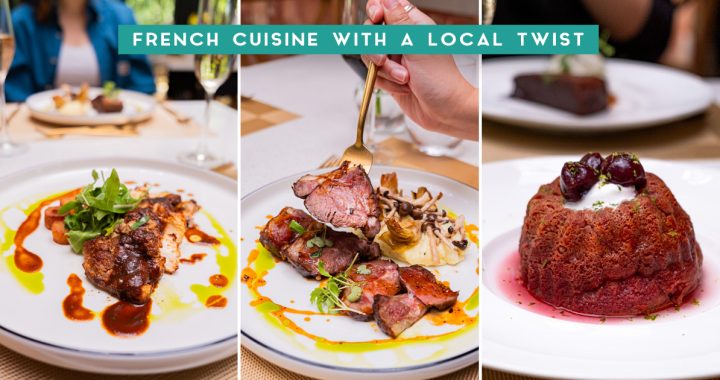
Vineyard: Vibey French Restaurant In Hortpark With Locally Sourced Produce
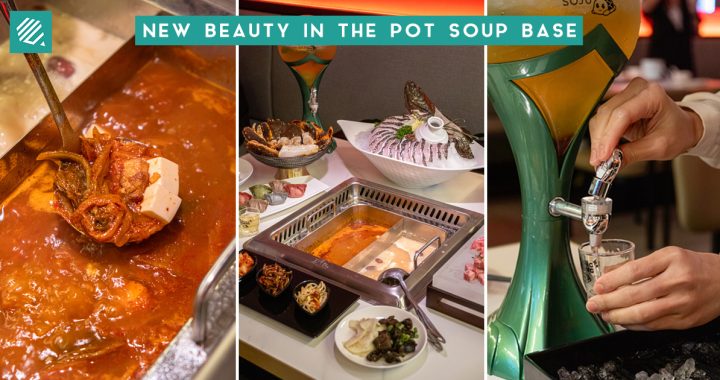
Beauty In The Pot Launches New Limited-Time Korean-Inspired Soup Base With Hanjip Korean Grill House
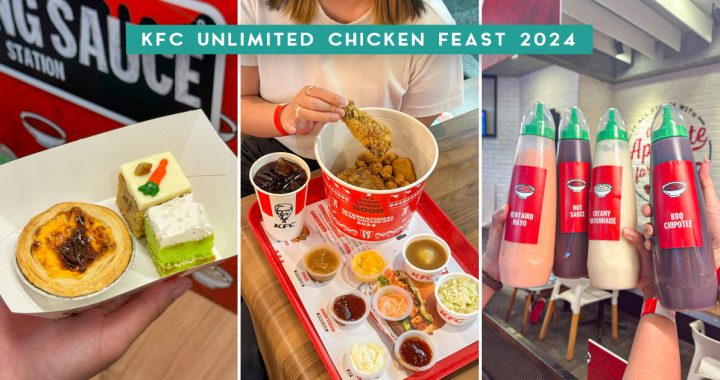
KFC Unlimited Chicken Feast 2024: Enjoy Free-Flow Fried Chicken Across 5 Outlets
Expedia Rewards is now One Key™
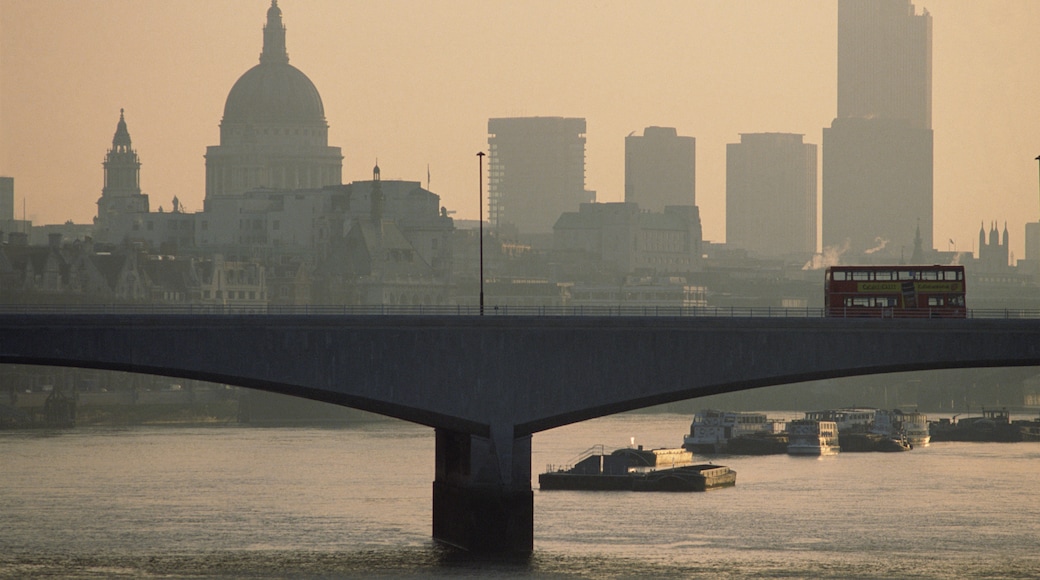
Visit Gwangju
Where to stay in gwangju.
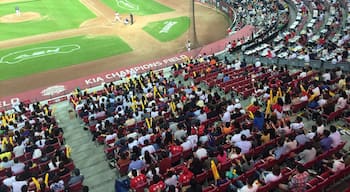
You'll enjoy the mountain views and monuments in Buk-gu. You might want to make time for a stop at Gwangju-Kia Champions Field or Gwangju Art and Culture Center.
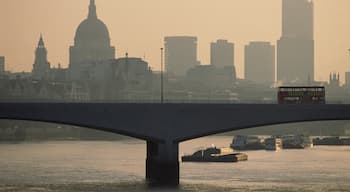
Shopping and restaurants are highlights of Seo-Gu. Make a stop by Guus Hiddink Stadium or 5-18 Memorial Park while you're visiting, and jump aboard the metro at Sangmu Station to get around town.
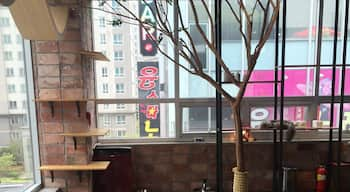
Gwangsan-gu
You'll enjoy the parks and shopping in Gwangsan-gu. You might want to make time for a stop at 1913 Songjeong Station Market or Ssangam Park.
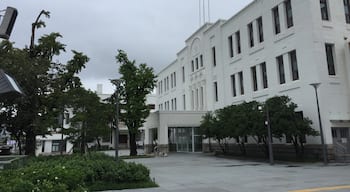
You'll enjoy the museums and parks in Dong-Gu. You might want to make time for a stop at Chosun University Museum of Art or National Asian Cultural Complex.
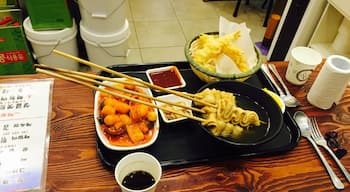
If you're spending some time in Nam-gu, Missionary's House of Wilson and House of Lee Jang-woo are top sights worth seeing.
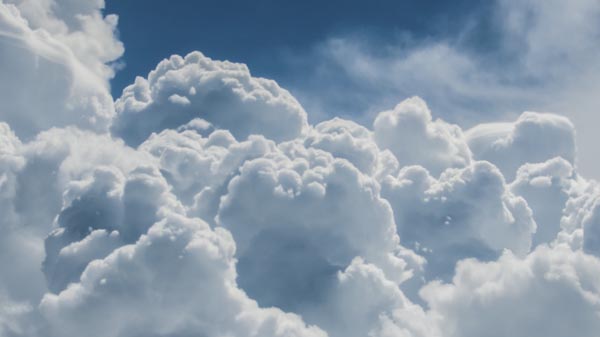
Yangnim-dong
Travelers like the historic sites in Yangnim-dong, and Missionary's House of Wilson is a top attraction you might want to visit.
- Gwangju Hotel Deals
- Vacation Rentals in Gwangju

Reviewed on Apr 27, 2024

Reviewed on Jun 10, 2024

Reviewed on Jun 18, 2024

Reviewed on Oct 30, 2022

Check Gwangju hotel availability
Popular places to visit.
- Gwangju-Kia Champions Field
Catch an event at Gwangju-Kia Champions Field during your trip to Gwangju. While in the area, you can find time to visit its shops.
- 1913 Songjeong Station Market
During your visit to Saejang, you can find the perfect gifts to bring home at 1913 Songjeong Station Market. Discover the mountain views while you're in the area.
Kimdaejoong Convention Center
Learn about the events happening at Kimdaejoong Convention Center during your trip to Maruk. Visit the area's shops, or simply enjoy its restaurants.
- Mudeungsan Mountain
Commune with nature and explore the great outdoors at Mudeungsan Mountain during your travels in Gwangju. Wander the parks or discover the area's mountain views.
- Geumnam-ro Street
During your trip to Gwangju, you can search for that perfect souvenir at Geumnam-ro Street. Discover the area's art scene and monuments.
Guus Hiddink Stadium
Catch an event at Guus Hiddink Stadium during your trip to Gwangju. Visit the area's shops, or simply enjoy its restaurants.
Reviews of Gwangju
Unique. Different compared to Seoul and Busan. Had to initiate Korean phrases more often to receive the proper response.
5/5 - Excellent
I’m coming back to check real state.
2/5 - Disappointing
There wast a lot to do.
- Cities near Gwangju
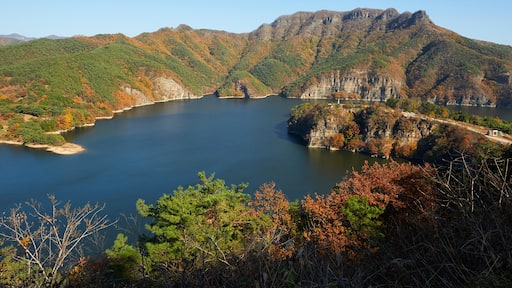
- Places of interest
- National Asian Cultural Complex
- Yangdong Market
- Gwangju Art and Culture Center
- Gwangjuho Lake Eco Park
- Gwangju Art Street
- Gwangju National Museum
- Kumho Family Land
- Daein Market
- JeungSimSa Temple
- Yangnim-dong Missionary Cemetery
- Penguin Village
- Yeongsangang River Culture Pavilion
- Gwangju World Cup Stadium
- Namdo Folk Food Museum
- Kunsthalle Gwangju
- ENVIRONMENT
- FOREIGN AFFAIRS
- REAL ESTATE
- WHAT’S ON
- LATEST NEWS
- GREEK EDITION
His photos exposed a bloody crackdown, but his identity was a secret

It is an iconic image — a black-and-white photo of a blood-splattered student being clubbed by a paratrooper medic. It was the first photo to slip through the military cordon around Gwangju, South Korea, in 1980, exposing the brutal suppression of what would be known as the Gwangju Democratization Movement.
But for years, the identity of the photographer — an unassuming man named Na Kyung-taek — remained a secret.
Na dared not take credit for the photo and other unsettling images from Gwangju for fear of the military junta and its leader, Chun Doo-hwan, whose crackdown there left hundreds killed or missing in the darkest chapter in South Korea’s long struggle against dictatorship. Chun’s rule ended in 1988, and now many in South Korea support a constitutional revision to sanctify Gwangju’s role in the country’s democratization. Still, most have never heard of Na.
Na, 75, sounded indifferent to the lack of recognition during an interview in Gwangju, where he was a photojournalist for four decades until his retirement in 2007. But he was still haunted by what he saw that fateful spring.
“South Korean democracy began in Gwangju,” he said. “I just did what little I could for its citizens.”
Na was born in Naju, near Gwangju, in 1949, a farming family’s only son with five elder sisters. He joined Jeonnam Maeil, one of the two Gwangju daily newspapers, in 1967 after high school.
When then-President Park Chung-hee visited the region amid drought and it happened to rain, the two dailies blared identical front-page headlines praising the military strongman as a “rainmaker.” The editor of Na’s paper bragged that his headline was bigger than his rival’s.
“Our newspaper had three photographers but two cameras,” Na recalled. “When one of us came in, another took the camera and went out.”
When Park’s 18-year rule ended with his assassination in late 1979, Chun, another army general, seized power. The next May, Chun banned all political activities, closing schools and arresting dissidents. When people in Gwangju rallied against martial law, he sent in tanks and paratroopers.
Na was attending a Sunday Mass in a suburb May 18 when people from Gwangju were reporting a commotion. It was the beginning of a 10-day uprising during which soldiers shot protesters and citizens fought back with stones and rifles stolen from police stations.
Na found the city center so thick with tear gas that he could not take any pictures; he had no gas mask. The next day, he saw a radio station car on fire. Under martial law censorship, local media vilified the protesters as “violent mobs” but did not report military brutality. Angry citizens later torched two TV stations as well.
“I was as afraid of protesters as of soldiers,” Na said. “When they saw a reporter, there was murder in their eyes.”
Na hid on the fifth floor of a building and took pictures of what was unfolding down on the street: a civilian made to kneel before armed soldiers, a man and woman with blood streaming down their heads as they were dragged away by paratroopers, and the student cudgeled by a paratrooper wearing a medic’s red-cross armband.
Na rushed to his evening newspaper, only to find it unable to publish anything about the crackdown. When reporters put together a bulletin, editors confiscated and destroyed its typesetting.
“We saw citizens being dragged away like dogs and slaughtered, but could not report a single line about them,” said the reporters’ joint letter of resignation.
Na and a sympathetic editor decided to hand over his photos to foreign news media.
Tony Chung, a photographer for the U.S. news agency UPI, was in Seoul, South Korea, when two reporters from Gwangju furtively approached him. They were carrying two envelopes, one for Chung and the other for The Associated Press in Seoul. Each envelope contained photographs taken by Na and Shin Bok-jin, a photographer for the other Gwangju daily, Jeonnam Ilbo.
There had been sketchy reports about “riots” in Gwangju, Chung, who is retired and lives south of Seoul, said by telephone. But the photos contradicted the government by bearing witness to military atrocities.
Chung didn’t know who took the photos and didn’t ask. The photographers’ identities had to be protected for their safety, he said.
The first of the several photos Chung transmitted abroad was that of the club-wielding medic. The government’s information minister accused him of propagating a “fake” photo, and an intelligence agent warned Chung to watch his back at night. Chung was not intimidated, and years later, in 1987, his photo of a student killed in an anti-government protest, taken for Reuters, helped propel South Korea’s democratization to its climax.
“Those photos from Gwangju told the truth, compelling foreign journalists to rush there,” said Chung, 84.
In 1980, although his newspaper had closed, Na continued to take pictures until more journalists, including Chung, arrived in Gwangju. Together, they captured the city in indelible images. Citizens gathering around people killed by soldiers. The burning of “Chun Doo-hwan the murderer” in effigy. The commandeering of military jeeps and trucks. Paratroopers moving in with armored vehicles, and surrounding and bludgeoning students cowering on the street. Protesters lying dead in blood. Mothers wailing over rows of coffins.
Na spent nights hiding inside a bullet-scarred building, hungry and fearful of army snipers. Protesters once grabbed him by the collar, asking “what kind of reporter I was, not publishing what I saw.”
“I didn’t know how to make them understand that I wanted to leave a record with my camera, even though I could not publish my photos,” he said.
Today, the pictures by Na and Shin, the photographer for the other newspaper, who died in 2010, remain virtually the only images capturing the early days of the turmoil, said Jang Je Geun, an editor of three books of Gwangju photos.
The uprising ended May 27, when paratroopers stormed the city hall, where the protesters, including high school students, took their last stand with a rifle and a few bullets for each. As the early-morning attack began, a female student named Park Young-soon appealed through loudspeakers on the roof: “Citizens of Gwangju, please don’t forget us.”
By the official count, nearly 200 people were killed in Gwangju, including about 20 soldiers, half of them by friendly fire. Civic groups have suggested that the toll was much higher.
Na’s newspaper reopened six days after the bloodbath ended but still could not mention the events. When the paper carried a poem describing a city “abandoned by God and birds,” most of it was redacted by censors. Na and other reporters visited the victims’ graves and laid flowers in apology.
Na hid his negatives in the ceiling of his apartment because the military was looking for the source of the picture of the baton-wielding paratrooper. When officers visited his home demanding copies of all his photos, Na kept sensitive ones hidden.
Gwangju inspired a wave of protests across South Korea, forcing the government to agree to democratic reforms in the late 1980s. The photos Na hid were finally shown in public exhibitions and used as evidence when parliament investigated the military crackdown. But it was not until 1990, when the Catholic Church honored him for his courage, that Na was identified as their source.
In 2011, an archive on the Gwangju uprising, which included 2,000 photos by Na, was inscribed into UNESCO’s “Memory of the World” program that aims to preserve important documentary heritages around the world.
Married with three grown-up daughters, Na worked at a health center for the elderly for several years after leaving journalism. But he is never free from the pain of Gwangju.
Today, the old military disinformation — that the Gwangju “riots” were instigated by “hooligans” and “communist elements” — is still amplified online by right-wing extremists. Na spends his retirement giving lectures and attending photo exhibitions to help set the record straight.
Looking back, Na has one regret.
On the fourth day of the uprising, he found himself amid paratroopers, with his cameras hidden under his shirt. He heard a captain repeating an order that came through the radio to shoot into the crowds. Na fled for his life, and no one took pictures of the mass shooting.
“I should have taken out my camera,” he said, “although if I had, I probably wouldn’t be here.”
This article originally appeared in The New York Times .
Subscribe to our Newsletters
Enter your information below to receive our weekly newsletters with the latest insights, opinion pieces and current events straight to your inbox.

D-Day at 80
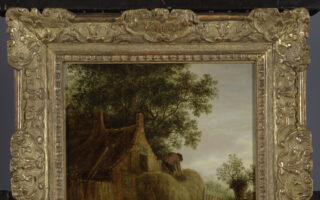
Heirs awarded Nazi-looted art are still waiting, 17 years later
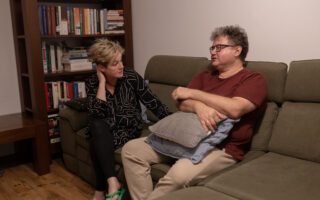
Bloody 1989 revolution casts a long shadow in Romania
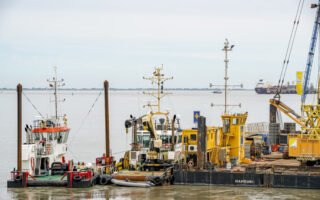
Live bombs from wars past delay Germany’s energy-independent future

AIPAC unleashes a record $14.5 million bid to defeat a critic of Israel

The best alternative to dating apps? Running clubs, apparently
- Share full article
Advertisement
Supported by
The Global Profile
His Photos Exposed a Bloody Crackdown, but His Identity Was a Secret
Na Kyung Taek’s photos bore witness — and helped bring international attention — to the military junta’s brutal suppression of a pro-democracy uprising in Gwangju, South Korea, in 1980.

By Choe Sang-Hun
Reporting from Gwangju, South Korea
It is an iconic image — a black-and-white photo of a blood-splattered student being clubbed by a paratrooper medic. It was the first photo to slip through the military cordon around Gwangju, South Korea, in 1980, exposing the brutal suppression of what would be known as the Gwangju Democratization Movement .
But for years, the identity of the photographer — an unassuming man named Na Kyung Taek — remained a secret.
Mr. Na dared not take credit for the photo and other unsettling images from Gwangju for fear of the military junta and its leader, Chun Doo-hwan , whose crackdown there left hundreds killed or missing in the darkest chapter in South Korea’s long struggle against dictatorship. Mr. Chun’s rule ended in 1988, and now many in South Korea support a Constitutional revision to sanctify Gwangju’s role in the country’s democratization. Still, most have never heard of Mr. Na.
Mr. Na, 75, sounded indifferent to the lack of recognition during an interview in Gwangju, where he was a photojournalist for four decades until his retirement in 2007. But he was still haunted by what he saw that fateful spring.
“South Korean democracy began in Gwangju,” he said. “I just did what little I could for its citizens.”

Mr. Na was born in Naju, near Gwangju, in 1949, a farming family’s only son with five elder sisters. He joined Jeonnam Maeil, one of the two Gwangju daily newspapers, in 1967 after high school.

When then-President Park Chung-hee visited the region amid drought and it happened to rain, the two dailies blared identical front-page headlines praising the military strongman as a “rainmaker.” The editor of Mr. Na’s paper bragged that his headline was bigger than his rival’s.
“Our newspaper had three photographers but two cameras,” Mr. Na recalled. “When one of us came in, another took the camera and went out.”
When Mr. Park’s 18-year rule ended with his assassination in late 1979, Mr. Chun, another army general, seized power. The next May, Mr. Chun banned all political activities, closing schools and arresting dissidents. When people in Gwangju rallied against martial law, he sent in tanks and paratroopers.
Mr. Na was attending a Sunday Mass in a suburb on May 18 when people from Gwangju were reporting a commotion. It was the beginning of a 10-day uprising during which soldiers shot protesters and citizens fought back with stones and rifles stolen from police stations.
Mr. Na found the city center so thick with tear gas that he could not take any pictures; he had no gas mask. The next day, he saw a radio station car on fire. Under martial law censorship, local media vilified the protesters as “violent mobs” but did not report military brutality. Angry citizens later torched two TV stations as well.
“I was as afraid of protesters as of soldiers,” Mr. Na said. “When they saw a reporter, there was murder in their eyes.”
Mr. Na hid on the fifth floor of a building and took pictures of what was unfolding down on the street: a civilian made to kneel before armed soldiers, a man and woman with blood streaming down their heads as they were dragged away by paratroopers, and the student cudgeled by a paratrooper wearing a medic’s red-cross armband.
Mr. Na rushed to his evening newspaper, only to find it unable to publish anything about the crackdown. When reporters put together a bulletin, editors confiscated and destroyed its typesetting.
“We saw citizens being dragged away like dogs and slaughtered, but could not report a single line about them,” said the reporters’ joint letter of resignation .
Mr. Na and a sympathetic editor decided to hand over his photos to foreign news media.
Tony Chung, a photographer for the American news agency UPI, was in Seoul when two reporters from Gwangju furtively approached him. They were carrying two envelopes, one for Mr. Chung and the other for The Associated Press in Seoul. Each envelope contained photographs taken by Mr. Na and Shin Bok-jin, a photographer for the other Gwangju daily, Jeonnam Ilbo.
There had been sketchy reports about “riots” in Gwangju, Mr. Chung, who is retired and lives south of Seoul, said by telephone. But the photos contradicted the government by bearing witness to military atrocities.
Mr. Chung didn’t know who took the photos and didn’t ask. The photographers’ identities had to be protected for their safety, he said.
The first of the several photos Mr. Chung transmitted abroad was that of the club-wielding medic. The government’s information minister accused him of propagating a “fake” photo, and an intelligence agent warned Mr. Chung to watch his back at night. Mr. Chung was not intimidated and years later, in 1987, his photo of a student killed in an anti-government protest, taken for Reuters, helped propel South Korea’s democratization to its climax.
“Those photos from Gwangju told the truth, compelling foreign journalists to rush there,” said Mr. Chung, 84.
In 1980, although his newspaper had closed, Mr. Na continued to take pictures until more journalists, including Mr. Chung, arrived in Gwangju. Together, they captured the city in indelible images. Citizens gathering around people killed by soldiers. The burning of “Chun Doo-hwan the murderer” in effigy. The commandeering of military jeeps and trucks. Paratroopers moving in with armored vehicles, and surrounding and bludgeoning students cowering on the street. Protesters lying dead in blood. Mothers wailing over rows of coffins.
Mr. Na spent nights hiding inside a bullet-scarred building, hungry and fearful of army snipers. Protesters once grabbed him by the collar, asking “what kind of reporter I was, not publishing what I saw.”
“I didn’t know how to make them understand that I wanted to leave a record with my camera, even though I could not publish my photos,” he said.
Today, the pictures by Mr. Na and Mr. Shin, the photographer for the other newspaper, who died in 2010, remain virtually the only images capturing the early days of the turmoil, said Jang Je Geun, an editor of three books of Gwangju photos.
The uprising ended on May 27, when paratroopers stormed the city hall, where the protesters, including high school students, took their last stand with a rifle and a few bullets for each. As the early-morning attack began, a female student named Park Young-soon appealed through loudspeakers on the roof: “Citizens of Gwangju, please don’t forget us.”
By the official count, nearly 200 people were killed in Gwangju, including about 20 soldiers, half of them by friendly fire. Civic groups have suggested that the toll was much higher.
Mr. Na’s newspaper reopened six days after the blood bath ended, but still could not mention the events. When the paper carried a poem describing a city “abandoned by God and birds,” most of it was redacted by censors. Mr. Na and other reporters visited the victims’ graves and laid flowers in apology.
Mr. Na hid his negatives in the ceiling of his apartment because the military was looking for the source of the picture of the baton-wielding paratrooper. When officers visited his home demanding copies of all his photos, Mr. Na kept sensitive ones hidden.
Gwangju inspired a wave of protests across South Korea, forcing the government to agree to democratic reforms in the late 1980s. The photos Mr. Na hid were finally shown in public exhibitions and used as evidence when Parliament investigated the military crackdown. But it was not until 1990, when the Catholic church honored him for his courage, that Mr. Na was identified as their source.
In 2011, an archive on the Gwangju uprising, which included 2,000 photos by Mr. Na, was inscribed into Unesco’s “Memory of the World” program that aims to preserve important documentary heritages around the world.
Married with three grown-up daughters, Mr. Na worked at a health center for the elderly for several years after leaving journalism. But he is never free from the pain of Gwangju.
Today, the old military disinformation — that the Gwangju “riots” were instigated by “hooligans” and “Communist elements” — is still amplified online by right-wing extremists. Mr. Na spends his retirement giving lectures and attending photo exhibitions to help set the record straight.
Looking back, Mr. Na has one regret.
On the fourth day of the uprising, he found himself amid paratroopers, with his cameras hidden under his shirt. He heard a captain repeating an order that came through the radio to shoot into the crowds. Mr. Na fled for his life, and no one took pictures of the mass shooting.
“I should have taken out my camera,” he said, “although if I had, I probably wouldn’t be here.”
Choe Sang-Hun is the lead reporter for The Times in Seoul, covering South and North Korea. More about Choe Sang-Hun

K-9 trainer proud to build on customs agency's sniffer dog training expertise
J ung Hee-chan, an instructor at Korea Customs Service’s (KCS) Detector Dog Training Center, describes the partnership between a handler and a sniffer dog at the KCS as “close enough to sense and share each other’s emotions just through the leash.”
And building such partnership did not happen overnight,” Jung underlined, stressing it owes to nearly 40 years of skills and expertise passed on through generations of detector dog trainers after Korea received six bomb-sniffing dogs donated from the United States in preparation for the 1988 Seoul Olympics.
"And I am grateful to all these devoted trainers who have served before me, as the KCS's detector dog training is highly recognized in the world, and it makes me proud to serve the country and its people," he told The Korea Times in a telephone interview last week.
Jung referred to the World Customs Organization designating the KCS Detector Dog Training Center in 2021 as the hub of K-9 training in the Asia-Pacific region.
Also, Korea donated sniffer dogs to Thailand in 2023, marking the first case of such a donation in its history.
Under the circumstances, Jung, 31, having served for almost six years at the KCS, represents a pool of young handlers who have successfully absorbed the skills and expertise the KCS has accumulated over the past decades.
The agency currently has 96 sniffer dogs, which are mainly tasked with narcotic detection, while explosives detection also remains crucial.
Fifty-six of the 96 dogs are based at Detector Dog Training Center. The other 22 are at Incheon International Airport, while the remaining dogs are assigned at other Korean air and sea ports of entry, including Gimpo, Pyeongtaek, Gimhae, Daegu, Gunsan, Gwangju and Jeju.
Of the 96, Jung's partner Aero, a labrador retriever, detected 1 gram of cocaine hidden inside the wallet of a passenger who was entering Incheon International Airport from the U.S. in October 2023.
Such a dose of cocaine, according to Jung, is highly undetectable, especially as the suspected smuggler had the wallet under a pile of other travel items in the luggage he was carrying.
"My partner previously detected drugs numerous times, but even so, finding a tiny dose of cocaine made me think again about how advanced the KCS is in training dogs to utilize their acute sense of smell," Jung said.
Asked about the advantage of having a dog as a partner at workplace instead of a human, he answered "being able to work in harmony as if we were a single entity."
"I don't necessarily make an order to Aero, as in a vertical relationship between a guardian and a pet as well as a superior and a subordinate, because we've been together for years, and we understand what we want instantly," he said.
"The fact that a detector dog spends most of its life with a handler before retirement also means handlers treat their partner in a respectful and thoughtful manner."
More from The Korea Times
- Balloon ride in Seoul
- Korea to distribute multilingual safety materials to protect foreign workers
- Authorities probe Telegram channel claiming to ‘sell’ technology of fighter jet, helicopter
- Korea offers various counseling, education services to foreign workers
- Former gymnast Son Yeon-jae buys $5.2 mil. luxury home in Itaewon with cash


IMAGES
VIDEO
COMMENTS
However, the people fought back. As a result, this city now reflects and honors those who bleed for South Korea's independence. Today, Gwangju has many popular attractions, including Gwangju National Museum, Gwangju Museum of Art, the May 18th National Cemetery, and the Asia Culture Center (ACC), making it well worth a visit.
Head out into the grounds where there's a dolmen park with five prehistoric monuments, as well as a historic celadon kiln brought here from South Jeolla's Gangjin-gun and five-storey stone pagoda unearthed during paddy cultivation in Jangun-dong in 1982. 2. Gwangju Museum of Art. Source: Amankgupta / shutterstock.
The Gwangju National Museum is a great place to visit to learn about the history of Gwangju city. Located at the outshirt of the city it give a very informative historical account of city and also the history of the Korea people going back as far back as the Chinese Tang dynasty. A must visit for first time visitor to the city.
Here are the top 20 things to do in Gwangju: 1. Visit the Gwangju National Museum. The Gwangju National Museum is dedicated to preserving and showcasing the traditional culture and history of the Jeolla region. It features a wide range of artifacts, from prehistoric times to the Joseon Dynasty, including ceramics, paintings, and sculptures.
Gwangju Family Land, also called Uchi Park, is basically part amusement park and part carnival. There are multiple roller coasters, dozens of other fun rides (including a train!), and so many different carnival games. Not only that, but there's also a small zoo, a botanical garden, and even an ice rink and swimming pool.
Uchi Park or Gwangju Family Land. Gwangju Family Land, commonly known as Uchi Park, is a combination of an amusement park and a carnival. There are several roller coasters, dozens of other exciting attractions (even a train! ), and a plethora of carnival games. There's also a small zoo, a botanical garden, and even an ice rink and swimming pool.
Things to Do in Gwangju, South Korea: See Tripadvisor's 809 traveler reviews and photos of Gwangju tourist attractions. Find what to do today, this weekend, or in June. We have reviews of the best places to see in Gwangju. Visit top-rated & must-see attractions.
Gwangju. South Korea, Asia. Gwangju (광주), Korea's sixth-largest city, is defined by its powerful political history and reverence for creativity. Often considered the birthplace of Korean democracy, the effects of the May 18 Democratic Uprising - a 1980 mass protest against South Korea's then-authoritarian military government - remain a ...
Many shopping stores on both sides of the street | gwangju travel guide | gwangju travel guide. From Chungjang-ro 1(il) to 3(sam) is the gathering place of big brands, and from Chungjang-ro 4(sa) to 5(oh) are mostly Hanbok (traditional Korean clothing) shops. country) you can come to choose and buy yourself a beautiful Hanbok - and the sewing ...
Location: 5.18 Memorial-ro, Dong-gu, Gwangju; Best Time to Visit: All year round; Famous For: Commemorating the Gwangju Uprising of May 18th, 1980. 3. Discover the Rich History of Gwangju at the Independence Hall of Korea. Embark on a journey through Korea's struggle for freedom and independence at the awe-inspiring Independence Hall of Korea ...
Places to visit in Gwangju. Top Things to Do in Gwangju, South Korea. Places to Visit in Gwangju. Explore popular experiences. See what other travellers like to do, based on ratings and number of bookings. See All. Private Sightseeing Tours (3) Private and Luxury (3) Historic Sites (4) Full-day Tours (5)
The road back down to Sajik Park | gwangju places to visit | gwangju places to visit. Nowadays, this land has been developed and built into a park, where you can admire the stone altars and sturdy monuments. The attractions include the Monument to the Sacrifice of Police Officers in the Yeosu-Suncheon Rebellion and the Korean War in 1948.
2. Visit the 5.18 Memorial Park. Witness Gwangju's democratic history at the quiet and picturesque 5.18 Memorial Park. A multitude of statues commemorate Gwangju's democratic resistance movement that occurred on May 18, 1980. 3. Step into the Serenity of Daewonsa.
Gwangju Family Land. Gwangju Family Land - Uchi Park photo via Visit Guangju FB Page. This mid-sized theme park is ideal for a family day out. It is located on the edge of the Buk-gu district on 290 acres overlooking a lake.
Here's what you can do while you're in Gwangju! Travelling to Gwangju from Seoul. There are several ways to travel to Gwangju from Seoul: By Bus. You can take a direct bus from the Express Bus Terminal in Seoul which will take around 4hrs. You can read our Sokcho Travel Guide for more details on travelling to cities via bus. By Train
The Gwangju National Museum is a great place to visit to learn about the history of Gwangju city. Located at the outshirt of the city it give a very informative historical account of city and also the history of the Korea people going back as far back as the Chinese Tang dynasty. A must visit for first time visitor to the city.
The town of Gwangju lies at the heart of Jeolla Province, a region known for its distinct character which is reflected in rich history, colourful cuisine and fierce local pride. Despite being overlooked in favour of Seoul's metropolitan buzz or the laid-back vibe of Busan, a visit to Gwangju can be incredibly rewarding for many different aspects.
37. Bodies of Water. 1913 Songjeong Station Market. 65. Historic Walking Areas, Points of Interest & Landmarks. Gwangjuho Lake Eco Park. 15. Parks. Gwangju National Museum.
UTOP Boutique Hotel & Residence. 53, Sicheong-ro, Seo-gu, Gwangju, South Jeolla. $55. $61 total. includes taxes & fees. Apr 2 - Apr 3. Stay at this 4-star hotel in Gwangju. Enjoy free WiFi, onsite parking, and a business center. Popular attractions 1913 Songjeong Station Market and 5-18 Memorial ...
The Gwangju National Museum is a great place to visit to learn about the history of Gwangju city. Located at the outshirt of the city it give a very informative historical account of city and also the history of the Korea people going back as far back as the Chinese Tang dynasty. A must visit for first time visitor to the city.
It was the first photo to slip through the military cordon around Gwangju, South Korea, in 1980, exposing the brutal suppression of what would be known as the Gwangju Democratization Movement. But for years, the identity of the photographer — an unassuming man named Na Kyung-taek — remained a secret. Na dared not take credit for the photo ...
Reporting from Gwangju, South Korea. June 21, 2024. It is an iconic image — a black-and-white photo of a blood-splattered student being clubbed by a paratrooper medic. It was the first photo to ...
Went to 8-10 F to visit the Jeonil 5.18 museum the gentleman at the gate showed me around and explained the art works by the entrance, the bullet marks on the wall etc he also gave me a book to read about the entire 5.18 gwangju revolution incident. There is a rooftop that you can see the 5.18 democracy square, amazing experience.
The other 22 are at Incheon International Airport, while the remaining dogs are assigned at other Korean air and sea ports of entry, including Gimpo, Pyeongtaek, Gimhae, Daegu, Gunsan, Gwangju and ...